- Activities for Kids
- Family Life

Under Pressure! 10 At-Home Science Experiments That Harness Air
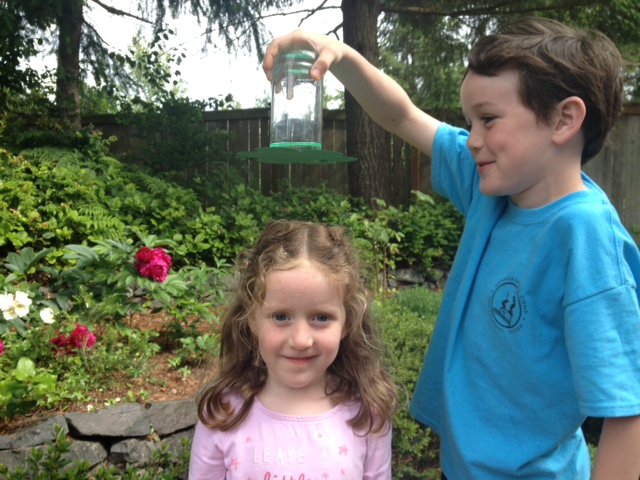
If the at-home orders have you scrambling for indoor activities , we’ve got easy science experiments you can pull out at a moment’s notice from the comfort of your home. Each kids science experiment reveals air’s invisible power, and (usually) uses what you’ve got in the recycling bin to demonstrate it. Read on to learn how to levitate water, submerge tissues without getting them wet and suck an egg into a jug using only a match.
Keep it Simple
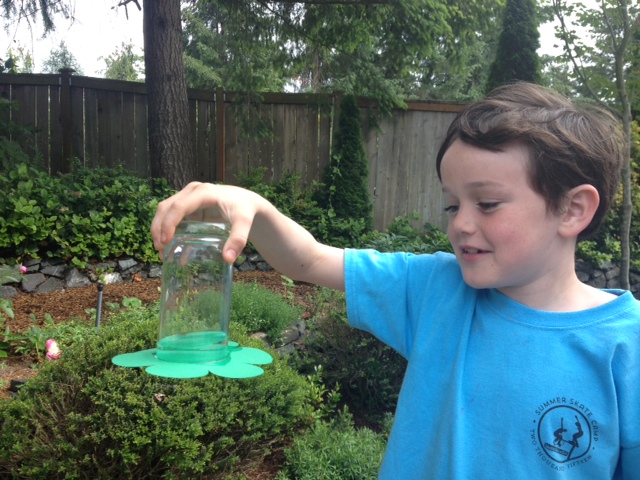
Thankfully, science experiments don't have to be super complex or time consuming. These easy-peasy experiments only require a little prep and leave a big impression on tiny minds. Plus, we’re betting most of what you need to test these theories is already lying around your house.
1. Sink or Swim. Instead of bobbing for apples, your tiny tot will make straws dive and surface with a gentle squeeze. The Kids Activities Blog lays out the important deets for this hands-on experiment that uses a two-liter bottle and play dough to fully certify straws as scuba-ready. Take the dive into serious science with this one!
Why it works: Squeezing the bottle increases the air pressure inside the bottle and forces water up into the straw, which makes it heavy enough to sink.
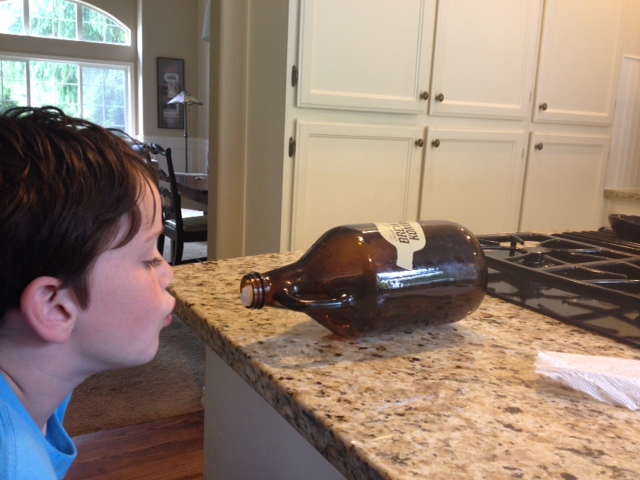
2. Blow Their Minds . Bet your cutie a clean room that she can’t blow a rolled up piece of paper towel into an empty bottle. Sounds like a safe bet, right? But thanks to air pressure, the cards are definitely stacked in your favor. To set up the experiment, place an empty two-liter bottle on its side. Ball up the corner of a paper towel that’s about half the size of the bottle’s top and place it just inside the opening then challenge your little scientist to blow the paper towel into the bottle (Trust us, it can’t be done). No matter how hard she tries, she’s not going to win that bet. Learning plus a clean room? We’ll take it!
Why it works: Even though you can’t see it, that bottle is full of air; when you try to blow something into it, there’s just no room.
3. Be Unpredictable. Two balloons, a yardstick, string, and a hairdryer are all you need for this experiment that will keep your mini me guessing. To get things moving in the right direction, blow up the balloons to the same size and then use the string to attach them, a few inches apart, to the yardstick. Once you’re all set up, ask your kidlet what will happen to the balloons when you aim air from the hair dryer between the two balloons. The obvious answer? They’ll be blown apart. But once your wee one takes aim, she’ll see that the balloons are actually pushed together rather than apart. Who knew?
Why it works: Blowing air between the balloons lowers the air pressure and makes the pressure surrounding them higher, pushing them together.

4. Levitate Water . You won’t need to incant Wingardium Leviosa with perfect pronunciation to suspend water during this exciting experiment. Start by filling a glass of water about 1/3 full, then cover it with a piece of cardstock. Tip the glass over, keeping the cardstock in place with your hand, and hold the whole shebang over your unsuspecting kidlet’s head (or a sink if you want to do a test run first!). Then slowly let go of the cardstock while your mini me waits excitedly below. Look ma, no splash! The card stays in place and your little guinea pig stays dry.
Why it works : The outside air pressure working against the cardstock is greater than the weight of the water in the glass.
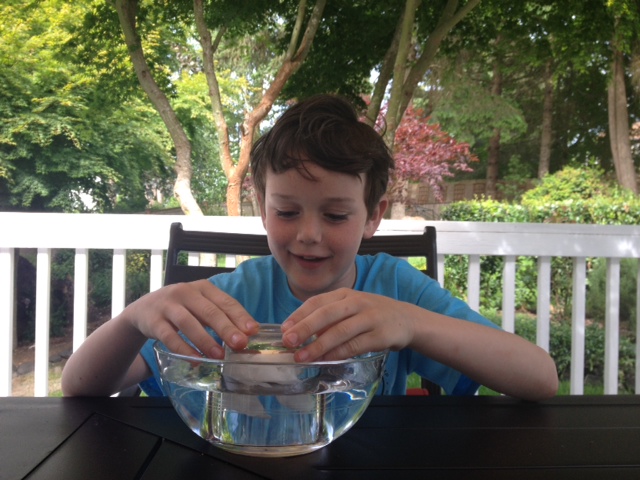
5. Grab a Tissue. To be wet or not to be wet is the question answered in this simple experiment full of drama. To set the scene, loosely crumple a tissue so that when you stick it in a small glass and turn it over the tissue doesn’t fall out. Then, have your little lab assistant fill a bowl with water, turn the glass over and submerge it completely (psst… keep the glass parallel to the water to make the experiment work). Ta da! The tissue stays dry even when it’s below the water line.
Why it works: The air pressure inside the glass is strong enough to keep the water out and the tissue dry.
Complicate Matters
Get mom or dad in on the action with these experiments that take a little more time and some helping hands to demonstrate just how powerful air pressure can be.
6. Blast Off. Nothing makes air pressure more tangible than a classic bottle rocket launched on a sunny summer afternoon. You and your sidekick can spend time fashioning a plastic bottle into a space-worthy vessel with a cone top and flamboyant fins on the side. Then, hook it up to the air pump and let her rip! Up, up and away! Science Sparks has simple instructions you can use (and even a cool video!) to make one with your budding scientist.
Why it works: Pumping air into the bottle builds up pressure until you just can’t add any more and all that force sends the rocket flying.
7. Make Eggs Magical. This “look ma, no hands, wires or mirrors” trick will get them every time; an egg being sucked into a jar while your little scientist delightedly looks on is always a hit. To perform this illusory feat, you’ll need a glass jar with an opening just smaller than an egg (think: old school milk jug) and a peeled, boiled egg. When you and your Little have checked these items off your list, it’s time to start the show. Mom or dad should toss a lit match into the glass jar, followed by your mini lab assistant, who’ll quickly set the egg over the opening. Abracadabra! Alakazam! The match dies out; the egg gets (seemingly) inexplicably sucked into the bottle. And just like that you’ve performed another bit of parent magic without breaking a sweat.
Why it works: The match uses up the air inside the bottle. Once that happens the pressure outside the bottle is greater and pushes the egg down into the bottle.
8. Build a Barometer. The invisible air pressure around us is always changing, but try explaining that to the tot lot. We've found a seeing-is-believing DIY barometer experiment to turn the tides for your tiny skeptic. Not only will you reveal ever-changing air pressure, but you can also predict any summer storms heading your way. Get all you need to know about making your own version using a screw-top jar, rubber bands and a straw at Wonderful Engineering .
Why it works: When the air pressure is high, it pushes down on the straw tilting it up, and when it’s low, pressure inside the jar pushes up against the straw pointing it down.
9. Inflate Marshmallows. Put those marshmallows you’re stockpiling for summer s’mores to good use in this DIY vacuum experiment. To make the vacuum, use a hammer and nail to pierce a hole (big enough to fit a straw) into the lid of a screw-top glass jar. Next, stick a straw ever-so-slightly into the hole and seal the edges with play dough or molding clay so there’s no way for the air to get out other than through that straw. Now you’re ready to see what happens to a marshmallow when it’s trapped inside; place the marshmallow in the jar, screw the top back on, and have your mini me take the air out gulp by gulp through the straw (just be sure to cover the straw hole between breaths so no air makes it back in). As the air is removed, the marshmallow expands, like a nightmare vision straight out of Ghostbusters . Who you gonna call?
Why it works : When you use a straw to remove all the air from the jar, there’s no air left working against the marshmallow. Instead, the air trapped inside the marshmallow is able to expand.
10. Pit Balloons Against Bottles. Is your future scientist ready for another challenge? Just like blowing a paper towel into a jug, this science experiment from Steve Spangler Science is oh-so-much harder than it looks. To entice your little experimenter, place an un-inflated balloon into an empty plastic bottle and ask him if he thinks he can blow it up. Easy right? But no matter how hard he tries, that balloon just won’t fill with air! The trick to inflating the balloon is a simple one that takes mom or dad’s helping hand and just like that, what was once impossible becomes possible!
Why it works: At first, the bottle is full of air so there’s no room for the balloon to expand when you try to blow it up. But when you try this experiment after the trick, there’s an escape route for the air inside the bottle, leaving room for the balloon to inflate.
Need some fresh ideas?
Subscribe to our weekly newsletter for expert parenting tips and simple solutions that make life instantly better.
By subscribing you agree to Tinybeans Terms and Privacy Policy
Related reads

Why Are Gen Z Kids Covering Their Noses in Family Photos?

Screen Time for Babies Linked to Sensory Differences in Toddlerhood, Study Shows

Kids Shouldn’t Have to Finish Dinner to Get Dessert, Dietitian Explains

The Questions Parents Should Be Asking Their Pediatrician—but Aren’t

6 Better Phrases to Say Instead of ‘Be Careful’ When Kids Are Taking Risks
- your daily dose

- and connection

- Your daily dose

- Skip to main content
- Skip to primary sidebar
It’s almost apple season and our Apple Unit Study is currently on sale! Click here
- Homeschooling
- Member Log In
- Search this website
Gift of Curiosity
Sparking children's creativity and learning
3 air pressure activities for kids
Preschool , Kindergarten , 1st Grade , 2nd Grade , 3rd Grade , 4th Grade , 5th Grade
Sharing is caring - thank you for spreading the word!
This post may contain affiliate ads at no cost to you. See my disclosures for more information.
In this post I’m sharing three simple and fun air pressure activities for kids. If your kids are young, you can simply do the activity and let them marvel at the outcome. If your kids are older, I’ve included some of the science behind each activity to help them learn more about air pressure. I hope you enjoy!
Note: Find more awesome science activities on my Science Activities for Kids page.
#1: How does the paper towel stay dry?
This first demonstration is extremely easy to prepare. Take a paper towel and shove it into the bottom of a glass.
It should be packed in tight enough that it will remain in the bottom of the glass even when the glass is turned upside down.
Next, fill a sink or container of water. The depth of the water should be equal to or greater than the height of your glass.
Place the glass, upside down, into the water. It is important to place the glass straight down into the water without tilting it to the side.
Then lift the glass from the water. Remove the paper towel. Your kids will notice that the paper towel is still dry.
So how does the paper towel stay dry?
The air pressure in the glass pushes the water away, so that the water cannot go into the glass to get the paper towel wet. Even if the water on the outside of the glass completely submerges the glass, the air pressure in the glass prevents the water from entering.
#2: How does the cardboard float?
For this activity, you will need a cup and a small piece of cardboard that completely covers the opening of the cup. In lieu of cardboard you could also use a paper plate.
Start by placing the cardboard on top of the cup, and then turning the cup upside down. The cardboard will fall off. Ask your children why the cardboard falls. They may mention gravity.
Then, fill your cup most of the way with water. Place the cardboard back on top of the cup.
Use your hand to press the cardboard firmly to the cup while you turn the cup upside down. Then remove the hand holding the cardboard in place. Watch as the cardboard stays firmly attached to the cup without falling. It will appear to float in place.
(Note: Although the cardboard should stay firmly attached to the cup, you may want to try this experiment over a sink or bathtub to prevent any major spills just in case .)
So why doesn’t the cardboard fall after you turn the cup upside down? What makes the cardboard stick firmly to the cup? There are actually two unrelated effects that are responsible.
The first effect is that of water surface tension. Water has a tendency to stick to itself and other things. Thus, assuming the cardboard or other object you have used has a fairly flat surface, the water will create a sort of seal between the cardboard and the cup. This seal means that the air outside the cup is not able to get in.
The second effect is that of atmospheric pressure. Basically, for their cardboard to fall, the air outside the cup would have to get into the cup. But because the water has created a seal between the cup and the cardboard, the air outside the cup can’t get in. So the cardboard has nowhere to go but to stay firmly attached to the cup. In this case, the force of air pressure pushing up on the cardboard is greater than the force of gravity pulling the cardboard down.
#3: Why can’t you blow up the balloon?
For this activity, you will need a balloon and a large plastic bottle (a 2 liter soda bottle would work well).
Prepare this activity by inserting the balloon into the bottle. Fold the edge of the balloon around the neck of the bottle. Now, invite your children to blow up the balloon. They won’t be able to!
Why can’t you blow up the balloon when it is inside the bottle. The answer has to do with air pressure. As you blow up the balloon, you are adding more air to the same small space inside the bottle. Soon, the air pressure inside the bottle becomes too great, making it impossible to add more air.
If you want, you can now cut a small hole into the bottom or side of the bottle. Once you have cut a hole, it should now be possible to blow up the balloon. This is because as you add air to the balloon, air will leave the bottle through the hole to make room for the air you are adding to the balloon.
More resources for learning about states of matter
More states of matter posts from Gift of Curiosity:
- Introduction to states of matter
- Books about states of matter
- Exploring states of matter with water, ice, and steam
- Balloon magic with baking soda
- Dancing raisins science demonstration
- Melting candle wax to explore states of matter
You May Also Enjoy These Posts
Reader interactions.
June 5, 2015 at 7:38 pm
We love doing experiments like this. Air is a tricky thing. Thanks for posting. Hello from A Little Bird Told Me.
April 24, 2021 at 4:01 pm
Hello…fantastic idea I always share your blog link with my other WhatsApp groups.. Love from Pakistan
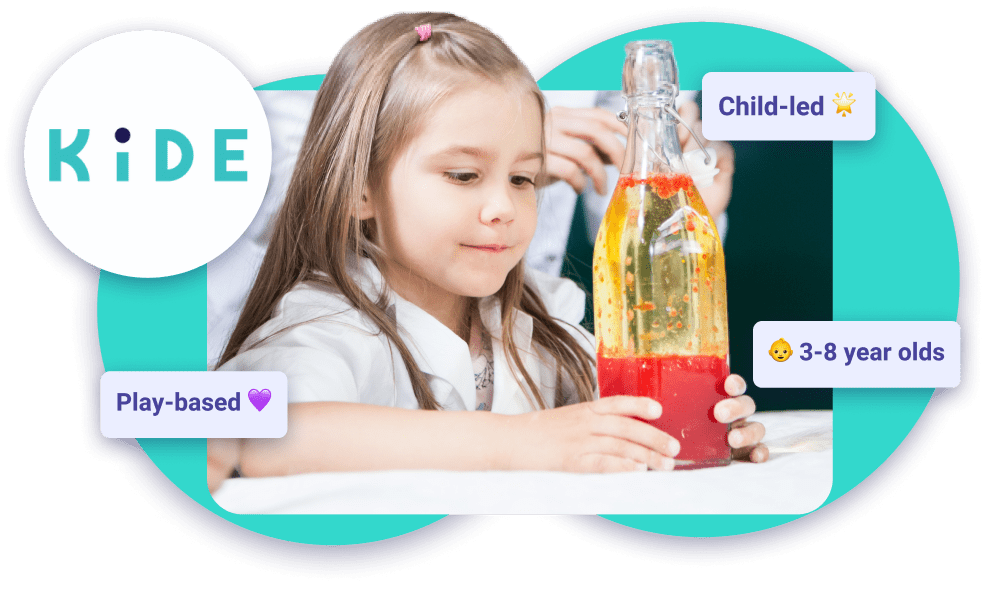
Fun and easy play-based STEAM activity for toddlers, preschool & kindergarten
5 fun play-based science activity ideas for kids – air and more.
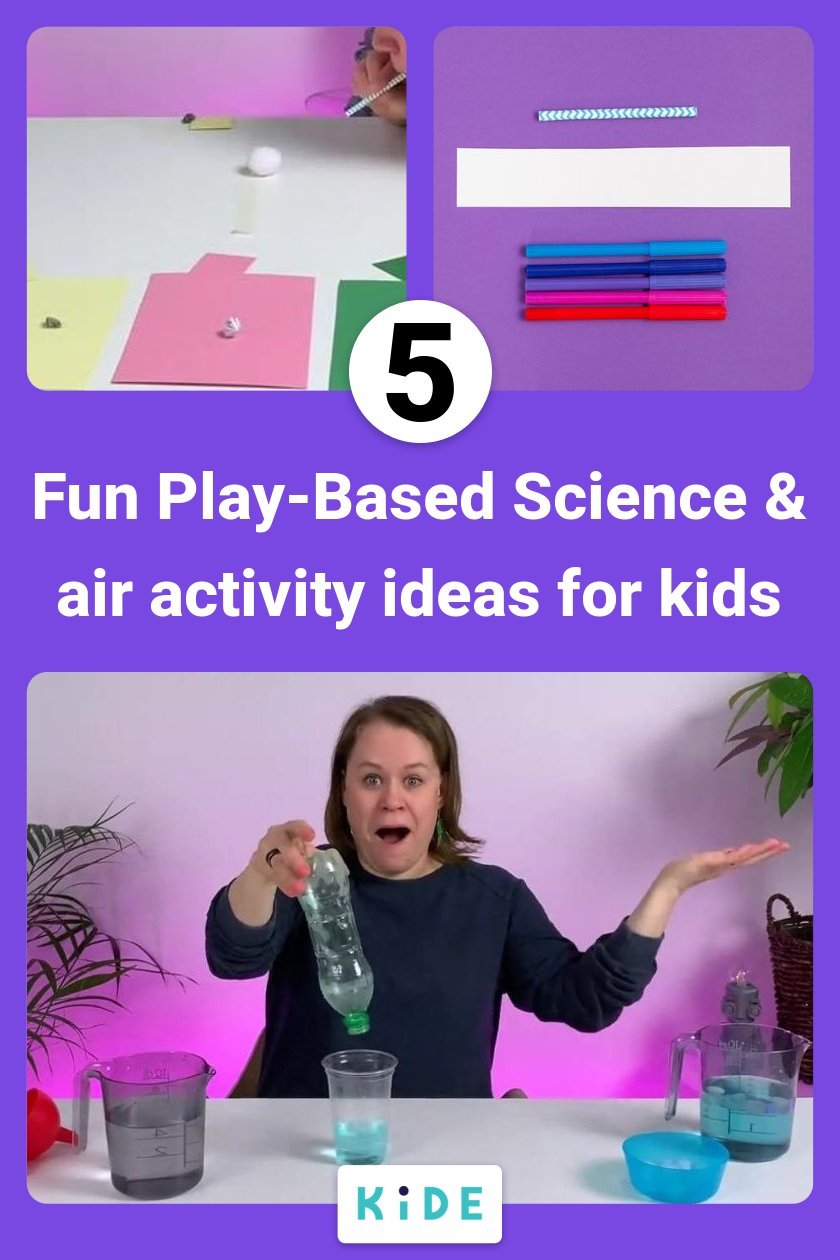
These hands-on activities only need everyday supplies and minimal preparation.
They're perfect for toddlers, preschoolers, and kindergarteners and can be easily adapted to meet popular learning standards and curriculums.
Make learning fun by introducing research problems through play and a story. This will motivate children to solve problems for their new imaginary friends!
According to academic research, stories lead to better focus, increased engagement, and improved learning outcomes.
5 best air science activity ideas
1. power of the wind, 2. the windworms, 3. shrinking air, 4. wind in a bottle, 5. hot and cold bottles, how can air move things around.
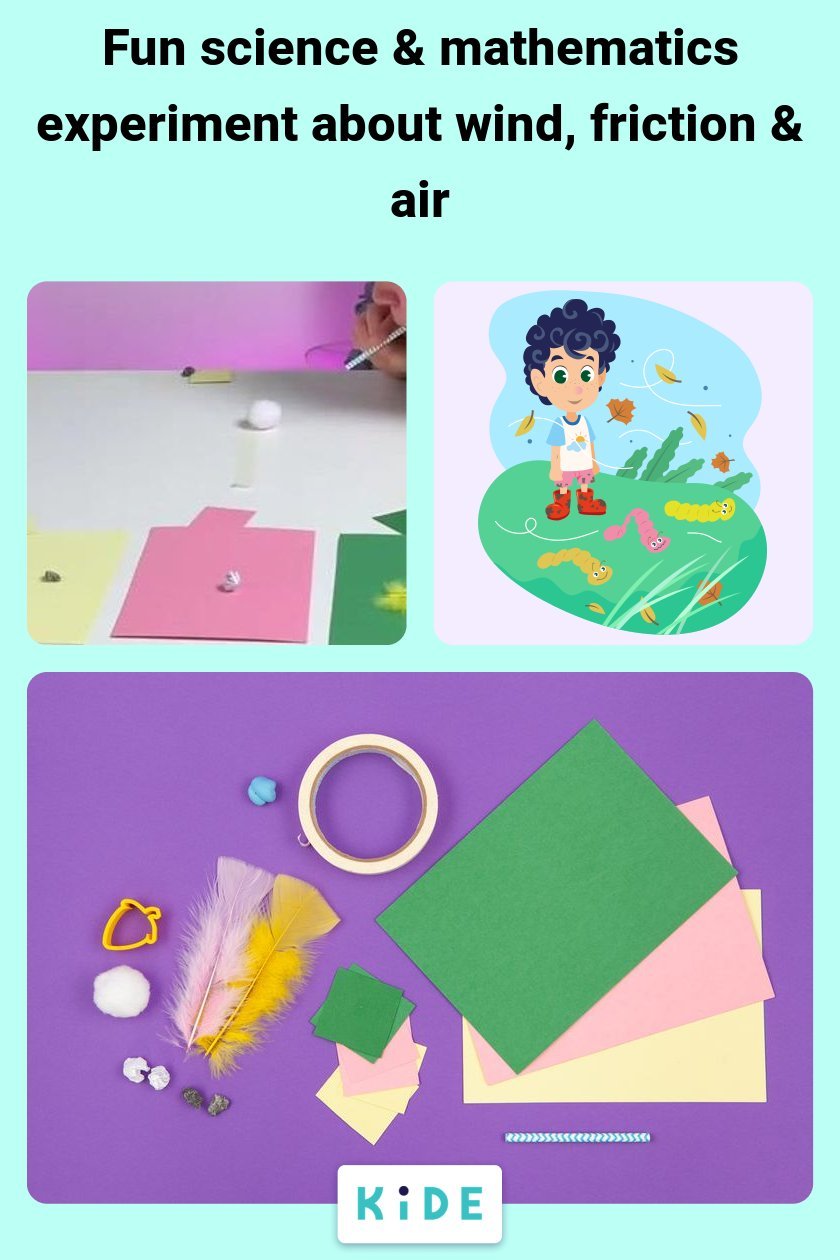
Measure how far the blown air can move different objects.
Practise making a prediction by pondering how far the air will be able to move the objects.
masking tape
different-coloured cardstock to use as classification bases
small pieces of coloured paper to mark your measurements
different small objects
You can also use
poster putty
See the full activity Or, subscribe for free weekly activities
Free weekly activities of your choice. No hidden fees, no credit card needed.
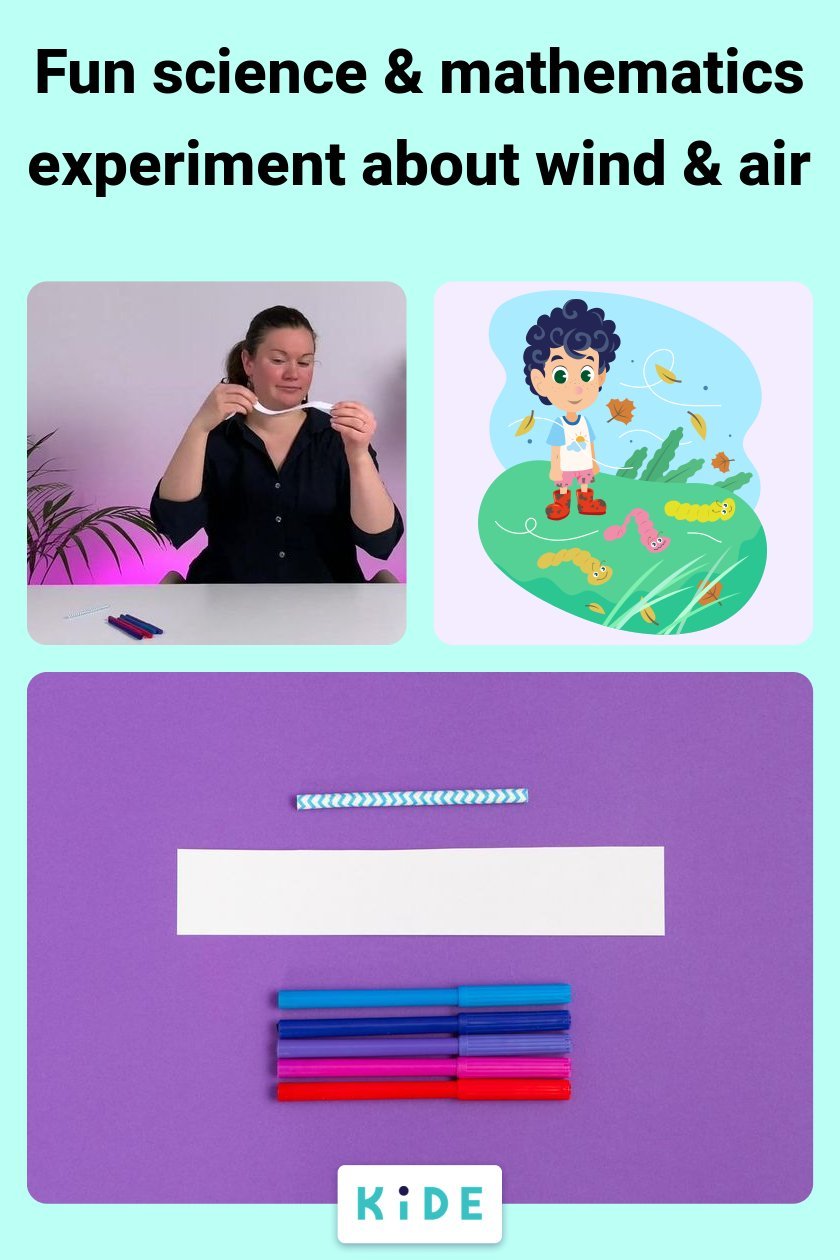
Continue making observations about how the wind moves objects.
Craft your own windworms and have a playful race with them
strips of paper
coloured pencils
instructions
Can air get hot and cold?
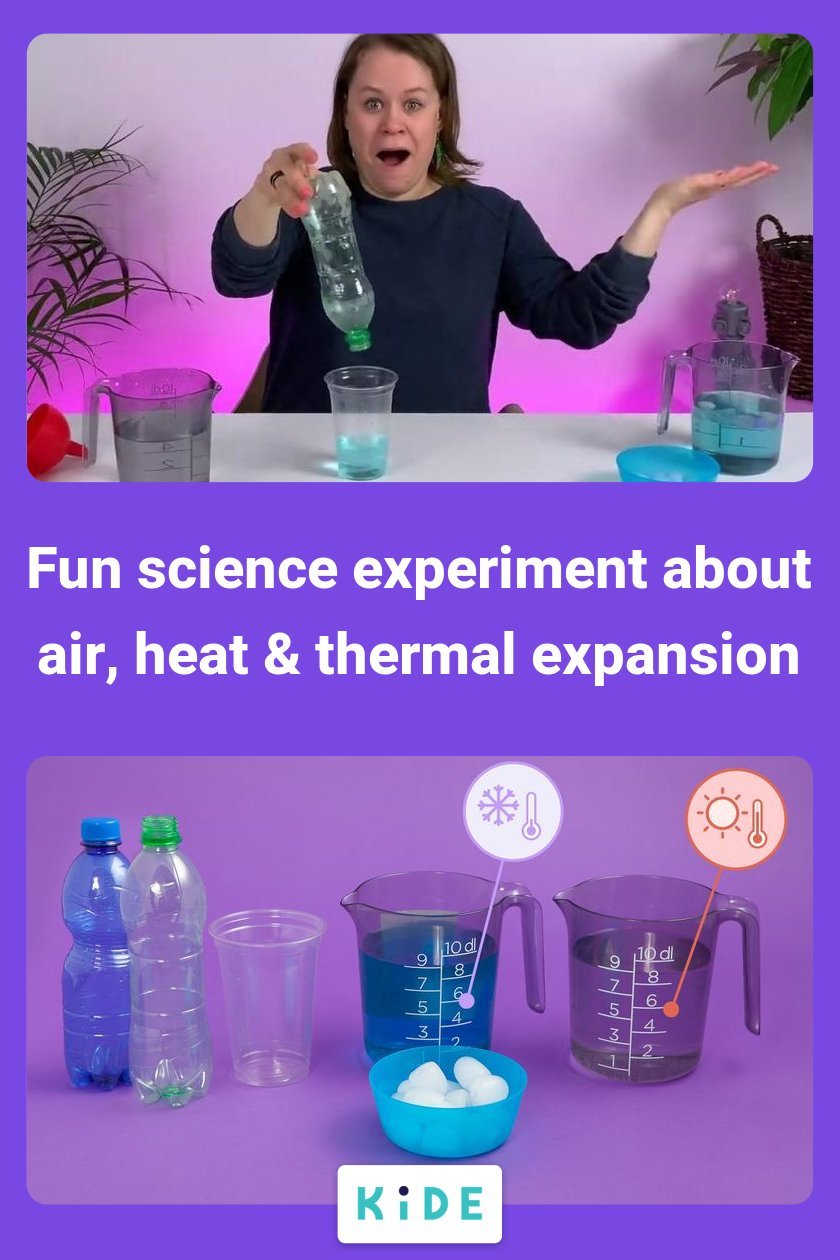
Observe how air takes up space
warm tap water in a jug/thermos bottle
cold tap water in jugs
tall, transparent cups
plastic bottles
food colouring
Supplies for Demonstration
cold water in a dish/jug
hot water in a jug/thermos bottle
plastic bottle with a cap
You Can Also Use
thermometers
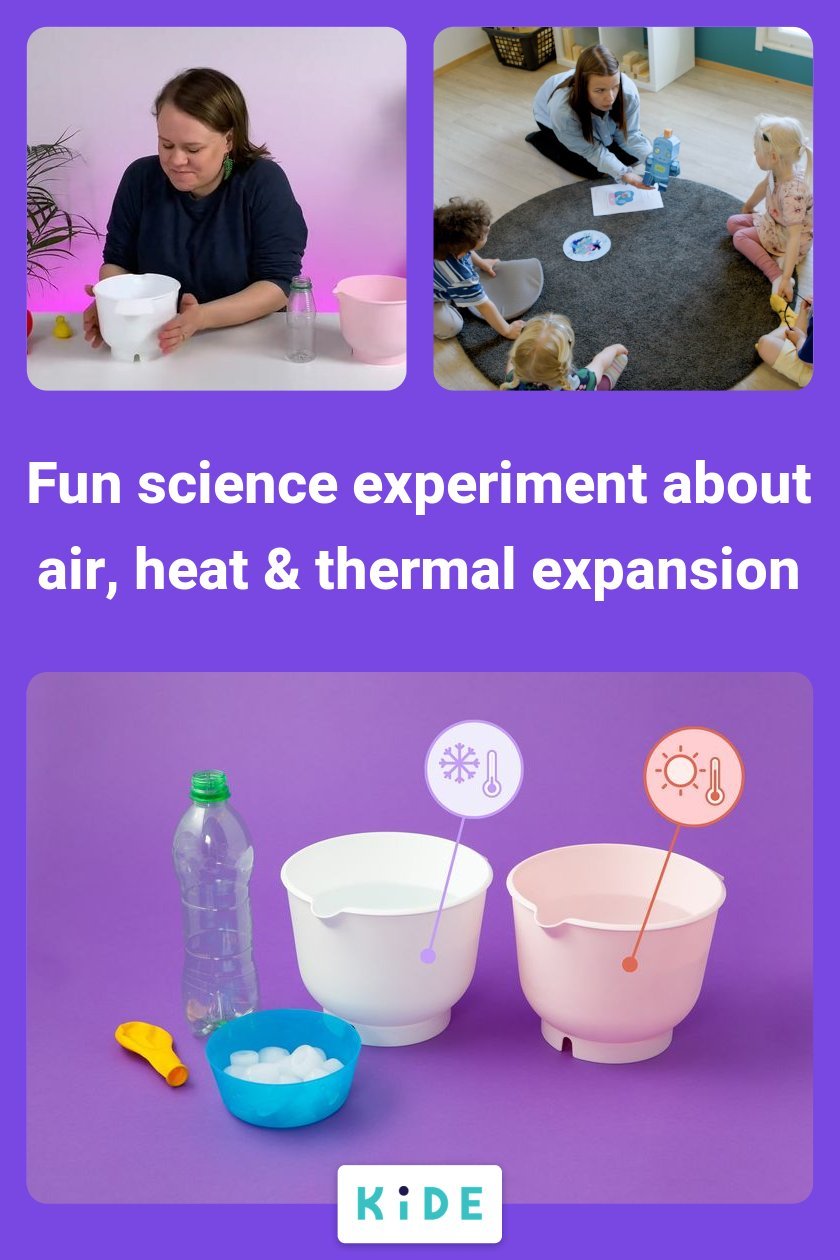
Observe the thermal expansion in a bottle
Make interpretations: heated air takes up more space than cold air.
cold water in dishes
warm water in dishe
hot water in a thermos bottle
What happens to a plastic bottle when the temperature changes?
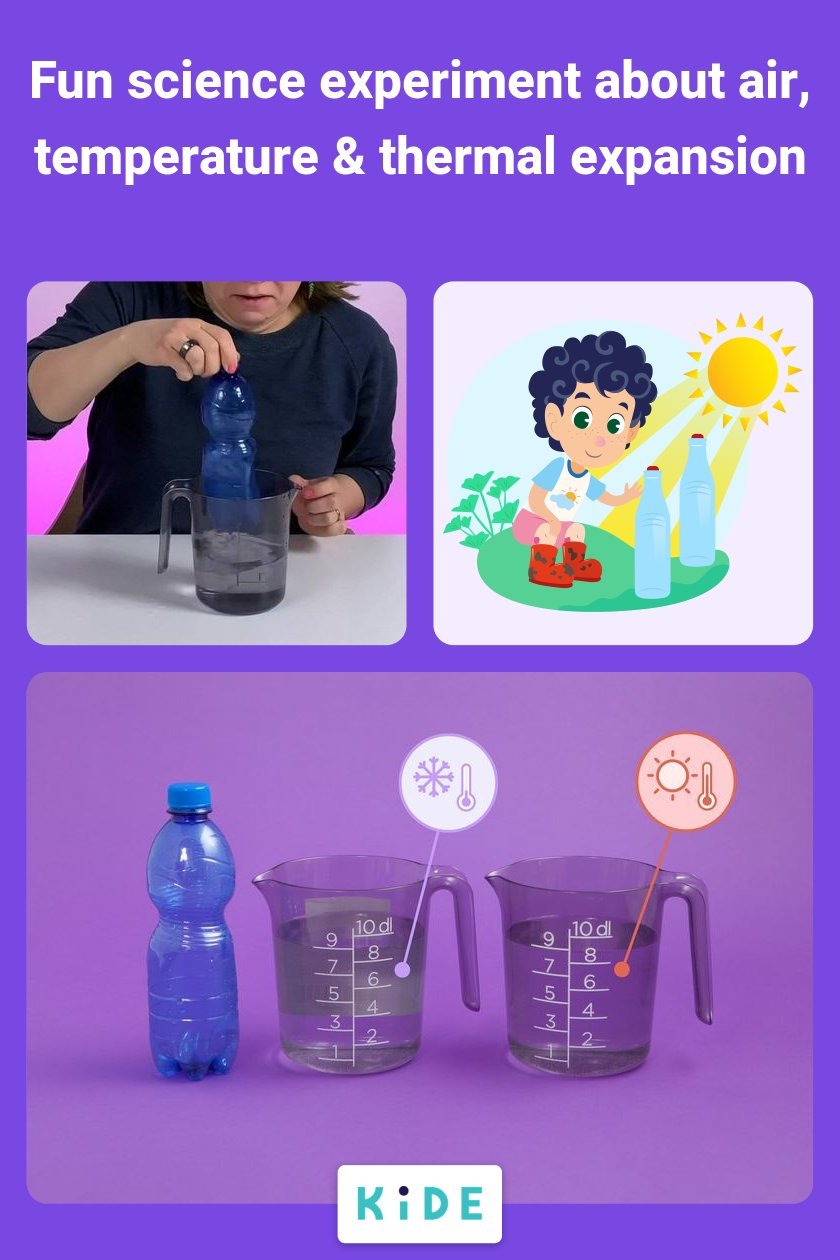
Observe how the bottle changes with thermal expansion
Interpret how air takes up space
jugs / bowls of cold water
jugs / bowls of hot water
plastic bottles with caps
cooler bag for the ice
What is Kide Science – and is it for free?
Kide Science is a free digital treasure trove of ready-to-go, play-based lesson plans and training materials for teachers of 3-8 year olds.
With our free subscription, you get free weekly lesson plans like these directly to your inbox.
Subscribe here for free weekly activities!
What others love about Kide’s activities
Preschool Teacher
This program is incredible. The characters, the stories, the experiments are so much fun. I do not need to spend any time planning. Everything I need is given to me be Kide Science.
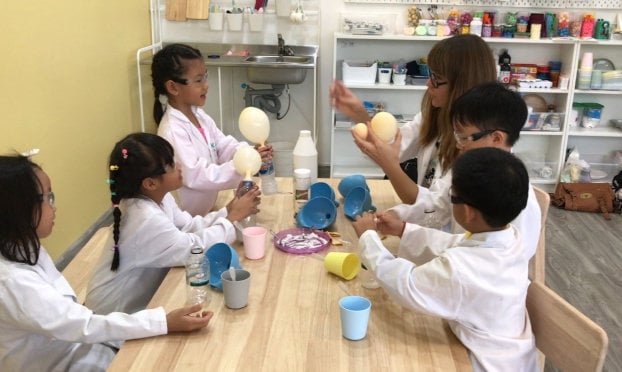
Kindergarten Teacher
Super easy to plan, and the items are usually things that we already have. Planning is made very easy & the children are very motivated!
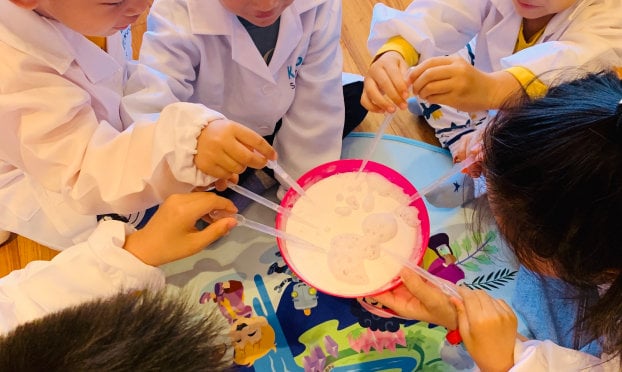
Was just observed doing one of these lessons. Principal was shocked and so was I - one of the kids with pretty severe attention issues was engaged the entire time!
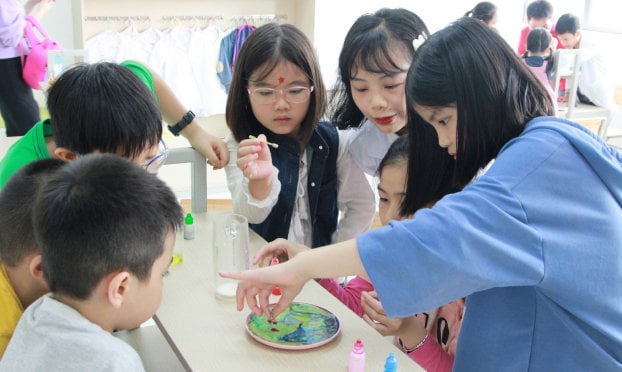
Trusted by brands, loved by over 100,000 children globally

100s of free activities are waiting for you
Recommended based on your interests:
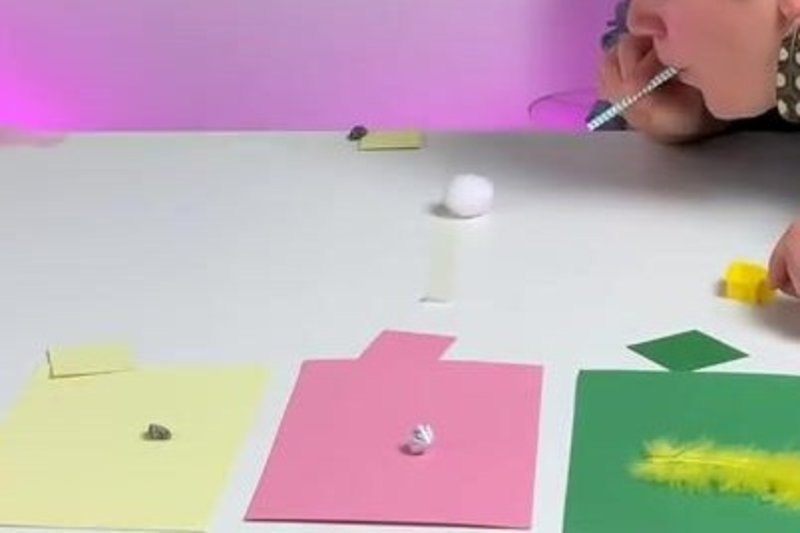
Force of the Wind
Science Mathematics
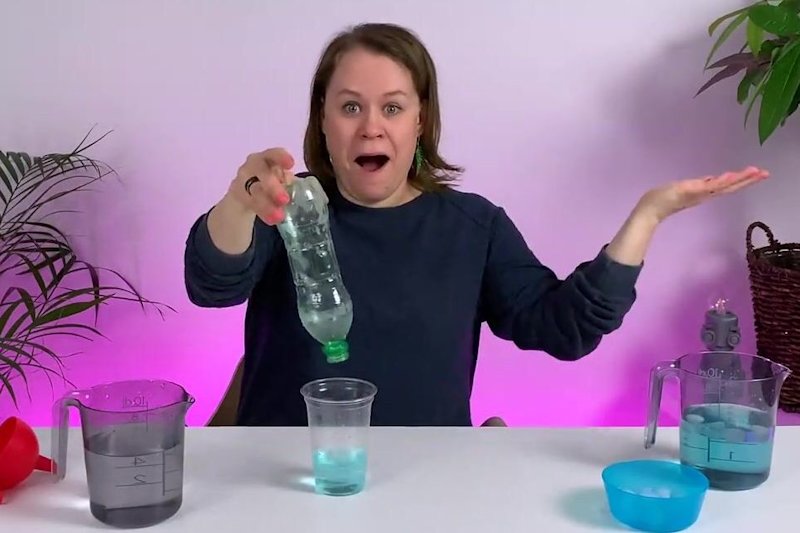
Bottled Heat
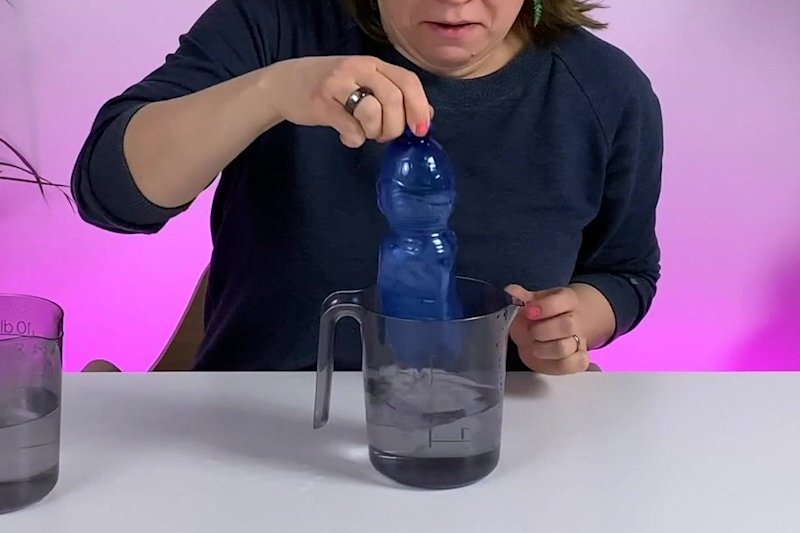
Hot and Cold Bottles
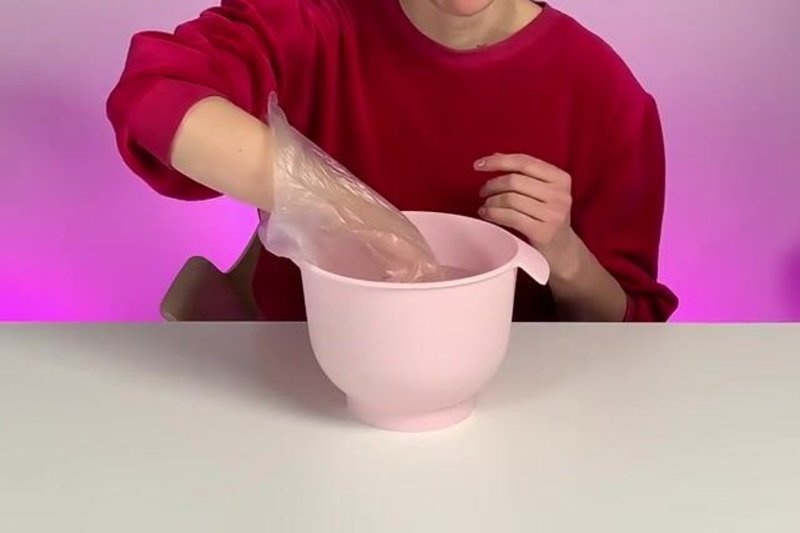
Pressure in the Puddle
Can water feel tight?
Ready to get started and create the best learning experience for your children.
Get lesson plans
It is free and no credit card needed! With the free subscription, you get 1 free lesson per week. See our pricing to get unlimited access to all lesson plans and training materials. Learn more about subscription plans

Copying/printing is not contractually allowed due to copyright reasons.
You can find printable materials in our lesson plan attachments and extras section.
- Nov 18, 2019
10 Simple Experiments for Density and Buoyancy and Air Pressure
Updated: Jun 24, 2020

Develop an understanding of air pressure, buoyancy, and density using a series of hands-on labs.
When I’m teaching a science concepts like air pressure and density my goal is to help kids build mental models of what’s going on. Whenever possible I try to start with something they can touch and feel and experience. Here’s a simple sequence we did in my classroom. I hope you can see how students’ understanding builds.
1. Air is Stuff: Air Pressure Experiment with Water
This activity is a good place to start. When you try to pour water into the jug, it won’t go in. This is a concrete way to show that air is stuff. This always surprises and puzzles kids and encourages them to play. And when they’re intrigued, kids engage with difficult material more easily.

This is where we begin our study of buoyancy. Can you see where this will lead?
If you don’t get the idea that air is stuff, you won’t believe that it has weight. And if you don’t believe that air has weight, you won’t see how it can produce pressure. And if you don’t understand how air produces pressure, you won’t be able to see how it creates buoyancy. And if you don’t understand how buoyancy works, then it’s tough to grasp the concept of density. Sure, you can memorize the formula for density, but what does that tell you about density? BTW what IS the formula for density? And will it be on the test?
2. Matter Presses: Understanding Pressure
Once we proved to ourselves that air is stuff, we’ll play with the concepts of weight and pressure. This activity is free on my website. If you’re interested in a copy, you can sign up here.

This is a super simple activity to show kids how the weight of an object (our body) doesn’t change as you change your position (squatting, sitting, standing on tiptoe), yet its pressure does. It’s a concrete way for kids to feel the connection between the concepts of weight and pressure.
We’re just getting started on our investigation into density, buoyancy, and air pressure. These three concepts are related, and it’s helpful to study them together. In this activity, kids see how pressure comes from weight. We’ll continue that line of thought in the next couple of activities.
3. Streamlines: Water Pressure Experiments with a Water Bottle
Have you tried this experiment? It’s easy, a little messy, and super fun. Plus, kids find it intriguing, so that’s a huge point in its favor.
How many observations can you make? Note how the lower streams are shooting farther than the upper ones. What could you conclude from that?
Click here (or on a pic) for middle school labs on this topic.
This is a visual example showing how pressure comes from weight. The greater push comes from the taller column of water. Kids can prove this to themselves by comparing bottles of different diameters and heights. It’s easy to conclude that it’s only the height of the water that changes the shape of the squirt.

This activity gives good evidence that the water sitting above the hole produces the pressure. This is a direct correlation to air pressure, which comes from the weight of Earth’s air sitting on top of you.
The difficulty with understanding air pressure is that we ignore the surrounding air. We rarely think of air as sitting on us. It’s invisible so we forget it’s there. Time to roll the tape from activity #1 . Air is stuff. It’s always there and we need to remember this to understand air pressure.
If you climb a mountain to a place where there’s less air above you, there’s less pressure. And vice versa, the lower you go, the higher the pressure. We call sea-level standard pressure, but if you go below sea level (into a cave for instance) air pressure increases.
[Students may know that air high in the atmosphere is thinner than that near sea level. While that’s important, it’s a separate issue and we don’t deal with it yet.]
This is part 3 of our conceptual journey—we’ve determined that air is stuff and we’ve connected weight to pressure. The definition of stuff is that it has weight and takes up space. And if air has weight, it must be able to produce pressure by sitting on stuff.
And what keeps air sitting on Earth? The same force that keeps every other substance sitting on Earth… gravity! Just because it’s light and thin and invisible doesn’t make it immune to gravity. Gravity gives air its weight and air’s weight produces pressure. It’s that simple. The complicated part is that we haven’t trained our brains to think in those terms. We forget that air is there and we forget that air is stuff. So it’s helpful to refer to experiments that kids have completed—like trying to pour water into a sealed bottle (experiment #1 ). The water won’t go in because the bottle is already full… of air.
And this is our job as teachers—to help kids think like scientists.
4. Nature Abhors a Vacuum: Playing with Suction Cups
Now that we’re beginning to get an idea of where air pressure comes from, what if we could change it? What if we could change the pressure around an object? How would that affect it? In this activity, we play with suction cups. Their shape allows them to trap some air and then change their volume.

If their volume increases but the amount of air inside stays the same, the pressure will drop. Now the inside pressure is less than the outside pressure. It’s this small difference that makes suction cups stick. The higher outside air pressure is pushing them against the surface, keeping them attached.
This is a good activity to delve into the idea that pressure can come from two different sources. We’ve already looked at what causes the outside, or atmospheric, pressure (air’s weight).
And now we’re looking at the pressure which comes from the air pushing against the sides of the container. All gasses exhibit this pushiness. This is a more common understanding of air pressure and one that confuses kids when they’re learning about atmospheric pressure.
5. Nature Abhors a Vacuum: Playing in the Tub
Who hasn’t tried this? Umm, a lot of kids apparently. Part of our job as science teachers is to help kids play with materials so they can discover concepts on their own. Play builds a library of phenomena and experiences that kids can refer to when unpacking their understandings. Here they see how they can lift a full, upside-down cup and it doesn’t empty. It remains full until the rim of the cup breaks the surface of the water. They can use a bottle of any shape or size and see the same results.
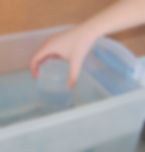
What keeps the water in the cup?
Water seeks its level by falling to the lowest point. But for water to leave this cup, a vacuum would have to form in the space since there’s no way for air to enter. The surrounding air pressure pushes on the surface of the water and holds the water in the cup.
What if the cup were very tall, wouldn’t the pressure from the water in the cup overwhelm the atmospheric pressure? Yup!

Normal air pressure is about 15 pounds per square inch. For a one inch column of water to weigh 15 pounds, it would need to be about 32 feet high.
Above 32 feet a vacuum would form and the water would not stay higher than that. This is the basis for early barometers. These were made with mercury because it’s super dense and therefore short enough to fit inside a room. Making a water barometer is a cool experiment if you have the time and space for it.
Do you see the barometer here? The sealed tube of mercury is inverted into an open dish of mercury, just like the experiment we did with the cup and water. As the room’s air pressure rises and falls because of changing weather, the height of the mercury will rise and fall.
(Click the image to go to the full painting)
6. Determining Density: An Experiment for Kids

This is the classic way to find the density of an object. While you can use anything that sinks, I prefer polymer clay. It’s sold under brand names Fimo and Sculpey, but there are off-brands too. The beauty of this clay is that it doesn’t dry out, doesn’t leave a residue, and you can use it in water.
But why clay? By using clay, you can show that density is a quality of a substance. It doesn’t change if you have more or less of the substance. Kids can calculate the density for two or three different-sized lumps to prove this to themselves.
Click the image to go to the lab directions.
7. How do Boats Float? A Buoyancy Lab
You can understand floating and sinking in two ways:
First, you can look at the way pressure changes with the depth or height of a fluid. As we saw in Activity #3 above, the pressure in a fluid depends on how deep the fluid is. The deeper you are, the higher the pressure is. So, if you’re standing in water, the pressure at your feet is higher than near your head. This difference in pressure causes a force that pushes you upward.

Do you float? It depends. You also have a downward force (your weight) so these two forces work against each other and the larger one wins.
Another way to look at sinking and floating is to realize that water holds up the water above it. If you could remove a chunk of water and replace it with another object of identical size, will that object float or sink? It depends. If the object weighs more than the same volume of water, then it will sink. If it weighs less, it will float. And if it weighs exactly the same, it will neither float nor sink but stay where you put it.
It’s this second idea that we’re exploring here. We’re determining how much water an object displaces and whether that amount of water weighs more or less than the object. The cool thing about this procedure is that you can use it with floating objects. Here the boat displaces an amount of water. If we collect and weigh this water, we see that it weighs more than the entire boat. Here we're using polymer clay which is cool because it won't float if it's a solid ball, but it does float if its shaped like a boat. You could also use a square of foil to shape an aluminum foil boat but it's a little less forgiving when trying to reshape it multiple times..
So the weight of the boat (a downward force) is less than what the water can support (the upward force) and the boat floats. If we loaded the boat with weights, it would still displace the same amount of water. When would it sink? At the point when its weight increased beyond the weight of the displaced water.
I like this setup because it’s simple and cheap to make and is easy to store.
8. Air Is Compressible: How to Deflate a Marshmallow
This activity uses two different pumps—one that pumps air into a bottle and one that pumps air out of a bottle. Can you think what beverage you might use each for?

I love using marshmallows for this since they’re soooo visual. This always draws a WOW from kids and they want to do it over and over. When you pump air in, the marshmallows contract and when you pump the air out, they expand. The marshmallows fatigue over time, but you can use them a few times for sure.
Here we’re back to exploring the idea that air pressure is a function of how much gas is inside a confined space. If you add more molecules to the space, the pressure goes up and if you take some out, the pressure drops. This doesn’t explain surrounding (ambient) air pressure or why that rises and falls, but it’s an important part of understanding.
9. Out with a Bang: Heat Causes Expansion

This is another not-to-be-missed activity that your students will want to try over and over. It’s simple and quick. I let them do it themselves, though I supervised closely.
Add a centimeter or two of water to an empty can. Place it on a hot plate until the water is at or near boiling. Using tongs, remove the can and invert it into a bowl of water. BANG! The can collapses instantly.
What’s going on? As you heat the water, it turns to gas and drives out much of the air that was filling the can. Since the water vapor is hot, it doesn’t take much to fill the can. When you place the can into the water, it cools and the water vapor condenses. The pressure in the can drops dramatically (since it’s sealed and no air can get in) and the higher outside air crushes the can.

Sometimes the can doesn’t get crushed, but fills with water. Can you see why? Here, the air pressure pushes water into the can until the air pressure inside and outside are equal. It’s the same explanation but with a different outcome. And if this happens, you can reuse the can for another try!
10. Local Pressure: Heat Causes Expansion

This is the last in our lineup. Here we add some very hot water to a milk jug and swirl it around to heat the plastic. Next we dump out the water and cap the jug and wait. Before long the jug implodes. It’s not as dramatic as the previous demo but it gets the point across. I appreciate doing different setups that focus on the same concepts. It helps solidify ideas.
Plus, we’re scientists, we repeat stuff.
As much as possible, we begin with concrete experiences that kids use to construct their understanding based on what they’re seeing. A sequence like this forms the basis of our comprehension and gives us something to discuss and return to again and again.
- Experiments & Activities
Recent Posts
Mitosis and Meiosis
Teaching Static Electricity Using VIPs
Dollar Store Optics

Top 10 Air Pressure Experiments: Fun & Easy
Are you ready to be blown away by some exciting air pressure experiments?
Air pressure experiments can be a great way to spark students’ interest in science and encourage them to explore the world around them.
These hands-on experiments help students better understand the properties of air and how it behaves under different conditions, such as changes in pressure or temperature.
1. Balloon-Powered DIY Drink Dispenser
Get ready to impress your guests with your very own balloon-powered drink dispenser and discover the amazing potential of air pressure!
This experiment showcases the principles of air pressure and fluid dynamics, making it an excellent opportunity for students and science enthusiasts to learn about these fundamental concepts in a fun and engaging way.
2. Make A Bottle Rocket
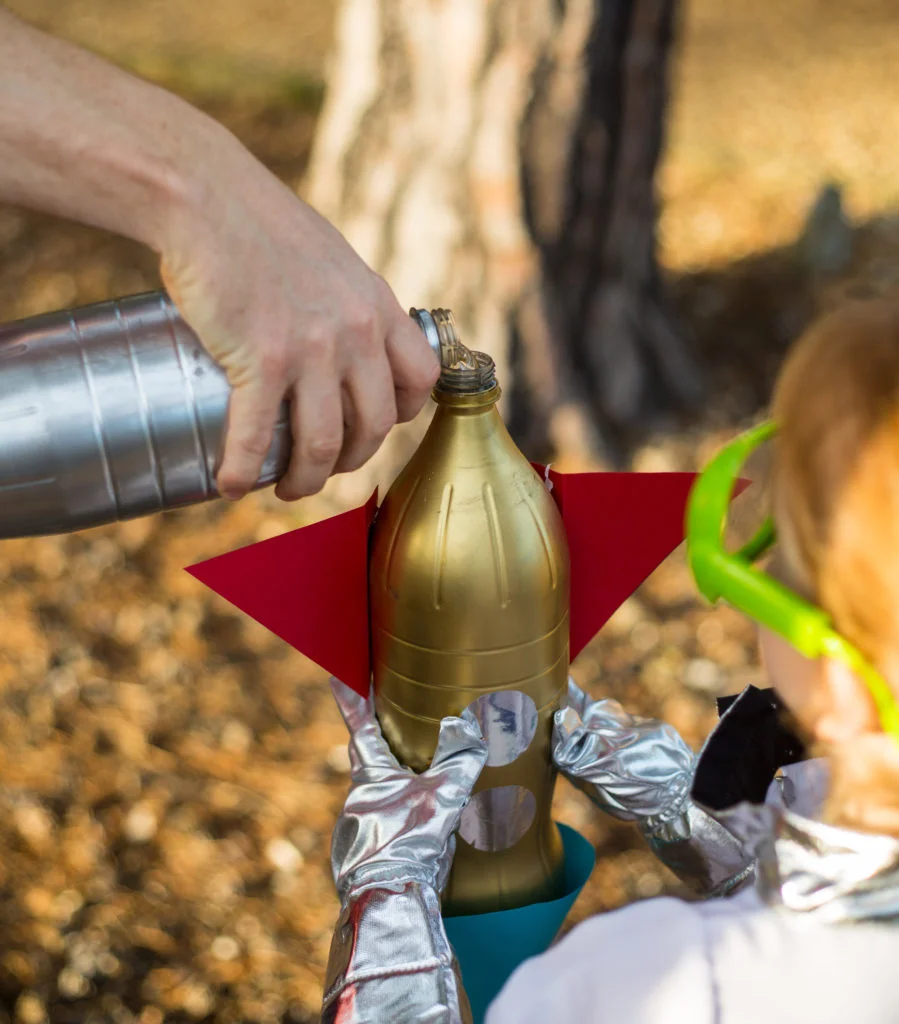
Get ready for lift-off with this exciting experiment that will have you launching your very own bottle rocket! By harnessing the power of air pressure, you can create a simple yet thrilling rocket that flies high into the sky.
Learn more: Make a Bottle Rocket
3. Flying Ping-Pong
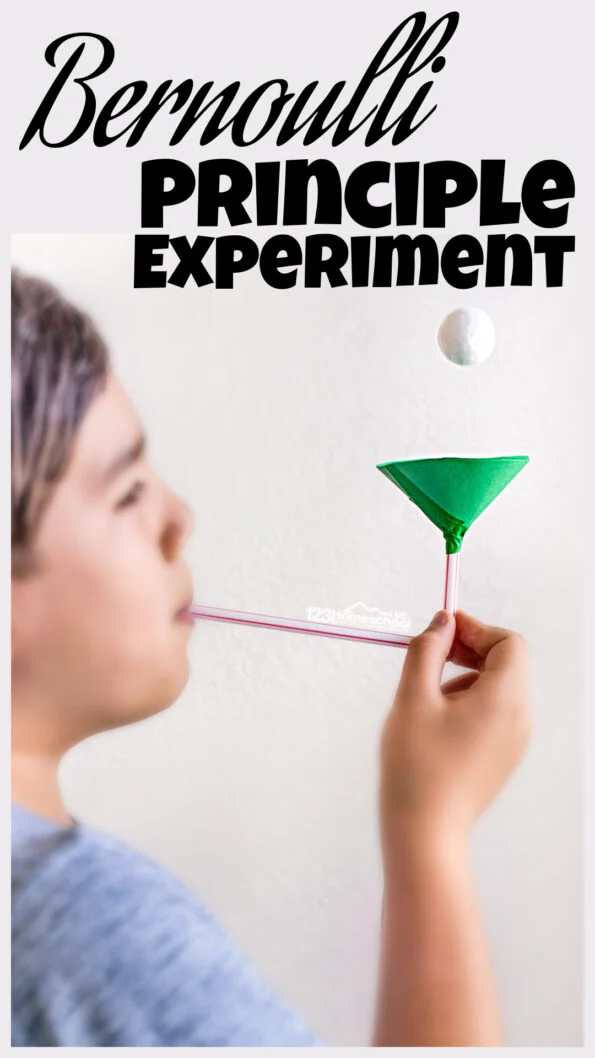
With one hand, place the ping-pong ball over the paper cone you’ve made, and with the other, blow a steady stream of air to cause the ball to levitate.
By gaining an understanding of Bernoulli’s principle, students can unlock the potential to design and create innovative solutions to real-world problems in a variety of fields.
Learn more: Bernoulli Principle for Kids
4. Air Pressure and Bottle
Get ready to witness a mind-blowing experiment that showcases the power of air pressure! By simply making a small hole in a plastic bottle and filling it with water, you can witness the incredible effects of air pressure at work.
5. Air-Powered Lift
Get ready to amaze your friends with this exciting experiment! With just a glass, a candle, and a plate, you can lift the plate using nothing but the power of air pressure.
6. Egg in a Bottle
With this exciting experiment using just a bottle, learn about the strength of air pressure! You may produce a variety of fascinating and unexpected effects by adjusting the air pressure inside the bottle.
7. Balloon Air Pressure Experiments
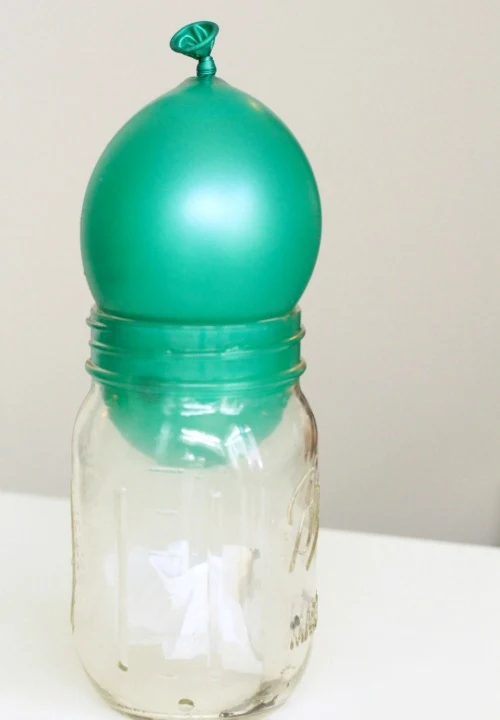
With this exciting experiment using just a bottle, learn about the strength of air pressure! You may produce a variety of fascinating and bizarre outcomes by regulating the air pressure inside the bottle.
Learn more: Balloon in a Bottle
8. Weather: Measuring Air Pressure
Get ready to become a meteorologist with this fascinating experiment that allows you to measure air pressure and predict changes in the weather!
By using a simple barometer made from a glass jar, a balloon, and a straw, you can measure changes in air pressure and use them to predict changes in the weather.\
9. Can Crush
The Can Crush experiment is a great demonstration of the effects of air pressure and it can be a fun and engaging activity for students.
10. DIY Model Lungs-Air Pressure Experiment
The balloon lung experiment is a fascinating demonstration that combines the principles of air pressure and the mechanics of the respiratory system.
Similar Posts:
- 68 Best Chemistry Experiments: Learn About Chemical Reactions
- 37 Water Science Experiments: Fun & Easy
- Top 50 Fun Food Science Experiments
Leave a Comment Cancel reply
Save my name and email in this browser for the next time I comment.

How to do an Air Pressure on Water Experiment for Kids
- September 26, 2021
- 5-6 Year Olds , 7-9 Year Olds , Physics
Have you ever wondered how water can be pulled up into a straw? Or what happens to the air pressure when you go up in an airplane?
Now, you can explore these questions with this awesome experiment. The science behind this phenomenon is air pressure.
If you have ever had a bike pump, then you know that the higher the pressure inside, the more forcefully it can push air out . This same principle also applies to water being sucked up through your water dispenser.
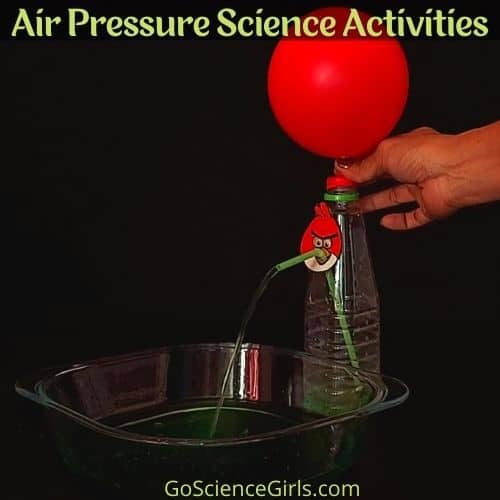
Air Pressure and Water Experiment Supplies
Air Pressure on Water Experiment is an awesome physical science experiment as it can be done using simple and easily available supplies. Here is the list of items you need to collect before you start the experiment.
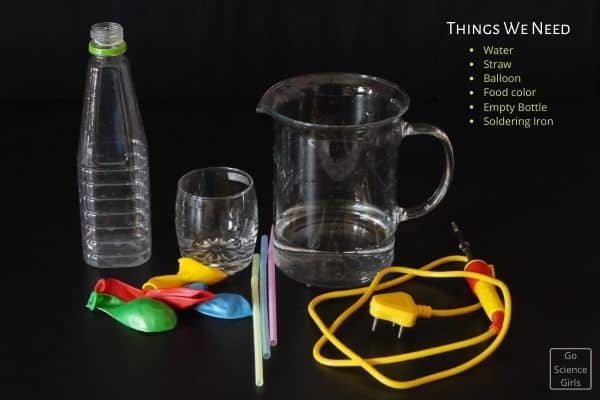
1) A Balloon
2) A Plastic straw
4) A small container (glass one is better to get a good visual experience) or a Peg
5) Putty or Plasticine
6) A Plastic water bottle (Make sure it is clean and clear no matter the shape and size.)
7) Food Color
8) Some other miscellaneous things like kids-friendly knife, glue, metal scale, etc.
Directions to do Air Pressure on Water Experiment
Step-1: Select a place where you feel free to do experiments with water like sinks or outdoors as this activity messy up things with water.
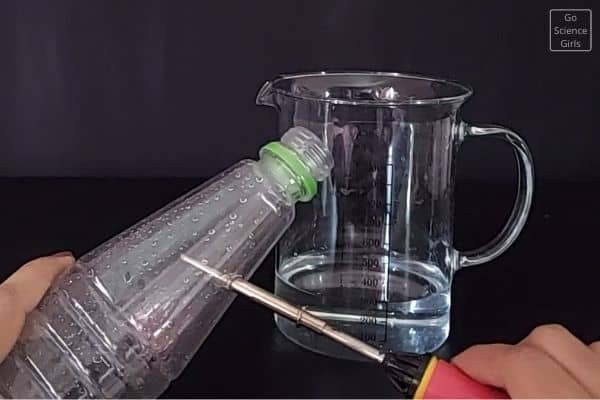
Step-2: Now, pick an old and clear plastic bottle and make a hole of 10cm at the middle of the bottle. You can use kid-friendly knife or scissors to make hole. Whatever the tool you use, make sure you are moving it clock and anti-clock wise direction to achieve a good round shape. You can also use a soldering rod to make exact size hole as of straw.
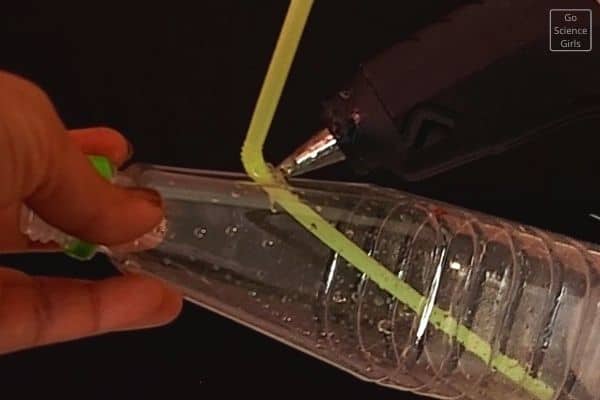
Step-3: Once the hole is ready, insert the plastic straw into it and seal any leakages around the hole using hot glue. You can also use putty or plasticine to seal it.
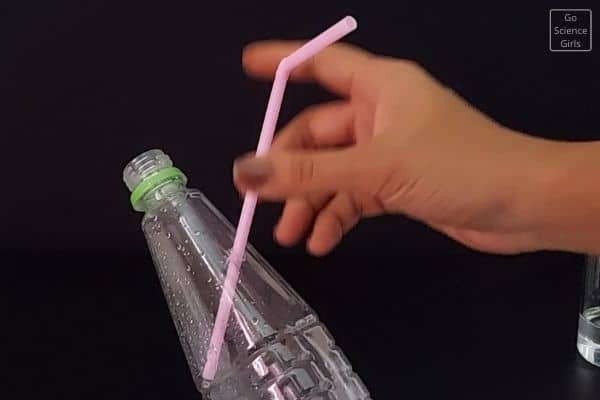
Step-4: Then, take a small container and add some amount of water. Also add a few drops of food color and into the water to make it colourful. This colourful water is good to experiment with as it gives good visual experience of the experiment.
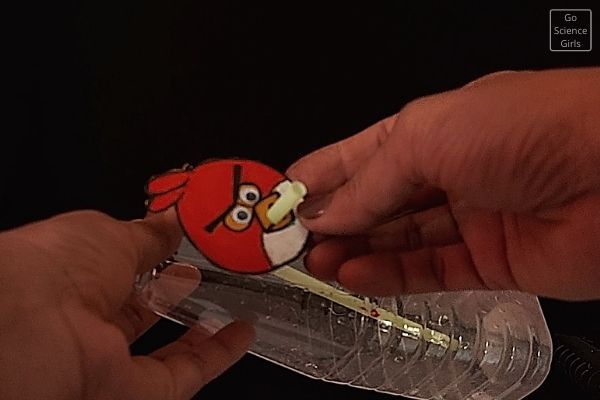
Step-5: As a next step, pour the color water into the plastic bottle fixed with straw up to half way. And keep a peg or small glass or transparent container under the other end of the straw which is hanging outside of the bottle.
Step-6: In this step, take a medium sized balloon and inflate it using your mouth or any balloon blower machine. Seal the mouth of the inflated balloon and fit it around the mouth of the bottle carefully. At this point, our school science fair project set up to show Air Pressure is ready for demo.

Step-7: Now, release the secured mouth part of inflated balloon such that the air inside it goes straight down into the plastic bottle.
Step-8: You will notice the color water inside the plastic bottle moving out of the straw towards the small container placed beside the plastic bottle under the open end of straw.
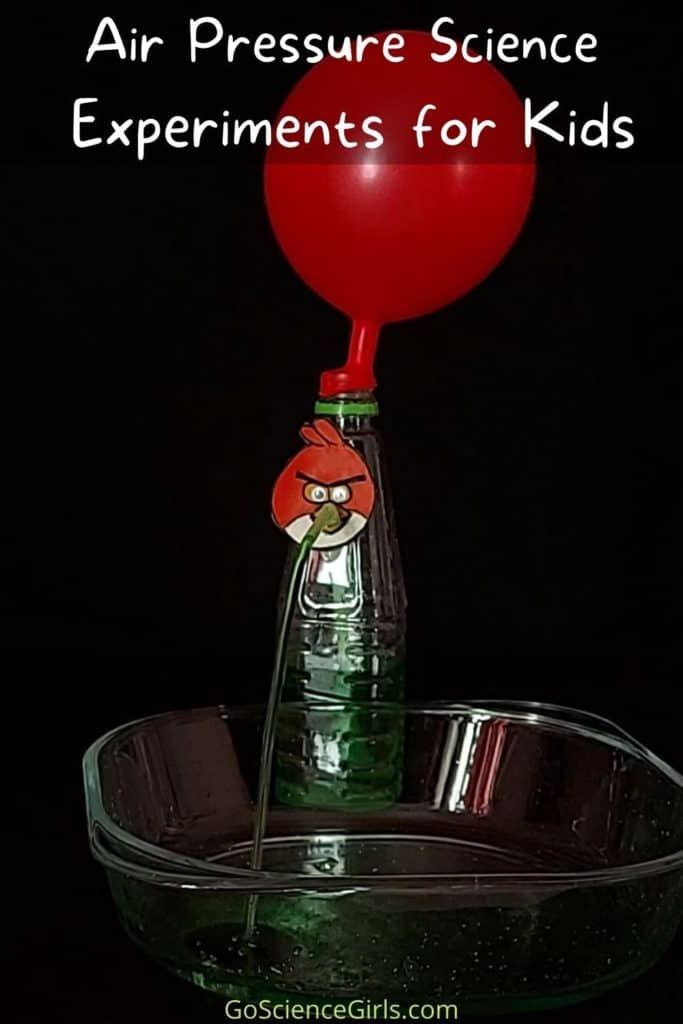
What is the science behind the water movement in this experiment?
In this physical science project, the air gives pressure equally on the water and inside straw when there is no balloon around the mouth of the plastic bottle.
But when the inflated balloon is set up on top of the plastic bottle i.e. around its mouth part, the air inside the balloon forces down into it.
Thus, creates increased pressure on the surface of the water and presses the water molecules down due to force and gravity. This increased pressure inside the water pushes water into the straw. And hence the water moves towards the straw and stores in the small container placed outside.
The science concepts learned through this classic Air Pressure Experiment on Water include:
1) Atmospheric Pressure: The pressure applied by the molecules (that has weight) present in the atmosphere or air towards the surface of the Earth due to the force and gravity is known as Atmospheric Pressure. Atmospheric Pressure is also known as Barometric Pressure.
2) Pressure: The amount of force exerted per unit area byt the surrounding surfaces and particles is known as pressure. The pressure unit is pascal. The formula of pressure is P=F/A. Absolute pressure, atmospheric pressure are the types of pressure.
3) Potential Energy: The energy developed due to the pressure or force with in itself is known as potential energy. Potential energy can also use electric charges to build its energy.
In this experiment, the air inside the inflated balloon develops potential energy and tries to come out of it. And hence, the water feels pressure when the mouth of the inflated balloon releases.
This pressure makes the water flow out of the plastic bottle and into the small container placed beside it through the straw.
Other Air Pressure Experiments You Can Try at Home
Balloon and Pin Experiment
Egg in a Bottle – Air Pressure Experiment
Balloon in a Bottle : Air Pressure Experime nt
Drip Drop Bottle-Water Bottle Pressure Experiment
What we learn from Air Pressure on Water Experiment
- Students learn about Air and Atmospheric pressure
- Explore different types of forces, pressures, and potential energy
- Get knowledge on various science terms such as atmospheric pressure, force, pressure, stress, etc.
- Can be a great science fair idea
- Encourages children to actively participate in science work-shops and events
How do you define Air Pressure?
Air pressure is the pressure created by the weight of the particles in the air that are forcing to move down to Earth because of gravity.
In simple words, air around us encompasses of a lot of air molecules (that has weight), which exerts pressure whenever they get in touch of any objects. This is the pressure we call it as Air Pressure.
Air pressure is also known as Atmospheric Pressure. As we use Barometer to generally measure atmospheric pressure, we also call it as Barometric Pressure.
The standard unit of atmospheric pressure is equivalent to 101,325 Pa or 29.9212 inches Hg or 760 mm Hg or 14.696 psi.
P_h= P_0 e^{\frac {-mgh}{kT}}
P_0= sea level pressure
P_h= pressure at height h
g= Acceleration due to gravity
K= Boltzmann’s Constant (Ideal gas constant divided by Avogadro’s number)
T= Absolute Temperature
M= Mass of one air molecule
Safety Measures
1) It is highly recommended to wear safety glasses to protect your eyes.
2) Handle the hot glue or hot melting glue carefully otherwise children may burn their hands
3) Use kid-friendly knife
4) Always there must be an adult supervision while conducting this experiment
When you inflate the balloon, the air inside it creates potential energy and faces pressure against the rubber surface of balloon. And when the inflated balloon placed over the neck of the plastic bottle, the air pressure of balloon flows into it. This creates higher pressure on the top of the plastic bottle and thus creates even more pressure inside water in the bottle. This pressure moves water from the plastic bottle to the container placed beside it through the straw.
There are many ways to demonstrate pressure through our daily activities. Here is the easy one to explore or demonstrate pressure: 1) Take a plastic water bottle and fill it with water to its half way. 2) Place a straw into its neck part and seal the leaky edges using putty or clay. 3) Blow heavily into the straw which creates increased air pressure inside the bottle. 4) This increased pressure inside the bottle pushes the water out of straw like a fountain.
Water dispenser plays important role in restaurants, hotels, offices, etc. And it is the perfect example to demonstrate Air Pressure. Water dispenser is useful to supply normal to moderate to hot water whenever we press button. Water dispenser is a set-up of upside down 4-5 gallon water bottle at the top of the machine. Mostly, water dispensers work by pressing button, through which you are increasing the pressure inside by allowing the air inside the bottle. And that’s the way, you can dispense water from the machine when air allowed inside the bottle.
Air has mass as it contains a lot of tiny particles that possess weight. These particles when touched against any solid object, exerts pressure. The pressure exerted by air molecules in all directions around us, known as air pressure. However, because of the air particles weight, we experience more air pressure when we stay closer to the surface of Earth.
Take one litre plastic bottle and make a straw size hole at the middle of it. Insert a straw through the hole and seal the leakages using clay or putty. Outside the bottle and under the other open end of the straw, place a small container. Now, fill half of the bottle with water and cover its mouth using inflated balloon. When you release the air inside the balloon, there creates high pressure inside the bottle and water. Thus, the water is let outside the bottle through the straw and into the container placed beside the bottle.
Here are some of the situations where we use air pressure in everyday life: 1) When we drink through straw, the air pressure inside it decreases while outside pressure increases and forces the drink to suck inside the straw. 2) Consider a vacuum cleaner, it has a fan inside it which creates low pressure environment inside the machine. Whereas the outside atmospheric pressure forced inside and takes the dirt and air molecules to suck inside the machine. 3) Syringes creates pressure by plunging the nob of it while taking the blood from human body. This pressure sucks the blood from human body into the syringe easily.
1) The pressure of air inside car tires holds the car weight 2) The flight movement up in the sky because of the air pressure on its wings. 3) Bullet firing from the gun using gas pressure. 4) Inflation of balloon because of air pressure developed inside. 5) Sucking a drink through straw using pressure created inside it.
Leave a Reply Cancel Reply
Your email address will not be published. Required fields are marked *
Name *
Email *
Add Comment *
Save my name, email, and website in this browser for the next time I comment.
Post Comment
- Login | Register
Have 10% off on us on your first purchase - Use code NOW10
Free shipping for orders over $100
Available for dispatch within 2 days
Free gift with purchase of over $100
Check out with Paypal and Afterpay
Teaching ideas for air pressure
Follow FizzicsEd Articles:
Air pressure can be a difficult concept for learners to grasp. As air is invisible and is three-dimensional, it can be a challenge to understand what is going on without some concrete examples. To help with this, the following is a list of a bunch of experiments that you can do to help students understand more about air pressure!
Air pressure experiments that use simple materials
Air takes up space.

The pressure exerted by the air inside the glass allows the air to exclude the water and the ping pong ball. Push down all the way to bottom of the container. Using the tissue helps to show that air, not water, is trapped inside the glass. Great guessing game if you ask the class where they think the ball will go!
Upside-down water cup
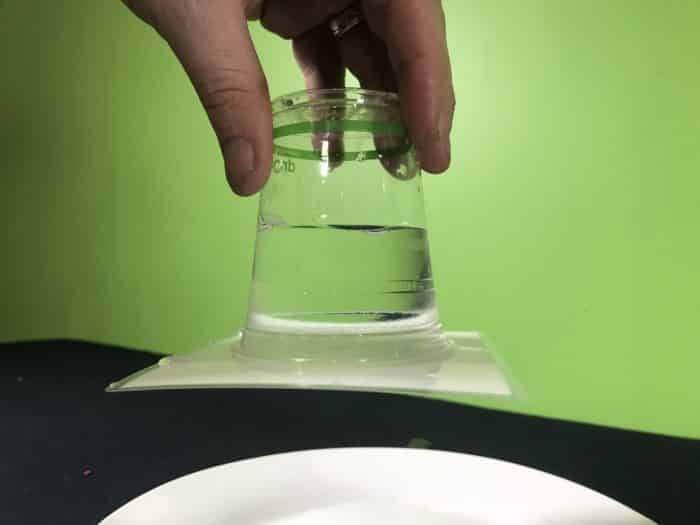
Make sure your cup is completely full, i.e. about to spill over the side. Gently place a dry card or paper on top of the cup… making sure there is good contact over the cup rim. Carefully turn the cup upside down! The air pressure underneath the cup pushes that paper upwards into the cup, keeping the water from falling.
Balloon push-in

- Put a funnel into a glass bottle and put hot water into the bottle.
- Wait 10 seconds and then pour the water back into the kettle
- Place a balloon over the neck of the glass bottle.
- Place the bottle in the clear plastic container with cold water in it.
- Stretch the balloon slightly and wait for the balloon to be squeezed together by the air pressure.
- Let go of the balloon and it will be pushed into the bottle
Misconception: people often think the balloon is ‘sucked’ into the bottle… its the opposite effect actually as it is pushed from high to low pressure. SAFETY: Make sure that students are not near the demonstration to avoid accidental scalding. Similar to the egg into the bottle experiment!
Impossible puff

Place a ping pong ball in the funnel. Have a volunteer try to blow the ball out of the funnel (it’s impossible). Now blow across the top of the funnel and it will come straight out. This shows the Bernoulli theorem in action whereby the ball is pushed from slow air (high pressure) toward where the air moving fastest (low pressure).
Ping pong on a string

Tape a string onto a ping pong ball and hold near a stream of running water. The ping pong ball will move towards the fast running water. This again shows the Bernoulli theorem in action whereby the ball is pushed from slow air (high pressure) toward where the air moving fastest (low pressure).
Blow them apart

Tie string around the end of balloons and suspend them near each other. Have a student try to blow the balloons apart… it’s impossible! In your experiment, a low-pressure area was created between the balloons when you tried to blow them apart. The faster air moved between the balloons, creating a low-pressure zone between the balloons. The high pressure surrounding the balloons pushed the balloons together.
Bernoulli bag blow up
Fast air from your breath into the bag will draw slow air from around the room into the bag as per Bernoulli’s theorem (fast air is low pressure, slow air is high pressure). Keep your face 30cm away from bag opening. Be careful not to pop bag when you close the bag and squeeze the opening to tighten the bag.
Rising water

Cover a lit candle sitting in a bowl of water with a glass cup. Watch the water rise into the cup. If you want, you can add food colouring into the water to make the experiment more visible. During the experiment, you can see tiny bubbles escaping under the glass which shows that the air pressure is increased from the heated air as the candle burns. Once the candle runs out of oxygen, the candle burns out and the remaining air inside cools down. Cooling air contracts which lowers the air pressure inside the cup. This created a pressure difference between the air inside the cup and air outside the cup. This pressure difference caused the high-pressure air outside the cup to push the water down into the plate… allowing the water to be pushed upwards into the inside of the cup towards the lower pressure air inside.
Cartesian diver

Cut the end off of a plastic pipette and add two 5mm metal nuts onto the end of the bulb. Add this to a plastic bottle filled water and squeeze on the bottle… the pipette diver sinks! Squeezing the bottle exerts a pressure throughout the contained fluid. This pressurised fluid rises into the opening at the bottom, making the pipette heavy and therefore it sinks. Releasing the bottle reduces the pressure around the pipette, allowing the trapped air inside the pipette to expand, increasing its buoyancy and allowing it to float.
Ball levitator

Have a volunteer choose to hold either the leaf blower or the ball. Turn on the leaf blower and place the ball into the fast air. The ball will initially be pushed by the force of the air but not so far as to be completely pushed away. This is due to the air furthest from the leaf blower being slow air (high pressure), which pushes the ball back toward the blower. You can angle it at 45 degrees before gravity pulls it to the ground. A hairdryer and a ping pong ball also works!
Flying toilet paper

Place a toilet paper roll on a paint roller. Aim the paint roller with toilet paper at a target and position leaf blower over toilet paper surface. Air travels faster over the top of a wing than the bottom. Why? The upper surface of a wing is longer than the bottom of the wing. According to Bernoulli, fast travelling fluids and gasses have a lower pressure than slow-moving fluid and gases.
Teaching air pressure with a bell jar
Balloon in a bell jar.

Explain parts of the mechanism (vacuum pump, bell jar, rubber diaphragm, tubing etc).
- Blow up a balloon and place in the bell jar.
- Turn on the vacuum pump and watch the balloon expand.
- Turn the valve flowing to the vacuum pump and then turn off the vacuum pump (CRITICAL, otherwise you will pull hydraulic fluid into the hose due to low pressure in the bell jar).
- Disconnect the hose from the vacuum pump
- Open the valve to bell jar and watch the balloon deflate.
Air moves from high to low pressure. The balloon has higher air pressure inside it as the air is pulled from the jar therefore it expands and pushes the balloon outward. Try making a balloon dog and placing it in the bell jar!
Expand shaving cream in a bell jar

Put a small amount of shaving cream in a plastic shot glass and then place into bell jar. Turn on the vacuum pump and watch it expand! Shaving cream has a lot of tiny bubbles in it. Decreasing the pressure around the cream causes the bubbles to expand from high to low pressure.
Marshmallows in a bell jar

Try putting some marshmallows and toothpicks together to make a growing marshmallow man in a bell jar!
Boil water in a bell jar

- Place ½ cup of warm water in clear plastic cup
- Put a cup into the bell jar
- Turn on the vacuum pump
- Water will boil after 1 minute or so
Boiling is not just about temperature. As you remove pressure some of the water molecules are able to change to gas as there is less pressure holding them in a liquid state. If you run this for several hours you can turn the water to ice!
Happy teaching,
Ben Newsome

Love Science? Subscribe!
Receive more lesson plans and fun science ideas.
SCIENCE PARTIES
Calendar of events.

HIGH SCHOOL Science@Home 4-Week Membership 12PM: March 2024
Price: $50 - $900
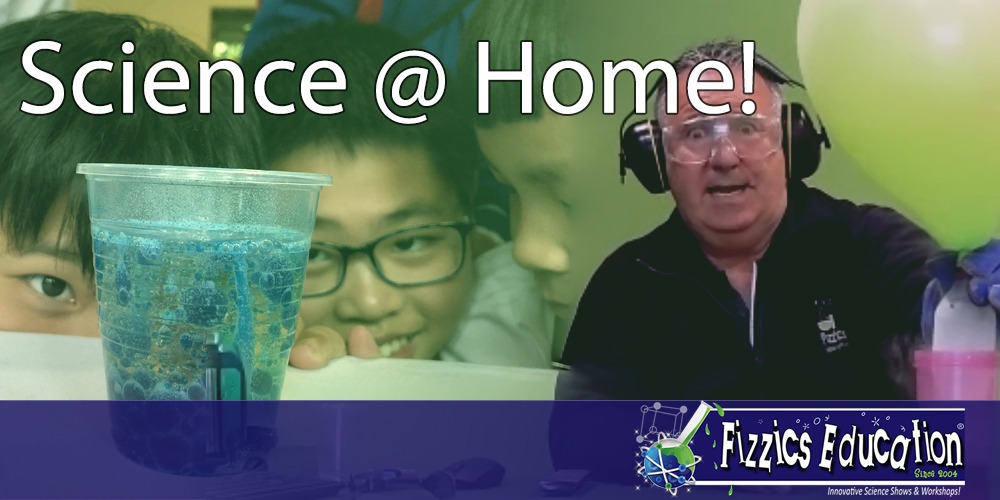
PRIMARY Science@Home 4-Week Membership 2PM: March 2024

Light and Colour Online Workshop, Jan 18 PM
Light and colour online workshop, jan 18 am.

Lego Robotics, Sydney Olympic Park Jan 2024

Creative Coding, Sydney Olympic Park Jan 2024

Creative Coding, Sydney Olympic Park July 11 2023
Price: $100

Fizzics Education STEAM Day: Robots vs Dinosaurs, Lalor, Apr 14
Price: $45 - $50
Creative Coding, Sydney Olympic Park April 14 2023
Science@home after school 4-week membership: march 2023.
Price: $40 - $1200
Featured Articles
Things kids can do without the internet.
- Farming [1]
- Outdoors [36]
- careers [10]
- UN SDGs [4]
- collaboration [1]
- Engineering [4]
- US Education [1]
- Outreach [35]
- Physics [6]
- K to 2 education [1]
- Virtual reality [2]
- citizen science [1]
- Churchill Fellowship [19]
- Ozscied [2]
- Teaching [264]
- Chemistry [5]
- International [1]
- Photography [1]
- numeracy [1]
- Cleveland [1]
- Podcasts [119]
- Television [2]
- design thinking [8]
- Chinese student visits [1]
- Parenting [4]
- preservice teaching [5]
- Higher order thinking [1]
- History [4]
- Pop Culture [4]
- Toys & Gadgets [1]
- project-based learning [5]
- Science & Technology Camps [1]
- Lesson ideas [1]
- Philosophy [1]
- Coding [14]
- Indigenous [3]
- Preschool [24]
- Video Conferencing [40]
- Lab Tech [1]
- Pakistan [1]
- Cooking [3]
- Remote Education [17]
- Virtual Excursions [9]
- Inclusive education [6]
- Leadership [1]
- Electricity [1]
- Dinosaurs [7]
- Kids Parties [5]
- Robotics [10]
- Edutech [26]
- Classroom management [1]
- video conference [1]
- special needs [1]
- scholarship [1]
- Distance Education [51]
- Kitchen Chemistry [7]
- Distance Learning [19]
- Student encouragement [2]
- Agriculture [4]
- Eastershow [2]
- Maker Space [11]
- Scicomm [141]
- primary education [46]
- virtual [2]
- gamification [1]
- Asia Pacific [1]
- Edchat [223]
- literacy [7]
- Higher education [4]
- Child online safety [1]
- Esports [1]
- Augmented Reality [4]
- Edtech [68]
- Science [6]
- secondary education [44]
- teacher [1]
- biotechnology [1]
- curriculum [2]
- AussieED [1]
- Education [210]
- Museums [31]
- Science News [4]
- Christmas [1]
- Vacation care [1]
- computational thinking [2]
- Awards [13]
- Educhange [5]
- Social Media [8]
- experiments [6]
- middle school [2]
- Inquiry-based learning [5]
- digital technologies [5]
- Earth science [1]
- Big History [1]
- Environment [38]
- seasonal [1]
- Artificial Intelligence [3]
- Medicine [1]
- Biology [44]
- Events [45]
- National Science Week [3]
- Space Science [31]
- competitions [12]
- Sustainability [9]
- Student investigation [2]
- Social Emotional Learning [1]
- CAST test [1]
Leave a Reply Cancel reply
Your email address will not be published. Required fields are marked *
School Comments View All
Fizzics Education curated a thoughtful and hands-on experience for the children, incorporating practical, skill-based learning activities and followed by a science presentation at the end of the event involving liquid nitrogen. This was delivered safely and effectively, capturing both the children and the parents for the duration of the presentation.
Fizzics Education ran a show today at our school and it was wonderful. He was a great facilitator and the show was age appropriate and well done.
I just wanted to pass on how much the staff and students really enjoyed it and how perfect it was to launch our science week activities. The students were enthralled, educated and entertained – a perfect trifecta!
Thanks so much for presenting at our school on Monday. Our students enjoyed the show.
Fizzics Education Awards

- Free Resources
Free Chemistry Book! Sign-up to our newsletter and receive a free book!
Female Accountant Apply Here
Physics teacher apply here, science teacher apply here, view all vacancies, join our team apply here.
Send us an Email at [email protected]
Phone Number: 1300 856 828
Email: [email protected], address: unit 10/55 fourth ave blacktown, nsw 2148, australia.
- Privacy & Legal Policy
- Copyright Notice
- Terms of Trade
- Cookie Policy
Copyright 2024 Fizzics Education . All rights reserved.
This website uses cookies to improve user experience. By using our website you consent to all cookies in accordance with our Cookie Policy .
Get more science with our newsletter!
Thank you for looking to subscribing to our newsletter 🙂 Through this service you’ll be first to know about the newest free experiments, science news and special offers.
PLUS: Get a free Kitchen Chemistry Booklet with >20 experiments, how to use variables plus a handy template!
Click the image to preview
Please select an ebook!

Kids Edition

Parent Edition

Teacher Edition
Please fill out the details below and an email will be sent to you. Once you get that just click on the link to confirm your subscription and you're all done!
First Name *
Last Name *
Email Address *
Phone Number
Subscribe as a Teacher?
Preschool Teacher
Primary Teacher
High School Teacher
Vacation Care or Library
Subscribe as a Parent?
Enquiry Form
Extra things, products that might interest you.
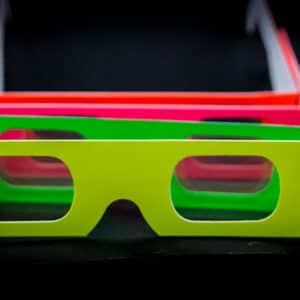
Rainbow Fireworks Glasses
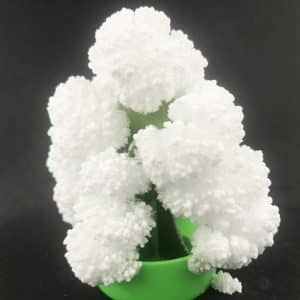
Magic Crystal Tree Science Kit
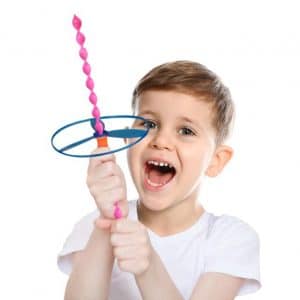
Helicopter Spiral Top

Fly Back Glider
- Grade Level
Where are you located?
- New South Wales
- Australian Capital Territory
Location not listed?
Which grade level are you teaching.
- Whole School
- Teacher Professional Development
- Special School Events
- Early Childhood
- Kindergarten
Which broad syllabus outcome you want to teach?
What is the age range of the attendee?
- Age 5 and up
- Age 6 and up
- Age 7 and up
- Age 8 and up
- Age 9 and up
- Age 10 and up
- Age 11 and up
- Age 12 and up
General Enquiry Form
Check if you require a live online class.
Subscribe for special offers & receive free resources?
How did you hear about us?
Choose a program *
Choose from school show *
* Please select a value!
* Please add a value!
Date required *
Time required *
Get Your ALL ACCESS Shop Pass here →

Science Projects For 3rd Graders
What an exciting age to be a young scientist! 3rd grade science is a fantastic time to engage in all kinds of science projects exploring the living world and how things work! There are so many great skills that kiddos in this age group have already been working on and will continue to develop as they explore, investigate, and discover through hands-on science experiments and science fair projects!
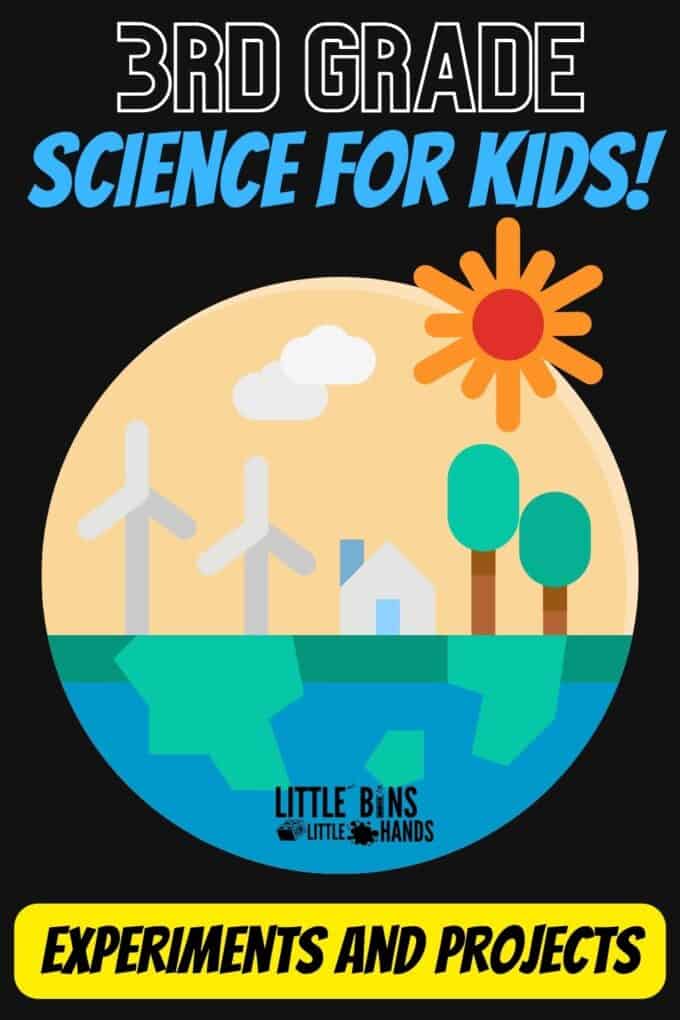
Science Topics For 3rd Graders
So, what exactly does science for 3rd graders look like? And how can you encourage your kids to learn without much effort, fancy equipment, or complex activities that cause confusion rather than curiosity?
Kids are naturally curious, and 3rd grade is an opportune time to introduce and practice the scientific method through fun, hands-on, and easy science projects.
Good science projects for 3rd graders help them ask scientific questions, make predictions, and, with guidance, plan and carry out investigations to answer those questions.
Topics that 3rd graders may cover in science include:
- Changes in motion by forces such as gravity and friction
- Solids, liquids, gases, and changes in states of matter
- Plants and animals and the relationships between them
Below, you will find over 25 of the best science project ideas, covering many of these topics and more.
Easy Science Projects For 3rd Graders
Click on the projects below for each activity’s full supply list and step-by-step instructions. Also, check out our helpful tips for developing a 3rd grade science fair project !
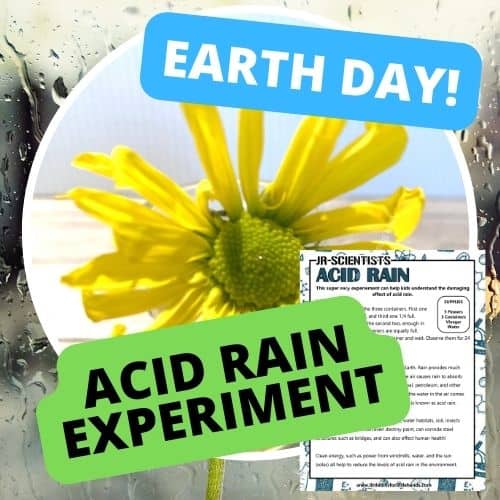
Acid Rain Experiment
What happens to plants when rain is acidic? Set up an easy science project with flowers in vinegar. Get kids thinking about what causes acid rain and what can be done about it.
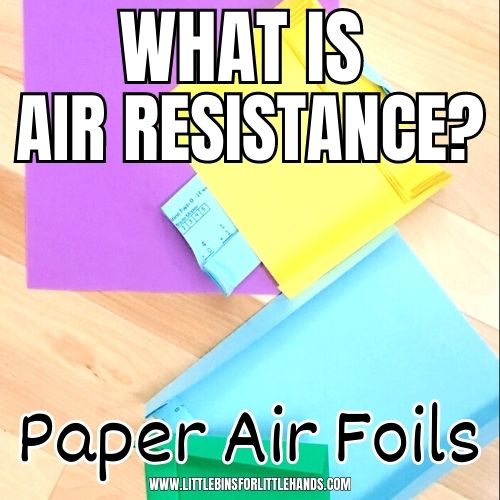
Air Resistance
A quick and easy way to introduce kids to independent and dependent variables. Fold some paper and compare their air resistance when you drop the paper from a height.
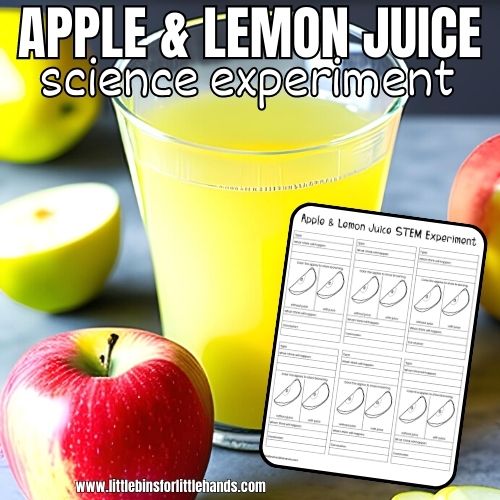
A pple Browning Experiment
How do you keep apples from turning brown? Do all apples turn brown at the same rate? Grab some apples and lemon juice and let’s find out.
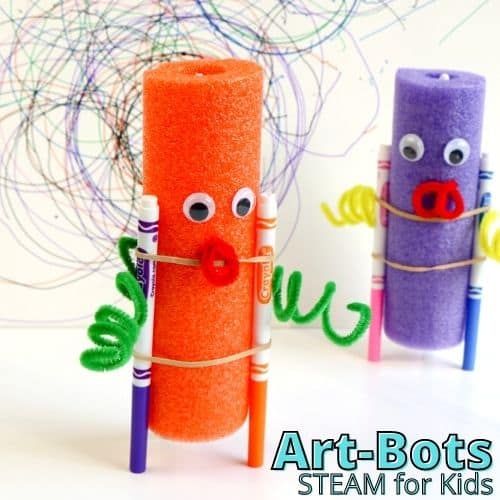
Use your engineering skills to come up with a cool pool noodle robot that can do art too!
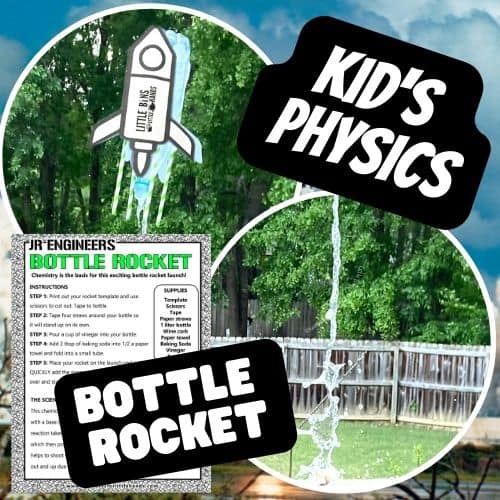
Bottle Rocket
Make a rocket from a water bottle with a cool chemical reaction that is sure to send it flying! Fun chemistry kids will want to do again and again!

Coastal Erosion Model
Ever noticed what happens to the coastline when a big storm rolls through? Set up this beach erosion activity to investigate what happens.

Color Wheel Spinner
Can you make white light from all the different colors? Find out by making your own spinning color wheel.
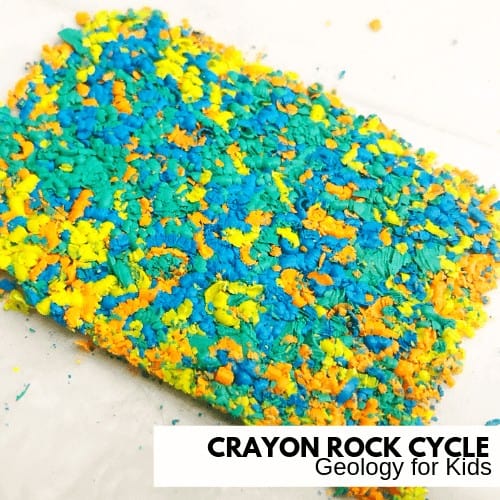
Crayon Rock Cycle
Explore all the stages of the rock cycle with one simple ingredient, old crayons. Kids will have a blast exploring all the stages!
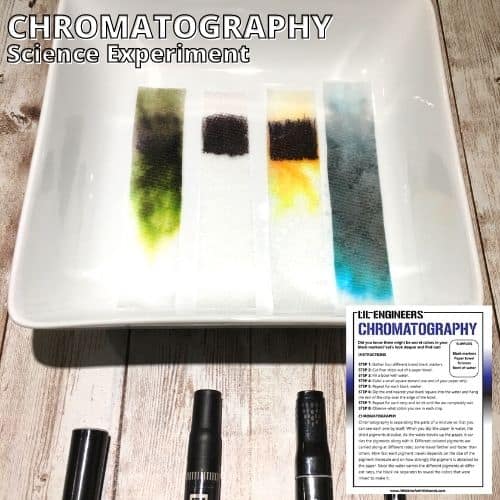
Chromatography (with markers)
This chromatography lab is a fun way to explore separating mixtures using everyday supplies!

D rops Of Water On A Penny
How many drops of water can you fit on a penny? The answer might surprise you! Fun and easy way to learn about the surface tension of water.

Dry Erase Marker Experiment
Is it magic or is it science? Either way, this floating drawing experiment is sure to impress! Create a dry-erase drawing and watch it float in water.
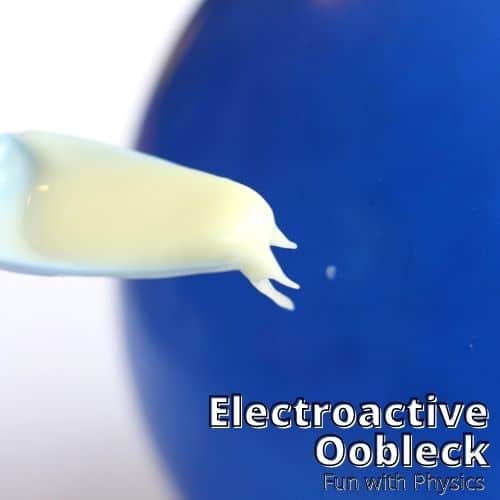
Electric Cornstarch
This cornstarch experiment is a fun example of static electricity. Mix up some goop or oobleck, and watch what happens when you bring it near a charged balloon.

Explore the molecules in water and oil and create a tasty chemistry experiment that you can pour on your veggies too!
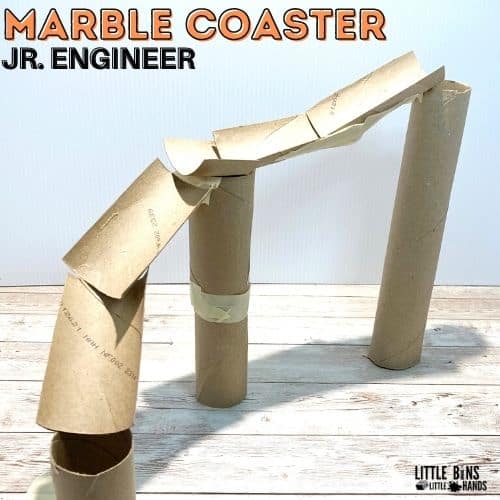
Engineer a Roller Coaster
Dig deep into the recycling bin and grab all the cardboard you can find to create a unique ball run or marble coaster! Make it as small or as elaborate as you want!
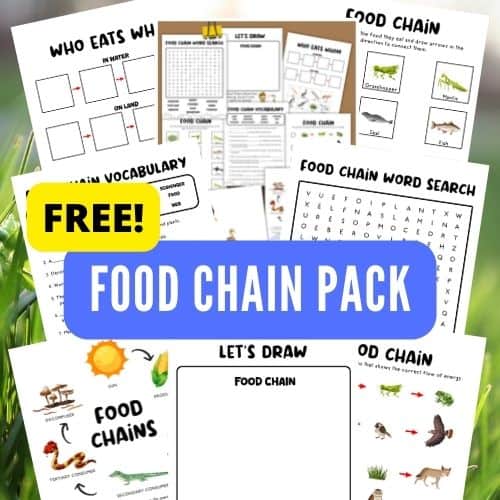
Food Chains
All living plants and animals need energy to live on earth. Get kids thinking about how to represent this flow of energy in a simple food chain.

Freezing Water
Explore the freezing point of water and find out what happens when you freeze salt water. All you need are some bowls of water, and salt.
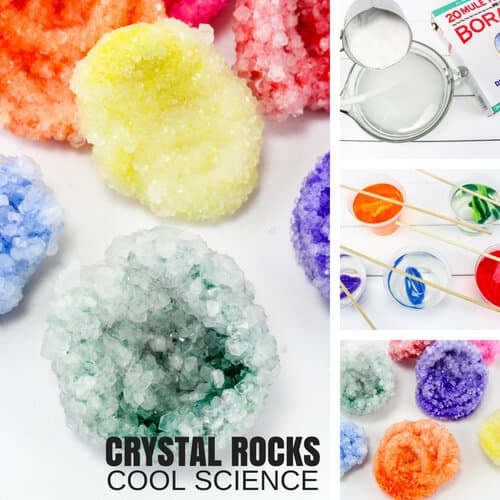
Growing Crystals
Crystals make for fascinating science! Follow our borax crystal recipe to grow crystals for a cool science project any science enthusiast will love!

Explore magnetism through a variety of hands-on projects perfect for 3rd grade. Our done-for-you magnet STEM pack is filled with extra projects!
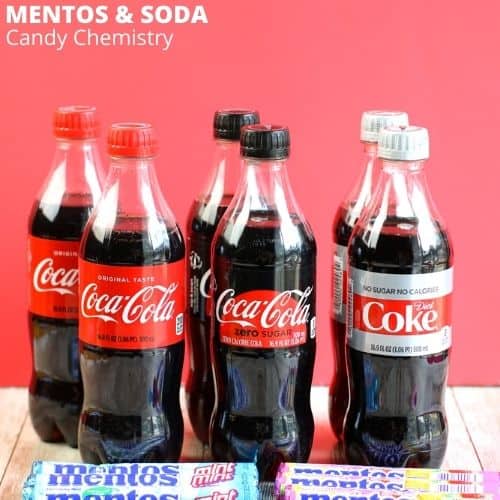
Mentos and Coke
Here’s a cool fizzing experiment the kids are sure to love! It looks like a chemical reaction, but this Mentos and coke experiment is a great example of a physical reaction.

Mini Paddle Boat
Make a paddle boat that actually moves through the water! Explore forces in motion with this simple DIY paddle boat activity.

Penny Boat Challenge
Design a simple tin foil boat, and see how many pennies it can hold before it sinks. Learn about buoyancy while you test out your engineering skills.
Click here or below to get your free science ideas pack
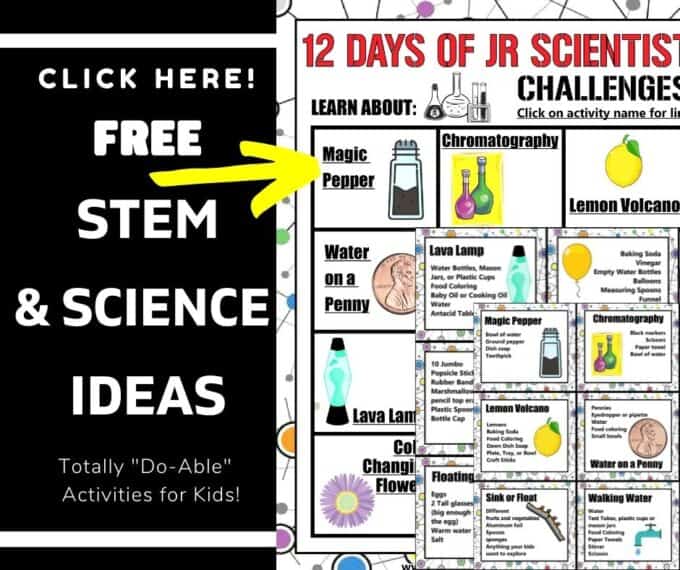
Popsicle Stick Catapult
What kid doesn’t love to launch stuff into the air? Build a catapult from simple materials, and turn it into a fun experiment as well. Catapults are great for learning about potential and kinetic energy, and more.
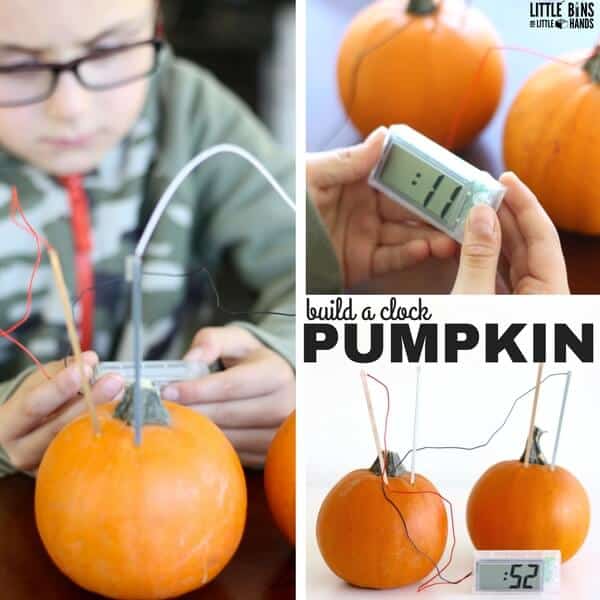
Pumpkin Clock
Although this is classically done with a potato, you can definitely experiment with other foods that are similar and test the results.
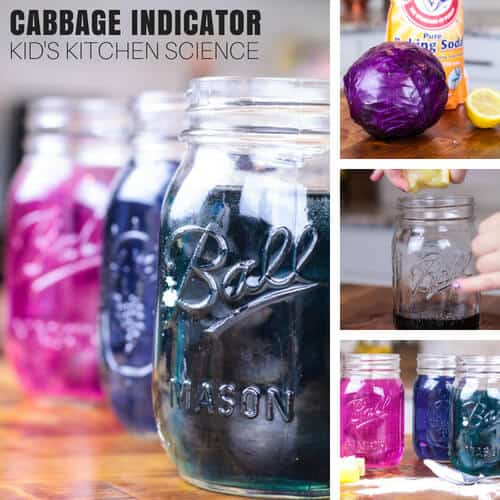
Red Cabbage Ph Indicator
Learn how cabbage can be used to test liquids of varying acid levels. Depending on the pH of the liquid, the cabbage turns various shades of pink, purple, or green! It’s incredibly cool to watch, and the kids love it!
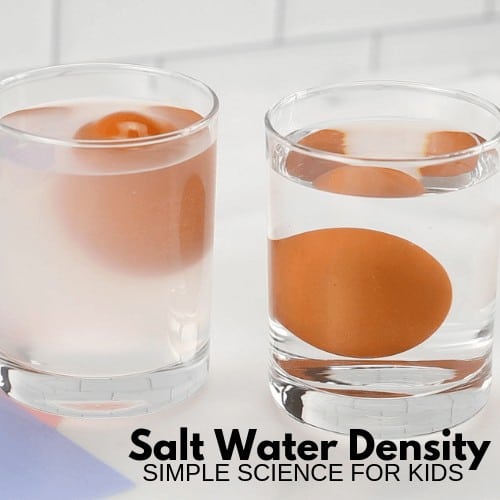
Salt Water Density
What happens to an egg in salt water? Will the egg float or sink? There are so many questions to ask and predictions to make with this easy saltwater density experiment.
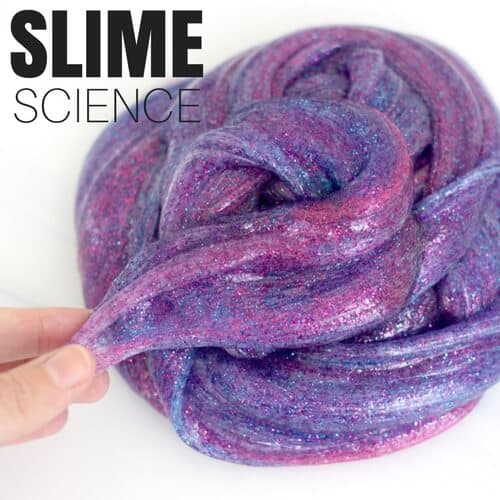
Slime Science
Love playing with slime? Now you can turn slime-making into a fun science experiment with these easy ideas.
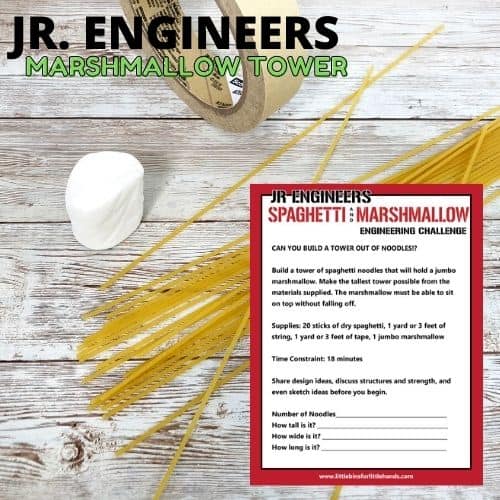
Spaghetti Tower Challenge
Build the tallest spaghetti tower that can hold the weight of a jumbo marshmallow. Test out those design and engineering skills with a few simple materials.
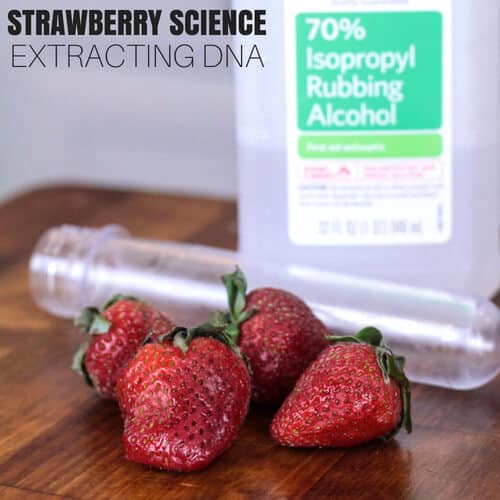

Strawberry DNA Lab
Every living thing has DNA and usually, you need a microscope to see DNA up close. But with this strawberry DNA extraction, you can encourage the DNA strands to release from their cells and bind together so you can see them.

Vinegar and Milk
Kids will be amazed by the transformation of a couple of household ingredients into a moldable, durable piece of a plastic-like substance.

Water Filtration
Can you purify dirty water with a water filtration system? Learn about filtration and make your own water filter.
Free Printable Science Journal Worksheets
Create a science notebook with these easy-to-use science worksheets to accompany any experiment. Grab your free science process journal pack !

Using The Scientific Method
The scientific method is a process or method of research. A problem is identified, information about the problem is gathered, a hypothesis or question is formulated from the information, and the hypothesis is tested with an experiment to prove or disprove its validity.
Sounds heavy… What in the world does that mean?!? It means you don’t need to try and solve the world’s biggest science questions! The scientific method is all about studying and learning things right around you.
As children develop practices that involve creating, gathering data evaluating, analyzing, and communicating, they can apply these critical thinking skills to any situation.
LEARN MORE HERE: Using The Scientific Method with Kids
Note: The use of the best Science and Engineering Practices is also relevant to the topic of using the scientific method. Read more here and see if it fits your science planning needs.
Helpful Science Resources
Here are a few resources that will help you introduce science more effectively to your kiddos or students. Then you can feel confident yourself when presenting materials. You’ll find helpful free printables throughout.
- Best Science Practices (as it relates to the scientific method)
- Science Vocabulary
- 8 Science Books for Kids
- All About Scientists
- Science Supplies List
- Science Tools for Kids
- Join us in the Club
Turn It Into A 3rd Grade Science Fair Project
Science projects are an excellent tool for older kiddos to show what they know about science! Plus, they can be used in all sorts of environments including classrooms, homeschool, and groups.
Kids can take everything they have learned about using the scientific method , stating a hypothesis, choosing variables , making observations and analyzing and presenting data.
Want to turn one of these experiments into an awesome science fair project? Check out these helpful resources.
- Science Project Tips From A Teacher
- Science Fair Board Ideas
- Easy Science Fair Projects
Science Activities By Age Group
- Science for Toddlers
- Science for Preschoolers
- Science for Kindergarten
- Elementary Science by Season
- Science for 1st Grade
- Science for 2nd Grade
- Science for 4th Grade
- Science for 5th Grade
- Science for 6th Grade
- Science for Middle School
Printable Science Projects Pack
If you’re looking to grab all of our printable science projects in one convenient place plus exclusive worksheets and bonuses like a STEAM Project pack, our Science Project Pack is what you need! Over 300+ Pages!
- 90+ classic science activities with journal pages, supply lists, set up and process, and science information. NEW! Activity-specific observation pages!
- Best science practices posters and our original science method process folders for extra alternatives!
- Be a Collector activities pack introduces kids to the world of making collections through the eyes of a scientist. What will they collect first?
- Know the Words Science vocabulary pack includes flashcards, crosswords, and word searches that illuminate keywords in the experiments!
- My science journal writing prompts explore what it means to be a scientist!!
- Bonus STEAM Project Pack: Art meets science with doable projects!
- Bonus Quick Grab Packs for Biology, Earth Science, Chemistry, and Physics

Subscribe to receive a free 5-Day STEM Challenge Guide
~ projects to try now ~.

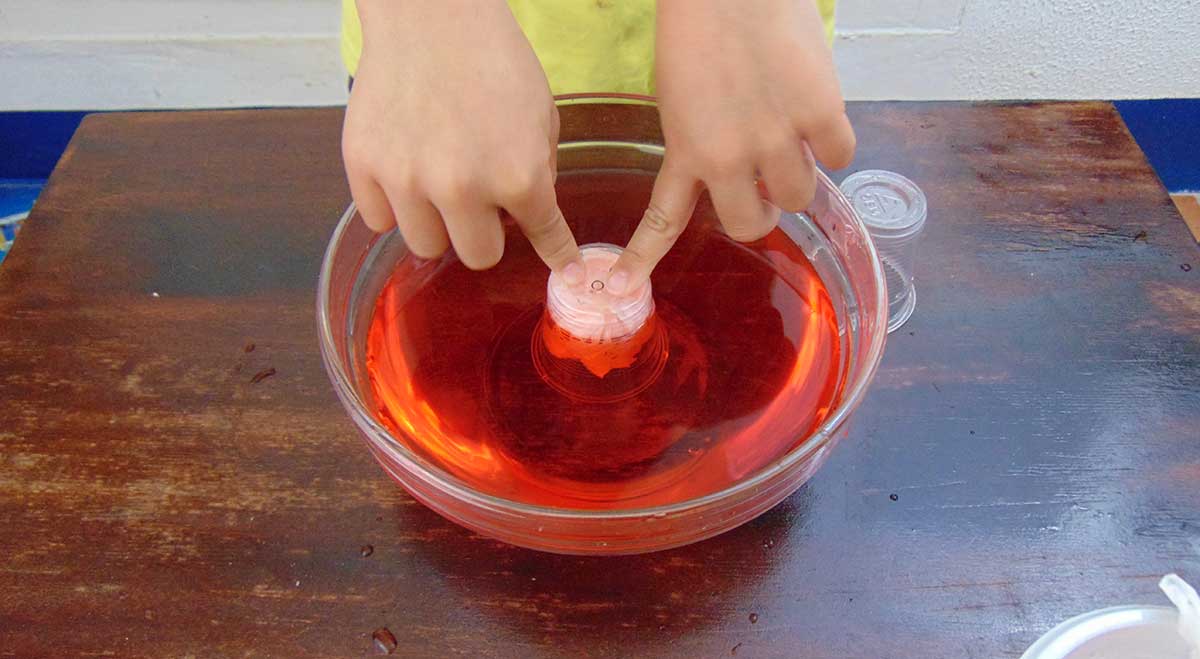
Air Experiments For Kids: Air Takes Up Space Experiment
Here’s another easy experiment to see how air takes up space. This is a quick and easy experiment that clearly shows kids that even though you don’t see air, it is around and it takes up space.
Tags : kitchen science , air, air pressure, molecules
- a clear bowl full of water
- kitchen towel or newspaper
- food coloring
- a spoon, stick, or chopsticks for stirring
- you will also need 1 clear plastic cup and another plastic cup with holes in the bottom [the glasses should be a little bit higher than the rim of the bowl so that water doesn’t get in through the holes ]
Step By Step Instructions
- First, fill the bowl with water.
- Next, get the first plastic without the hole. Crumple some pieces of paper and put it snugly at the bottom of the cup.
- Put the cup into the water upside down. Leave it in the bowl for 30 seconds or so. You will need to push it with your hand to keep it in place or else the cup will float back up.
- After 30 seconds, slowly take the cup out of the water without tilting it.
- Once fully out of the water, take the paper out. What’s happened to the paper? Is it dry or wet?
- If you want to see exactly what’s happening to the water and the cup, you can choose to color the water as we have done in the video above.
- Now let’s proceed to the next step. This time, we’re going to use the cup with a hole in the bottom.
- Do exactly the same thing. Crumple some pieces of paper and push it tight at the bottom of the cup.
- Next, submerge the cup upside down into the colored water. What’s happening now? You will see the paper slowly getting red and getting wet (kitchen paper works much better with this as you can actually see it change color plus it absorbs the water much quicker). What do you think is happening here?
Air Takes Up Space Experiment Explanation
It’s not often easy for kids to think of air as a thing; as matter. Yes, it’s around us but because we “often” don’t see it, it’s not easy to visualize it as matter.
Experiments like this help kids see that even though we can’t see the air around us, it is matter, and like all matter is made of molecules that occupy space. It’s also good for learning about nature and the world around u.s
Dry Paper in Water

So this was the first experiment. When you took the paper out, it was completely dry! You probably know the answer by now.
It’s because the air molecules that were already in the cup occupied that empty space [well, I guess we can say it isn’t really empty because there is air in it, right?]. There IS something inside it. You just don’t see it.
And so, when you submerged the cup upside down, there wasn’t any more space for the water to go inside the cup. That’s why the paper didn’t get wet at all.
Wet Paper In Water!

Now in the second experiment, you used the cup with holes in the bottom. And this time, when you submerged it in water, the paper got very wet!
So what happened there?
Well, since the cup has holes, the air could now easily escape out of the cup. So when you submerged it, all that air molecules went running out of the hole and the water was just much too happy to occupy the space that the air had escaped from.
And that’s how the paper got wet!
This experiment is really quite interesting for kids to see. No fancy learning toys are needed!

Video: Science Trick – Keep Paper Dry In Water
Here’s a video of the experiment.See how fun it is. If you’re the video type of person, why not subscribe to your Youtube channel for more science experiments for kids?
- Skip to primary navigation
- Skip to main content
- Skip to primary sidebar

- FREE Experiments
- Kitchen Science
- Climate Change
- Egg Experiments
- Fairy Tale Science
- Edible Science
- Human Health
- Inspirational Women
- Forces and Motion
- Science Fair Projects
- STEM Challenges
- Science Sparks Books
- Contact Science Sparks
- Science Resources for Home and School
6 Air Pressure Experiments for Kids
May 26, 2014 By Emma Vanstone 2 Comments
These air pressure experiments are great fun and fantastic demonstrations of a fascinating force.
What is air pressure?
Air pressure is the weight of the atmosphere pressing down on Earth. We measure air pressure using a barometer . Have you ever climbed a mountain or visited an area at a high altitude and found you get out of breath more easily? This is because air pressure decreases at higher altitudes. Have you been on a plane and felt discomfort in your ears? This is due to changes in air pressure. Changes in air pressure allow for lots of cool science experiments. Here are some of our favourite air pressure experiments .
Air Pressure Experiments
Make a drinks dispenser.
This easy drinks dispenser is a brilliant science project and useful too! Party guests will wonder how this fun science trick works!
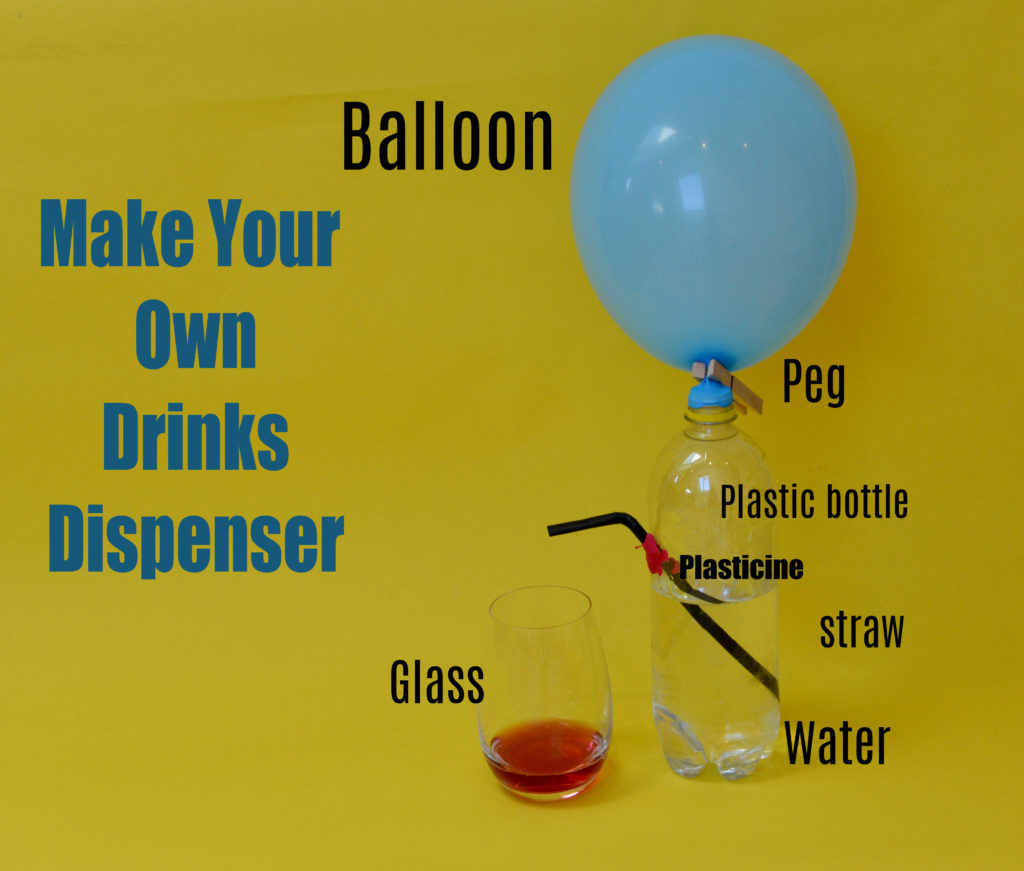
Make a Bottle Rocket
My favourite and the most impressive of these activities is this fantastic bottle rocket! Make sure you have a lot of space to launch the rocket, as ours flew with a lot more force than we expected.
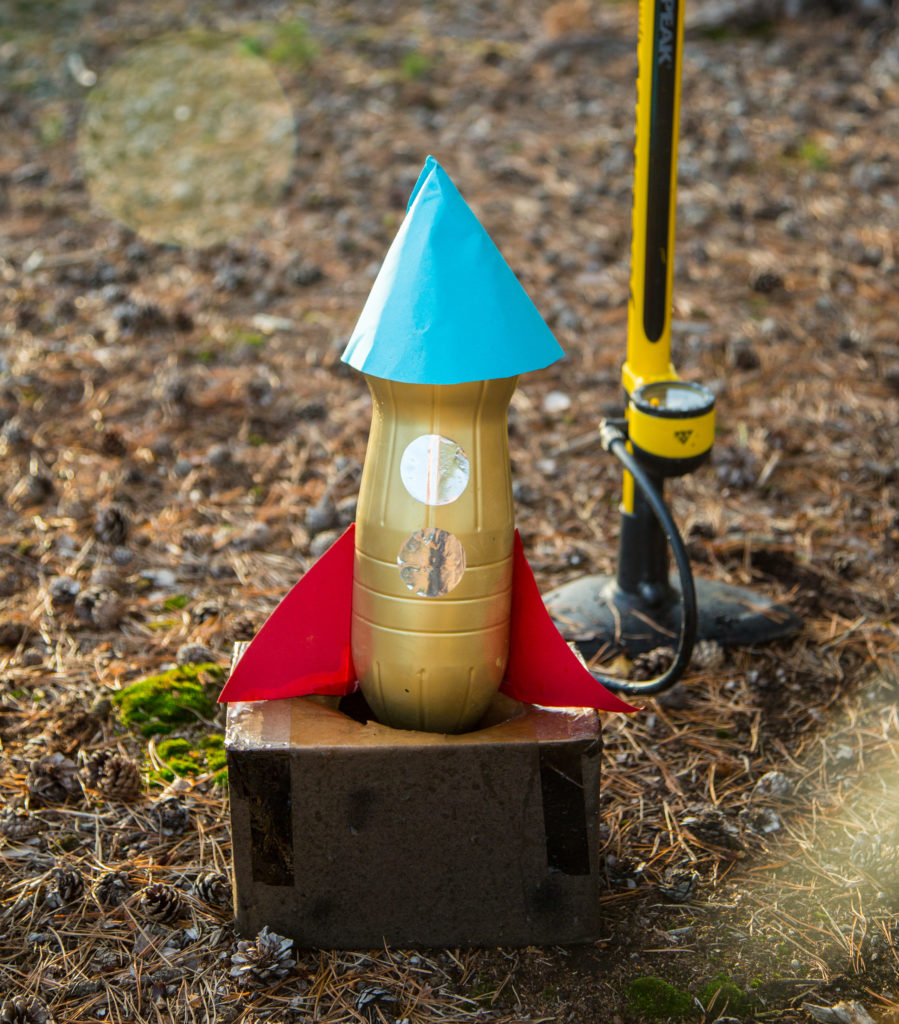
Blow Paper into a Bottle
Try and blow a ball of paper into a squash bottle and watch it fly back out. This one had my 6-year-old in hysterics and is a super simple demonstration of air pressure.
Make a Barometer and Measure Air Pressure
Record air pressure over a period of time with this easy to make barometer . You should find that air pressure varies with the weather and can be used to predict the weather.
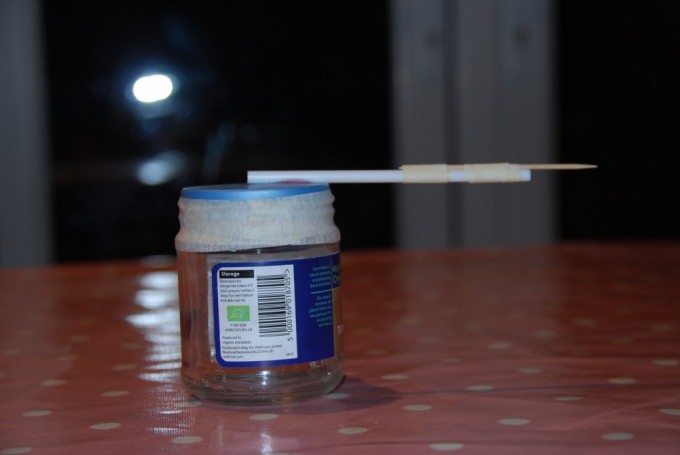
Egg into a Jar
Watch an egg magically drop into a jar . This happens because the air inside the jar is heated by the lit matches. After heating, the air starts to escape past the egg and as the air cools, the now higher pressure air on the outside forces the egg into the jar.
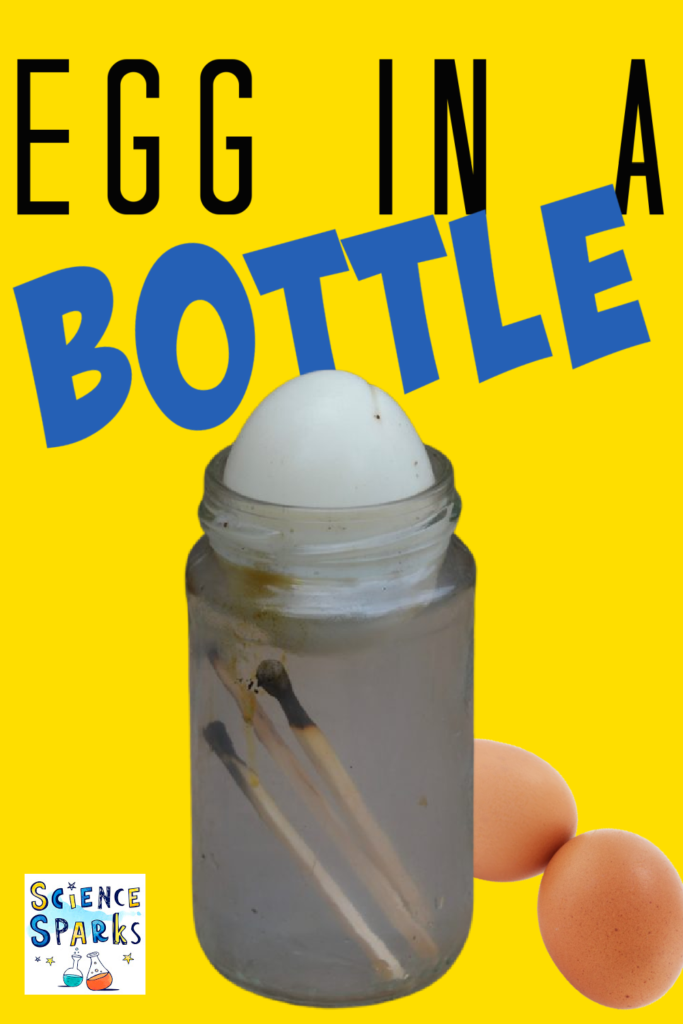
Make a Fake Lung
Find out how your lungs work with this fun model lung activity showing how changes in air pressure move air in and our of the lungs.

Rising Water Air Pressure Demonstration
Watch water rise up into a glass with this simple air pressure demonstration using a candle, water and glass.
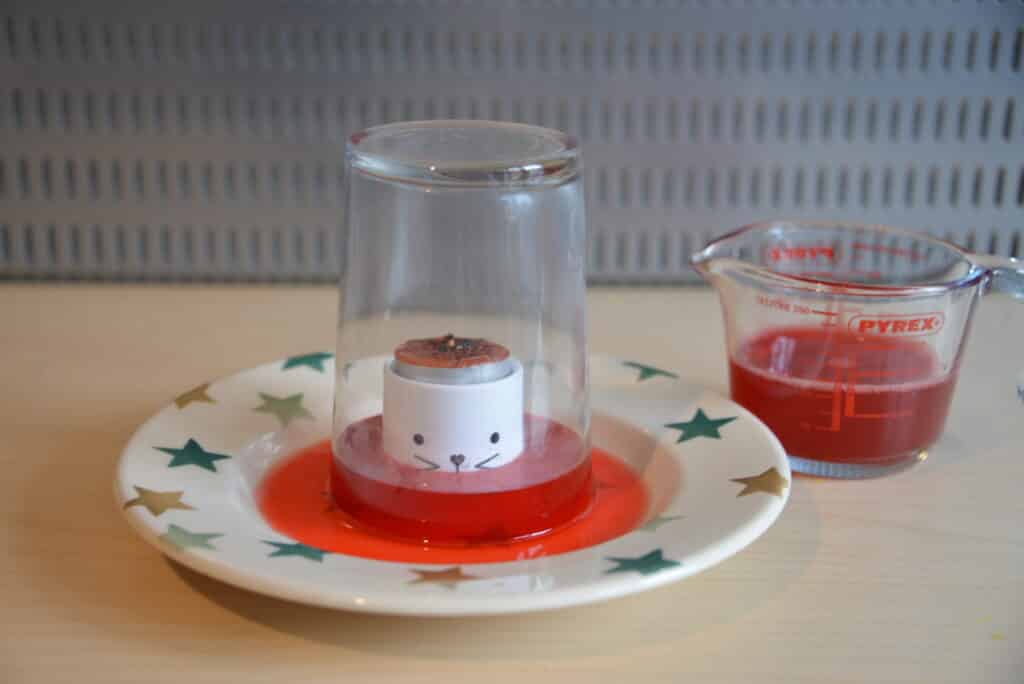
We also love this fun air pressure game on Kids Activities Blog .
Can you think of any more air pressure experiments or activity ideas to demonstrate air pressure for us?
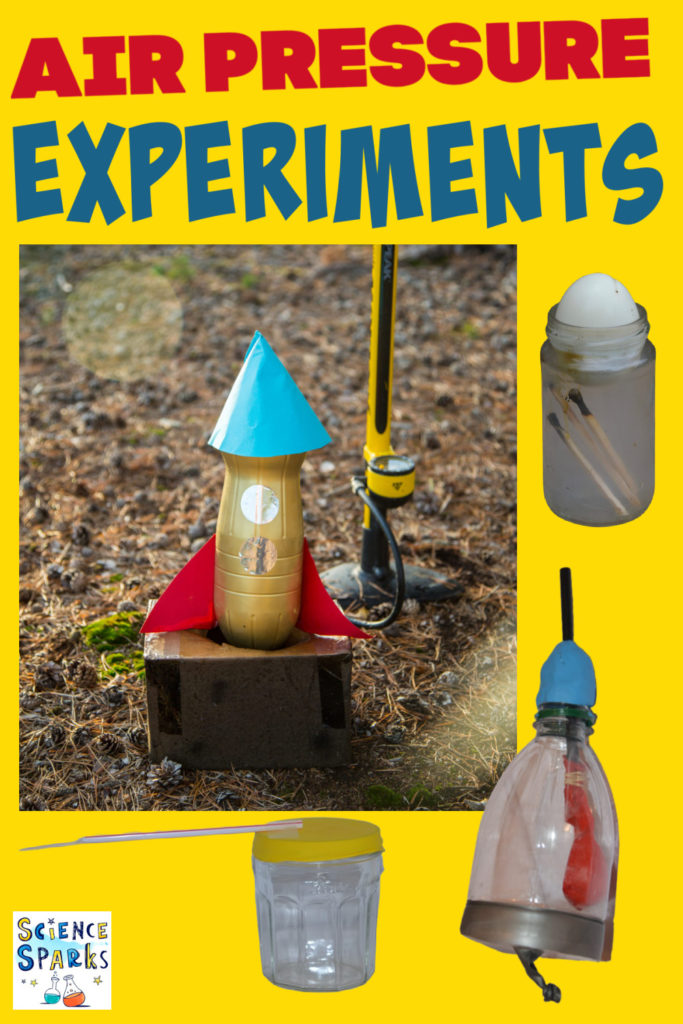
Last Updated on March 22, 2023 by Emma Vanstone
Safety Notice
Science Sparks ( Wild Sparks Enterprises Ltd ) are not liable for the actions of activity of any person who uses the information in this resource or in any of the suggested further resources. Science Sparks assume no liability with regard to injuries or damage to property that may occur as a result of using the information and carrying out the practical activities contained in this resource or in any of the suggested further resources.
These activities are designed to be carried out by children working with a parent, guardian or other appropriate adult. The adult involved is fully responsible for ensuring that the activities are carried out safely.
Reader Interactions
June 16, 2014 at 5:44 am
I am definitely going to try this experiments because kids love all these activities and there are generally very eager to experiment new things.
Leave a Reply Cancel reply
Your email address will not be published. Required fields are marked *

The Experiment Archive
Air experiments

Floating ping pong ball

Water cycle in a jar

Water implosion

Plastic bag kite

Forever boiling bottle

Inexhaustible bottle

Heavy smoke

String telephone

Salt water purifier

Hovering soap bubble

Homemade sailboat

Water mass meeting

Water sucking bottle

Water sucking glass

Spinning spiral snake

Imploding soda can

Plastic bag parachute

Upside down glass

Cloud in a bottle 1

Cloud in a bottle 2

Balloon rocket

Water whistle

Trash airplane

Tea bag rocket

Lung volume test

Straw propeller

Straw potato

Straw rocket launcher

Straw duck call

Balloon skewer

Heavy paper
Content of website.

Science Experiments for Kids – Air Science Activities for Preschoolers
Activities » Science » Science Experiments for Kids – Air Science Activities for Preschoolers
SHARE THIS POST:

I earn commissions from my affiliated links. Please see my disclosure policy for more details.
Looking for a fun way to teach your preschooler about air? Check out these science experiments that will help them learn about invisible gas! These activities are educational and exciting; your child will be a blast learning about air. So don’t wait – give these experiments a try today!
Check out these air science activities for preschoolers !
Air science is so cool!
Air exists, right?
We can’t see it, but we know it exists, right?
Good news! I have simple experiments with kids that demonstrate that air exists! Introduce the concept of air with easy science for kids. Teaching preschoolers that the earth is made of land, water, and air is an optimal starting point.

Easy Science for Kids
Explaining that air exists is an abstract idea. So the concept is challenging for kids who learn in concrete ways for the first several years of their life. We can’t see air, but we know it exists and takes up space. So how do we show that to preschoolers? Check out these experiments for preschoolers!
Introducing Air Science Activities for Preschoolers
Related Read: Preschool Science Activity with the States of Matter

Preschool science is the BEST. Kids love working with these fantastic yet basic concepts; there is nothing like watching their eyes light up as they discover and understand something new about science. Here are simple ways to show that air exists and needs space even though we can’t see it:
- Blow Bubbles with a Straw or your Mouth
- Watch the Clouds Move through the Sky & Study the Clouds
- Blow Up a Balloon
- Wave your Arm to Feel the Air
- Leave a Glass of Water Out and See What Happens Over Time as the Air Escapes (bubbles in the water and on the glass)
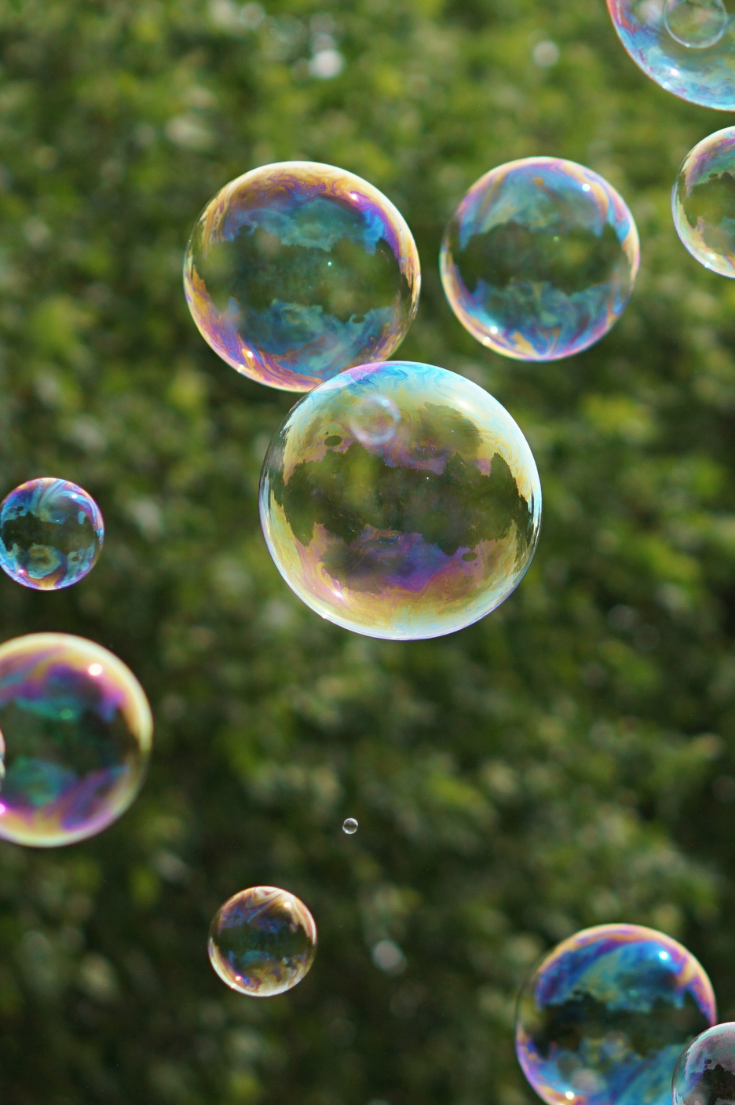
- Stuff a Paper Towel in a Glass so that it won’t fall out when you turn it upside down. Your child will have fun scrunching and stuffing the paper towel.
- Fill a bowl with water using a small pitcher to get your child more involved (plus pouring is a great fine motor activity). We dropped some liquid watercolor into the water to make it clear to the eye when the air escaped, and the water entered the cup. Turn the glass upside down, and put it in the water. Air takes up space, so the water does not come into the glass. Tip the glass a bit, and water enters the glass and absorbs into the paper towel.
Here are other Preschool Geography related post s which you might be interested in reading. Enjoy! Please leave a comment! I love hearing from you.
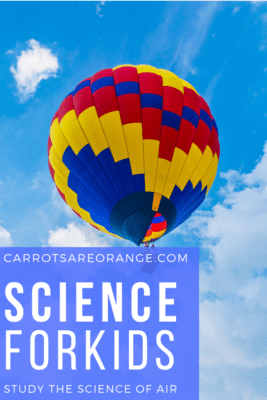
Resources Used in this Air Science Activities for Preschoolers
- Cross-Section Earth Model
- Air Is All Around You
Thank you for visiting today!
Other Science Activities:

How to Build a Magnetic Car with Your Kids
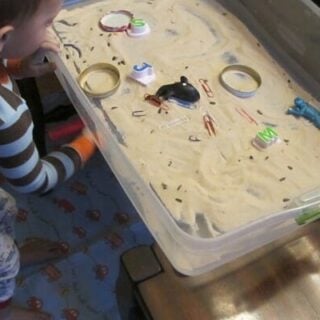
DIY Magnetic Sand Table
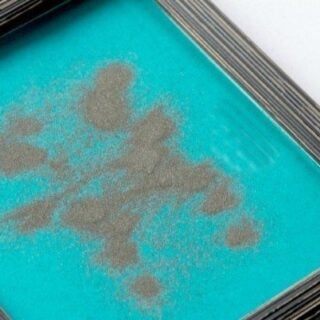
Magnetism Science Experiments for Kids: Magnetic Board

Light Activities for Preschoolers - Learning about Light Energy

The Ultimate List of Light Energy Experiments for Kids
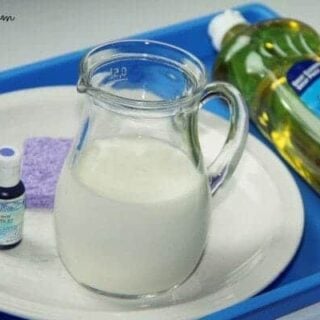
Science Activity with Milk & Food Coloring

Science of Flight Activities for Kids
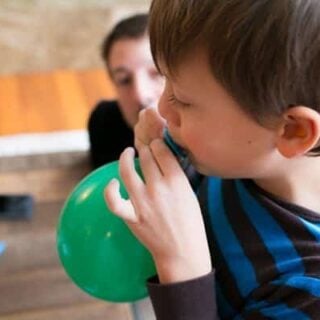
Easy Science Activity with Balloons - How to Build a Balloon Rocket
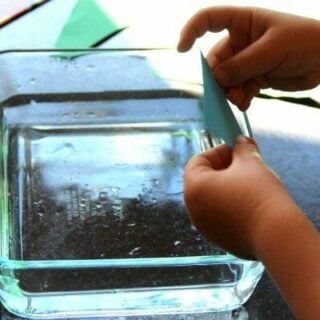
Easy Science Experiments for Kids - Surface Tension

Easy Motion Science Experiment that Will Wow Your Kids
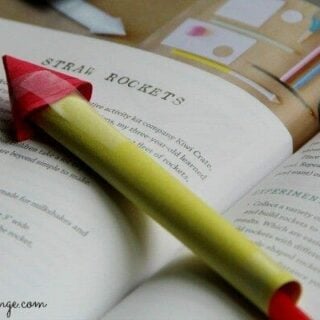
10+ Amazing Science Activities for Preschoolers
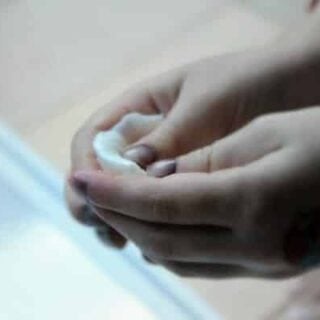
Arctic Animal Science Experiment for Preschoolers
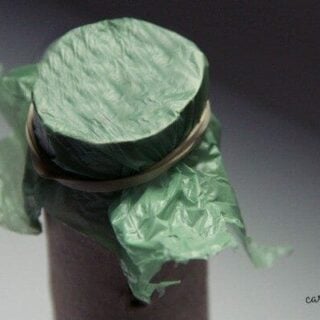
Super Cool Easy Science Experiments for Kids - Learn about Sound
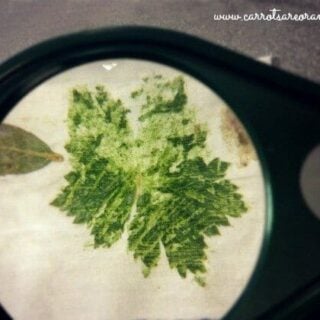
Preschool Physical Science Activity - Leaf Pounding
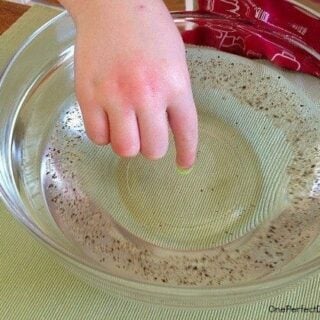
The Coolest Preschool Science Activity - Surface Tension
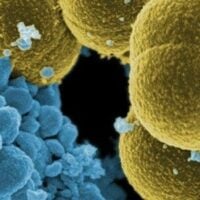
What Do Germs Look Like - Science Activity for Kids
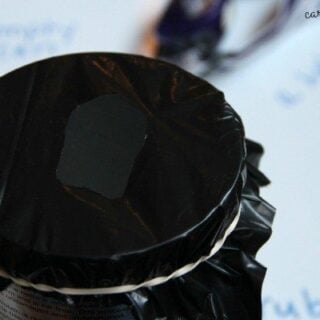
Explore How Cats Eyes Glow with this Science Activity
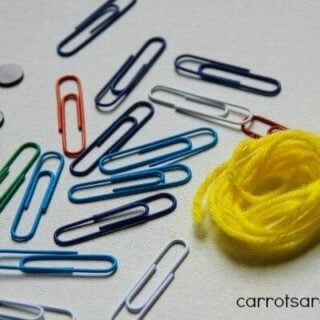
How to Make a Pulley with Kids - Easy Science Activity
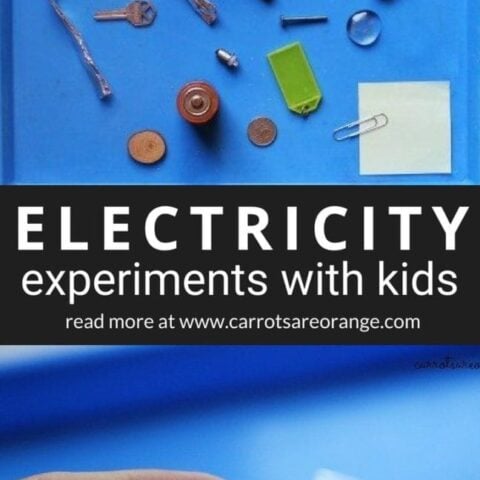
Electricity Experiments with Kids: Super Easy Science Experiments
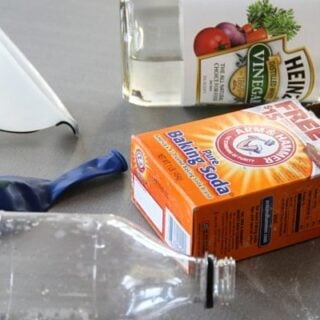
[Baking Soda and Vinegar] Experiment with Balloons - Earth Day Science
This site uses Akismet to reduce spam. Learn how your comment data is processed .
FREE K-12 standards-aligned STEM
curriculum for educators everywhere!
Find more at TeachEngineering.org .
- TeachEngineering
- Air - Is It Really There?
Hands-on Activity Air - Is It Really There?
Grade Level: 6 (4-6)
Time Required: 1 hour
Expendable Cost/Group: US $5.00
Group Size: 1
Activity Dependency: None
Subject Areas: Chemistry
NGSS Performance Expectations:


Curriculum in this Unit Units serve as guides to a particular content or subject area. Nested under units are lessons (in purple) and hands-on activities (in blue). Note that not all lessons and activities will exist under a unit, and instead may exist as "standalone" curriculum.
- Air Composition Pie Charts: A Recipe for Air
- Environmental History Timeline
- Air Pressure Experiments: I Can't Take the Pressure!
- Barometric Pressure: Good News – We're on the Rise!
- Dripping Wet or Dry as a Bone?
- Turning the Air Upside Down
- Word Origins & Metaphors: Take Their Word for It!
- Weather Forecasting: How Predictable!
| Unit | Lesson | Activity |
TE Newsletter
Engineering connection, learning objectives, materials list, worksheets and attachments, more curriculum like this, introduction/motivation, troubleshooting tips, activity scaling, user comments & tips.

Engineers must understand the physical properties of air so they can determine the best way to remove pollutants from contaminated air. They study how quickly air moves and how much pressure it exerts. This knowledge helps them design filtration systems that efficiently move air through a system, while at the same time ensuring that pollutants are removed before the air is released into the atmosphere.
After this activity, students should be able to:
- Understand and explain that air takes up space has mass, can move, exerts pressure, and can do work.
- Give examples that demonstrate an understanding of the properties of air.
- Explain why it is important for engineers to understand the properties of air.
Educational Standards Each TeachEngineering lesson or activity is correlated to one or more K-12 science, technology, engineering or math (STEM) educational standards. All 100,000+ K-12 STEM standards covered in TeachEngineering are collected, maintained and packaged by the Achievement Standards Network (ASN) , a project of D2L (www.achievementstandards.org). In the ASN, standards are hierarchically structured: first by source; e.g. , by state; within source by type; e.g. , science or mathematics; within type by subtype, then by grade, etc .
Ngss: next generation science standards - science.
| NGSS Performance Expectation | ||
|---|---|---|
| 5-PS1-1. Develop a model to describe that matter is made of particles too small to be seen. (Grade 5) Do you agree with this alignment? Thanks for your feedback! | ||
| This activity focuses on the following aspects of NGSS: | ||
| Science & Engineering Practices | Disciplinary Core Ideas | Crosscutting Concepts |
| Develop a model to describe phenomena. Alignment agreement: Thanks for your feedback! | Matter of any type can be subdivided into particles that are too small to see, but even then the matter still exists and can be detected by other means. A model showing that gases are made from matter particles that are too small to see and are moving freely around in space can explain many observations, including the inflation and shape of a balloon and the effects of air on larger particles or objects. Alignment agreement: Thanks for your feedback! | Natural objects exist from the very small to the immensely large. Alignment agreement: Thanks for your feedback! |
International Technology and Engineering Educators Association - Technology
View aligned curriculum
Do you agree with this alignment? Thanks for your feedback!
State Standards
Colorado - science.
Each student needs a copy of the Air - Is It Really There? Worksheet
Demo 1 – Air Takes Up Space
- Part A: 1 paper lunch bag
- Part B: 1 balloon, and 1 empty one-liter plastic pop or juice bottle (it must have a narrow neck; remove the label)
Demo 2 – Air Has Mass
- 2 identical balloons
- 1 meter stick
- 1 straight pin
Demo 3 – Air Can Move (We Can Feel It)
- 1 electric fan (table or floor size)
Demo 4 – Air Exerts Pressure (It Pushes on Things)
- Part A - Student Activity: 1 sheet of 8.5" x 11" paper per student
- Part B - Student Activity: Each student needs 1 straw and 1 small cup containing water
- Part C: 1 medium sized jar with an opening smaller than an index card, 1 index card or piece of light-weight cardboard, 1 large bowl/dish in case of spills, paper towels or rags in case of spills
- Part D: 1 small juice glass, 1 tissue and 1 medium bowl filled with water
Demo 5 – Air Does Work
- 1 medium-sized plastic bag
- A stack of textbooks
Most of the time, we hardly notice the air around us. We cannot usually see it or taste it. Air does not usually smell (but it does carry substances that we do smell). However, you can feel air when it moves and you can see the effects of air on your surroundings. When air moves, it has great power (to push sailboats, drive windmills and move clouds), and when it is compressed (squashed into a small space), it has great strength (air in a tire supports a vehicle and helps a helicopter to rise into the air).
We must have air to survive. Because of this, engineers work to solve our air pollution problems. There are many things that complicate these solutions, so engineers who work on air pollution problems must have a firm understanding of the composition, properties and behavior of air.
This activity focuses on the physical properties of air: Air takes up space, has mass, can move, exerts pressure and can do work. Engineers need to know the physical properties of air so they can determine the best way to remove pollutants from it. These properties are important to consider when designing a system or process to remove pollutants from the air. Many car exhaust systems, power plant emissions stacks and building systems utilize high-tech filter devices designed to remove pollutants from the air. Some systems that require air to move through pipes can treat only limited volumes of air at a time. Engineers study how quickly air moves and how much pressure it exerts so they can design filtration systems that are strong enough to efficiently move air through the system while still ensuring pollutants are removed before the air is released into the atmosphere.
Before the Activity
The demonstrations go more smoothly if you practice them in advance.
- If you have all the supplies organized and ready, it is possible to do all of these demos in one class period.
- Hand out the Air - Is It Really There? Worksheet for students to use to record their observations along with the demos.
With the Students
Part A — Hold up a paper bag and ask the students if there is anything in it. Have the students open the lunch bag and look inside.
Next, blow into the bag and hold the top tight with your hand (see Figure 1).
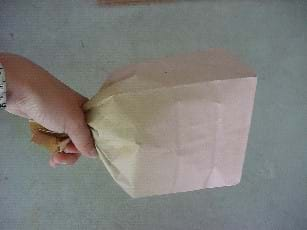
Question: Ask the students, What is in the bag now? (Answer: Air)
Part B — Push a deflated balloon into a bottle and stretch the open end of the balloon back over the bottle's mouth (see Figure 2).
Question: Have the students guess what will happen to the balloon if you were to try to inflate it inside the bottle. Will the balloon break the bottle, pop or do nothing?
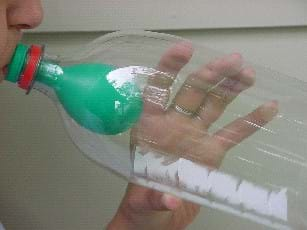
Try to blow up the balloon!
After the experiment, discuss why the balloon did nothing. (Answer: Because air takes up space, the bottle was full of air. When you try to blow up the balloon, the air trapped inside the bottle prevents the balloon from inflating.)
Make the point that even though air is invisible, it still takes up space . Also, discus how engineers need to know how much space air takes up so they can design filtration systems that are large enough to treat the polluted air created by cars, power plants and factories.
Hold up two inflated balloons of the same size attached to opposite ends of a meter stick. Ask the students if there is anything in them. (Answer: Air)
Balance the meter stick such that it is perfectly horizontal, showing that both sides have equal mass (see Figure 3). This may not be perfectly accurate, but it is close enough for the demonstration. Ask students to describe why it balances like this.
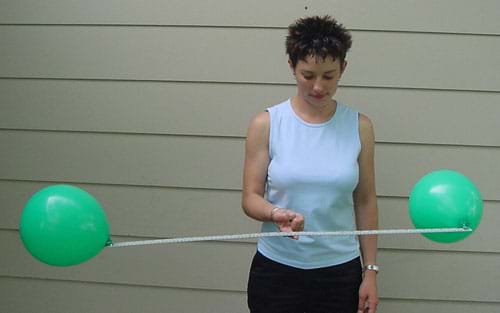
Question: Ask students what will happen if you pop one of the balloons. (Answer: They should predict that the end with the inflated balloon still attached will "go down" and the end with the deflated balloon will rise. They can usually relate this to the action of a playground see-saw.)
Pop one of the balloons with the pin.
Question: Ask students to describe what happened and why. (Answer: The side of the stick with the popped balloon rises, because the mass of air in that balloon was released, making that side of the stick lighter.)
Make the point that that even though air is invisible, it still has mass . Why is this important for engineers to study? (Answer: Engineers need to make sure the filtration systems they design are made from materials strong enough to hold the air that is being treated and not break under the weight of the polluted air.)
Alternatively, use a triple-beam or electronic balance, to measure the mass of the balloon before and after it is inflated. What is the mass of the air inside?
Talk about air. Can the students see air? How do they know it is there? (Answer: We can feel it moving, for example, the wind.)
Direct an electric fan towards the students and turn it on (see Figure 4).
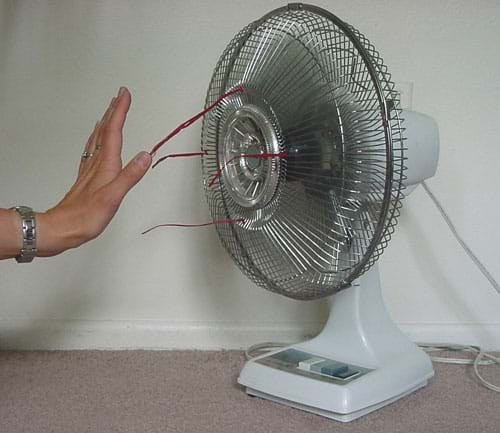
Ask the students what they felt when they were in front of the fan.
After their responses, explain that what they were feeling was air moving very fast. Explain how the fan makes air move very fast.
Make the point that even though air is invisible, it still can move.
Question: Ask the students to give other examples of when air is moving very fast. Why is it important for engineers to study moving air? (Answer: Engineers need to know how to move air through the filtration systems. A very good filtration system is useless if you cannot get the polluted air to go through it.)
Part A — Take the students to a place where there is plenty of room to run. If it is a nice day, the activity can be done outside on a playground or in a field. If not, use a gymnasium. At the activity area, pick a few volunteer students. Hand each a piece of 8.5" x 11" paper.
Ask the rest of the class what they think will happen to a piece of paper if the volunteer puts it against their stomach while walking forward without holding the paper in place.
Instruct one of the volunteer students to hold a piece of paper against their stomach. Have the student let go of the paper when they begin to walk forward (see Figure 5). (The paper should fall to the ground.)
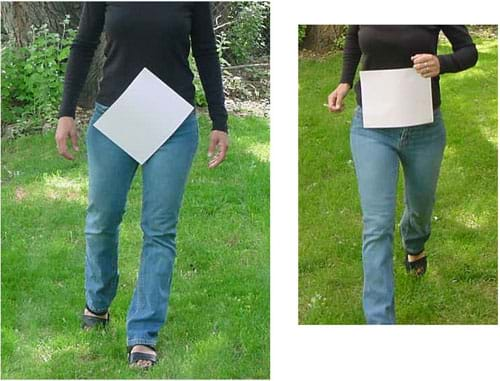
Question: Ask the class if they have any ideas why the paper did not stay against the student's body.
Question: Ask the students what they think will happen to the piece of paper if they put it against their stomach and run in a straight line without holding the paper in place.
Select a second volunteer. Have the student place the paper against their stomach and hold it with their hand.
Tell the student to begin running in a straight line and let go of the paper when they begin running (see Figure 5). (The paper should stay in place.)
Question: Ask the class if they know why the paper stayed in place when the student ran. What caused the paper to stay in place?
Have the rest of the students who want to try it, do so.
Afterwards, explain that the force holding the paper in place when the student ran was air. Make the point that even though air is invisible, it exerts pressure . When you run, the air pushes against you, working to hold the piece of paper against your body. While walking, the paper did not stay in place because the air was not pushing very hard against your body.
Part B — Pass out straws to the students, along with small cups of water.
Allow the students to experiment with the straws by covering the tops with their fingers while withdrawing them from the water. They should note that the water does not fall out of the straws unless they remove their fingers.
Explain to the students that the water does not fall out when the top of the straw is sealed because the pressure of the air outside the straw pushes against the water through the open end of the straw. (If the water were to fall out of a covered straw, a vacuum would be created in the region vacated by the water. Since the vacuum has no pressure while the atmosphere does, the pressure differential keeps the water in the straw against the force of gravity.)
Part C — Question: Ask the students if they think the same result (as Demo 4B) would occur if instead of a straw, they used a container with a larger diameter.
Fill a jar completely with water. Cover the mouth of the jar with an index card. Be sure to get the rim of the jar slightly wet. The best way to do this is to have a slight excess of water on top before you put the card on.
Keeping one finger on the cover, invert the container. Carefully remove your finger. Slowly rotate the jar through a complete circle so the mouth faces up and then down again (see Figure 6). The card should stay on the jar regardless of orientation, showing that air pressure is exerted on the card from the top, bottom and sides.
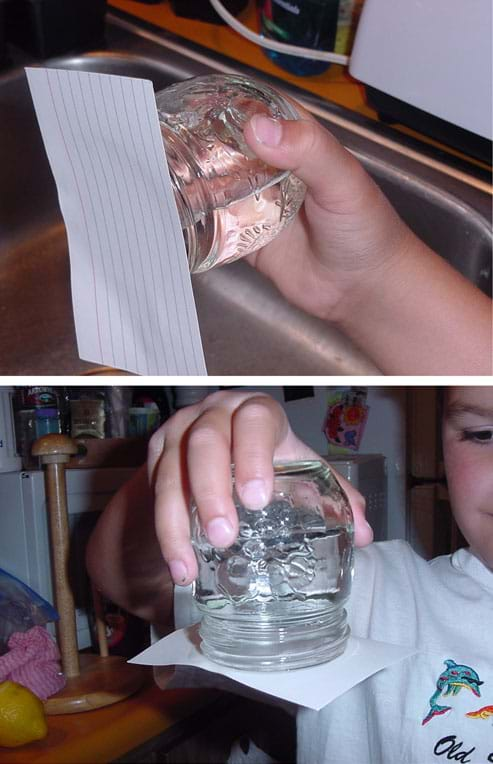
Part D — Crumple a tissue and push it down into the bottom of a glass so that it does not fall out when you invert the glass.
Turn the glass upside down and place it under the water in a bowl (see Figure 7). Do not tilt the glass. You should find that the water does not enter the glass and that the tissue stays dry.
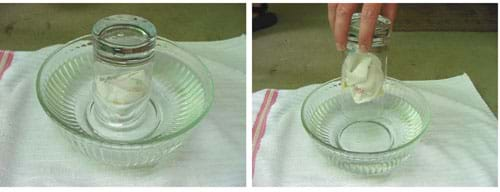
Question: Ask students to suggest ideas for why the tissue does not get wet. (Answer: Water cannot get into the glass [provided you do not tip it] because the glass is full of air.)
Question: Why is this important to engineers? (Answer: Engineers need to determine how much pressure air exerts so they can design filtration systems that are large enough for all the air to flow through without exerting so much pressure that it breaks the system. Just like when you were running, the air pushed a piece of paper up against you. This same type of pressure is felt by all of the parts of the filtration system as the air moves quickly by. Therefore all of the pieces of the system must be strong enough to not break under this pressure.)
Question: Ask students if they can suggest a way to lift a pile of books using only their breath.
Question: If the air is strong enough to push a piece of paper and hold water in a straw or jar, is it strong enough to move and hold books?
Place a plastic bag under the textbooks such that the open end is sticking out slightly. Carefully blow air into the bag, being sure to close the end each time you put in a new breath. The air in the bag should lift the books (see Figure 8).
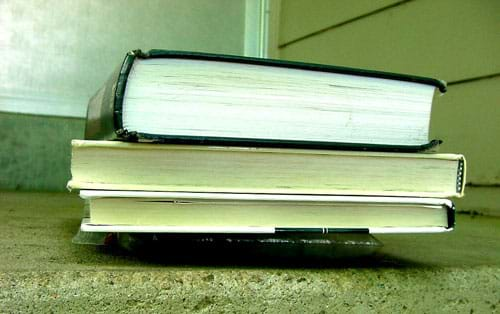
Question: Ask the students to describe is happening. (Answer: The air in the bag lifts the books.)
Make the point that even though air is invisible, it still can do work.
Question: Ask the students to brainstorm other examples of when air does work. (for example, supporting airplanes, floating hot air balloons, moving windmills, inflating tires that support cars and bicycles, etc.).
At the end, instruct the students to complete the Air – Is It Really There? Worksheet.
Pre-Activity Assessment
Discussion Question : Ask a discussion question to get students to think about the upcoming activity concepts. Record their answers on the board.
- What are the properties of air? How would you describe air? (Tell them that they will learn more about the properties of air in this activity.)
Activity Embedded Assessment
Question/Answer : During the course of the activity demos, have students answer a series of questions. These are labeled "Question:" throughout the Procedure section.
Worksheet : During the course of the activity demos, have the students record their observations of the demos on their copy of the Air - Is It Really There? Worksheet .
Post-Activity Assessment
Writing : Have the students write a summary about the properties of air demonstrated in this activity. They should include at least one example (either from the activity or discussion) of each of the properties discussed (air takes up space, has mass, moves, exerts pressure, does work). They should also explain why it is important for engineers to study the physical properties of air.
Safety Issues
- Make sure students remain seated during all demonstrations. Many of the demos use glass so extra care is required to ensure it does not accidentally get broken by wandering hands.
Be prepared with paper towels or rags for clean up.
- Younger students enjoy these demonstrations. Ask them to draw pictures to show each of the properties of air (air takes up space, has mass, moves, exerts pressure, does work).

Students are introduced to the concepts of air pollution, air quality, and climate change. The three lesson parts (including the associated activities) focus on the prerequisites for understanding air pollution. First, students use M&M® candies to create pie graphs that express their understanding o...

Students are introduced to the concepts of air pollution and technologies that engineers have developed to reduce air pollution. They develop an understanding of visible air pollutants with an incomplete combustion demonstration, a "smog in a jar" demonstration, construction of simple particulate ma...

Cunningham, J. and N. Herr. Hands-on Physics Activities with Real-Life Applications . West Nyack, NY: The Center for Applied Research in Education, pp. 188-210. 1994.
Environmental Science Lesson Plans. Last updated May 15, 2006. Lesson Plans for Teachers, TCEQ, Texas Commission on Environmental Quality. Accessed September 18, 2006. Formerly available from http://www.tceq.state.tx.us/assistance/education/k-12education/lessonplans.html
EPA NE: Indoor Air Quality – Tools for Schools. April 16, 2004. U.S. Environmental Protection Agency. Accessed October 13, 2004. http://www.epa.gov/iaq/states/nebraska.html
Walpole, Brenda. 175 Science Experiments to Amuse and Amaze Your Friends . Random House, 1988.
Contributors
Supporting program, acknowledgements.
The contents of this digital library curriculum were developed under a grant from the Fund for the Improvement of Postsecondary Education (FIPSE), U.S. Department of Education and National Science Foundation GK-12 grant no. 0338326. However, these contents do not necessarily represent the policies of the Department of Education or National Science Foundation, and you should not assume endorsement by the federal government.
Last modified: November 12, 2020
Choose an Account to Log In

Notifications
Where's the air.

Air can be a big brain bender for first grade scientists. After all, you can’t see it, you can’t taste it, and if you try to reach out and touch it, people might think you’re a little nuts. So how can your child tell it’s real?
Some very, very smart people have wondered the same thing for centuries. One way we can tell that air exists is by observing some of the things it does. Air can fill a balloon, for example, and when it’s in the form of wind, it can move leaves and blow your hair around. Here’s a quick, fun experiment that your child can do with just a few things from around the house.
What You Need:
What you do:.
- Have your child place the jar on a tabletop.
- About ten inches behind the jar, place a short (4-inches tall or so) candle upright, and light it. The flame should be entirely centered behind the jar—not over to the side, and not taller than the jar.
- Invite your child to make a scientific guess—a hypothesis—about this candle. If your child blows hard on the jar, not the candle, will anything happen? Will the candle flame stay the same?
- Now ask your child to blow hard on the jar on the opposite side of the candle—so that the jar is directly in front of her with the candle directly behind it.
- What happens when she blows on the jar? The candle should go out immediately! (If it doesn’t, move it a little bit forward so it’s closer to the back of the jar). How did this happen? Did the air travel through the jar? Ask your child what she thinks. What happened was that the air separated when it hit the sides of the jar and flowed around its curves to come together again and form a stream that hit the candle. Sure, you couldn’t see it, but it happened!
When air comes into contact with objects, it flows around the contours of the object it hits, creating forces that can lift kites and blow out candles. In fact, the same property is what make flying a plane possible! This experiment will not only amaze your child, but it will also get her interested in learning some basic physics concepts regarding the important properties of air.
Related learning resources
Add to collection, create new collection, new collection, new collection>, sign up to start collecting.
Bookmark this to easily find it later. Then send your curated collection to your children, or put together your own custom lesson plan.
- Rating Count
- Price (Ascending)
- Price (Descending)
- Most Recent
Air pressure experiments
Resource type.
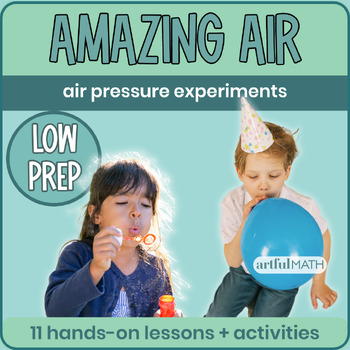
Air Pressure Science Experiments | Real-World STEM Inquiry Activities 3rd Grade

Bernoulli's Principle | Three Air Pressure Demonstrations & Experiments STEM

Weather Air Pressure Activities | Cloud In A Bottle Science Experiment | Gr 4 5

Air Pressure , Air Masses - Science Experiments Inquiry- Scientific Method

Weather Air Pressure Activities | Cloud In A Bottle Science Experiment | Gr 2 3
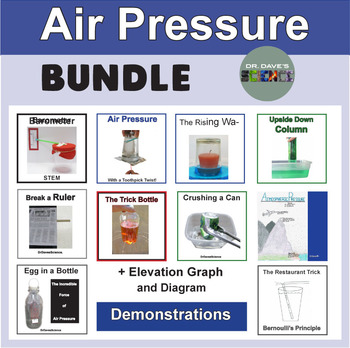
Air Pressure Experiments Activities and Demonstrations

Air Pressure Science Reading Passage & Worksheets: Experiments Included

Air Pressure I: Can Crusher a Science Experiment on Air Pressure
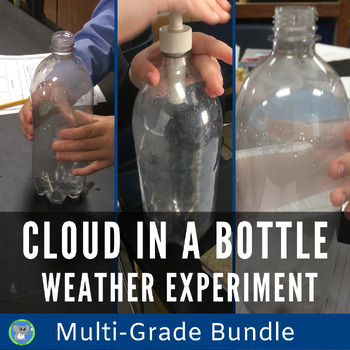
Weather And Air Pressure | Cloud In A Bottle Experiment | Grade K To 5 Bundle
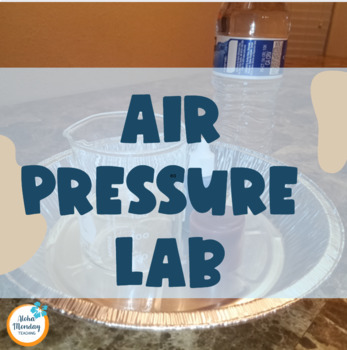
Air Pressure Experiments - Air Pressure Lab

Convection Water Lab Experiment | Heat Transfer | Optional Air Pressure Currents

Can Crush Air Pressure Science Experiment for Special Education

Air Pressure Phenomena: NYSSLS | NGSS Aligned Exploration & Experiments

Air Pressure Experiment

Air Pressure II: Air Pressure Prank (a Science Experiment !)
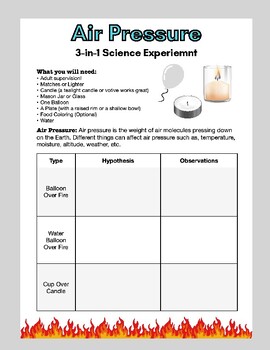
Exploring Air Pressure : 3-in-1 Science Experiment Journal With Instructions

STEM Experiments : Air Properties and Pressure

Air Pressure Bottle Crush Experiment

Air Pressure III | Fun STEM Activity, Science Experiment
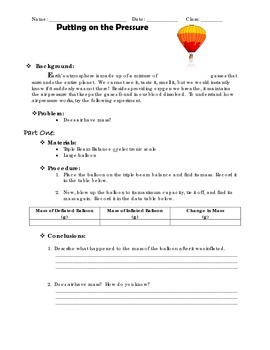
Air Pressure - Labratory Experiment

Science Experiment about Air - Amazing Air Pressure

Easy air pressure experiments

Air Pressure Experiments : I Can't Take the Pressure !

- We're hiring
- Help & FAQ
- Privacy policy
- Student privacy
- Terms of service
- Tell us what you think
This worksheet is an application worksheet on the properties and importance of air
Loading ad...
- Google Classroom
- Microsoft Teams
- Download PDF

How Wee Learn
Out of the box learning ideas, playful art, exploring nature, and simple living - that is How We Learn!
Sun Science Experiments for Kids | 15 Fun Ideas!
July 31, 2024 by Sarah Leave a Comment
Earlier this week, I shared with you how we made a DIY Solar Oven . The kids had so much fun seeing what they could cook in their oven, and the whole process was filled with lots of sun science learning, too! Today, I’m going to share with you more ways that you can learn about the sun, light, and heat with 15 Sun Science Experiments for Kids!

15 Sun Science Experiments for Kids
There are so many ways to learn with the sun! From learning about how color affects light absorption, to the effect heat has on air, how shadows move and change, and how we can stay safe from UV exposure. These 15 sun science experiments cover all of those topics—and more!—through fun, hands-on learning.

#1 What Absorbs More Heat – Black or White? by Lessons for Little Ones
This is a fun little experiment to find out whether color makes a difference in how much heat is absorbed. Kids can make their predictions, set up the experiment, and learn how different colors absorb light and emit heat differently. You could also try this experiment with a black crayon and a white crayon to visibly see the effect!
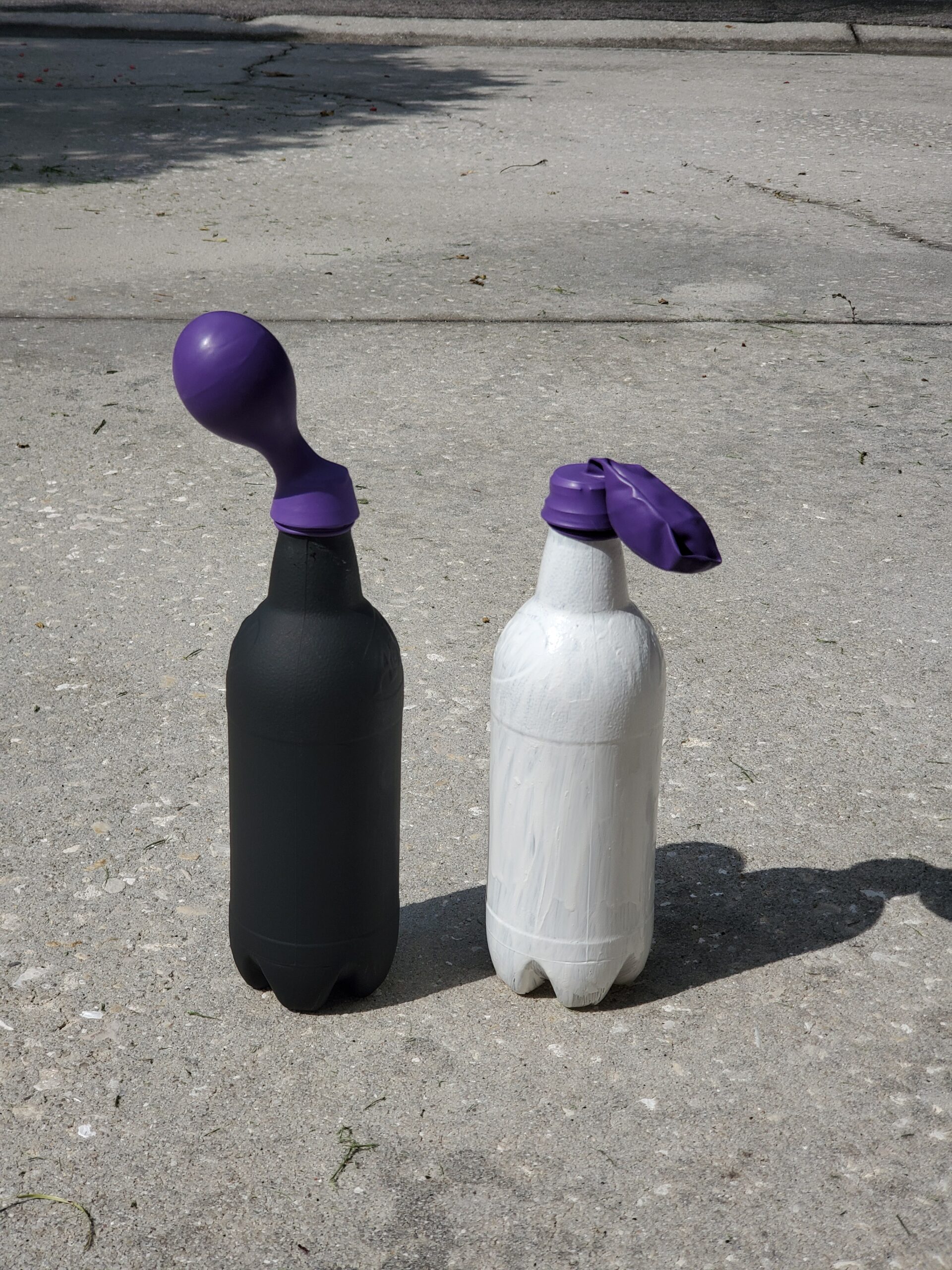
#2 Solar Powered Balloons by Naples Botanical Garden
If you completed the first experiment in this list, you’ll know that the black bottle will heat up more than the white bottle. As the black bottle warms up, so does the air inside the bottle. And when air heats up, it expands and floats upward!

#3 Solar Updraft Tower by Almost Unschoolers
In the last science experiment, we learned that hot air expands and floats upward. How can we use that knowledge to make a fan? With a solar updraft tower!

#4 Shadow Experiment by The First Grade Roundup
With just a piece of chalk and a partner, you can head outside and discover how the sun affects our shadows! Mark an X on the ground and have a partner trace your shadow in the morning. Now it’s prediction time! What will happen to your shadow if you stand in that same spot in the afternoon? Enjoy another activity while you wait (maybe you can build a solar oven!) then head back out in the afternoon to find out how your shadow changes.
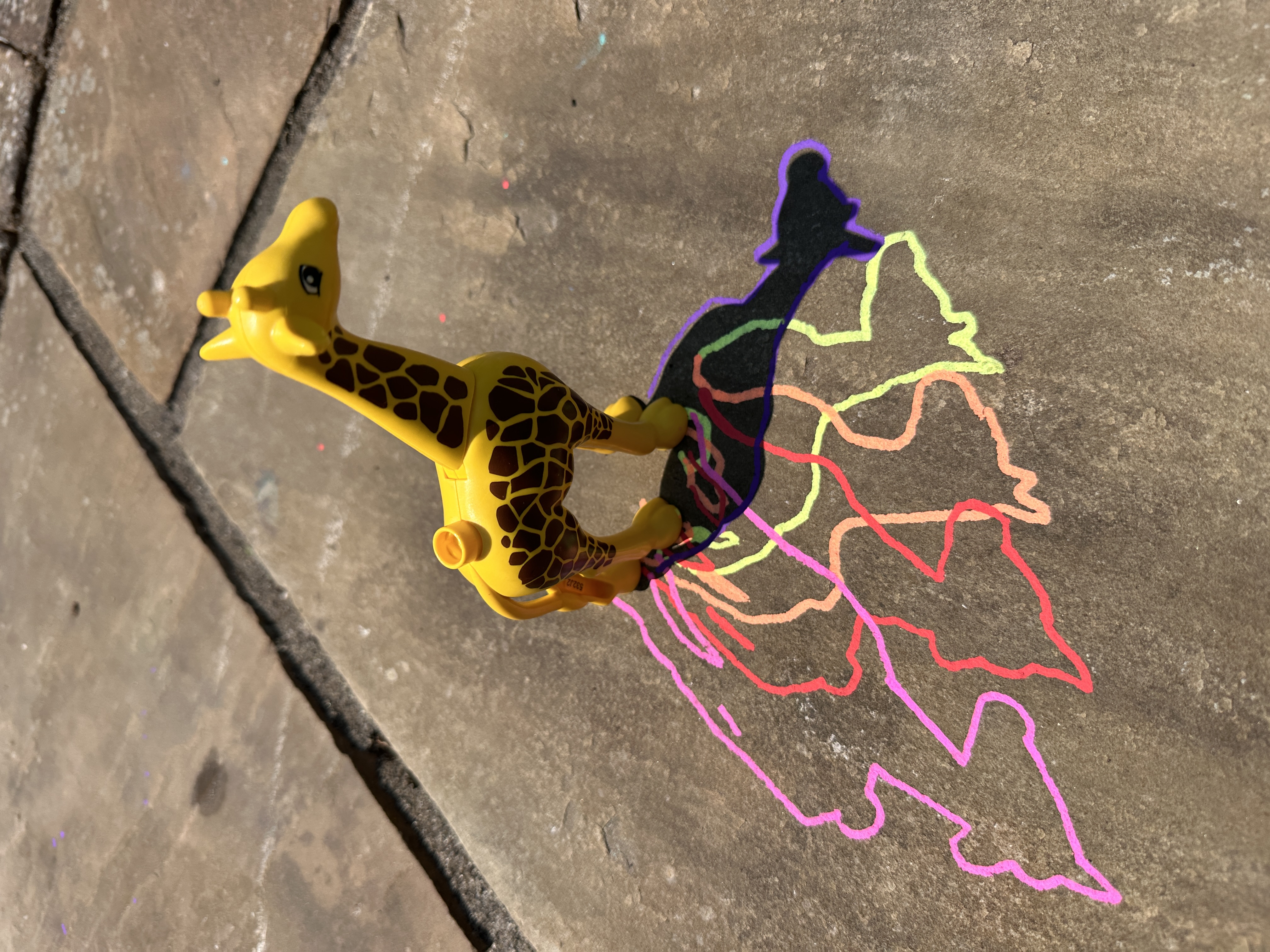
#5 Follow a Shadow by Science Sparks
Another fun way to learn about shadows is with this simple “follow a shadow” activity! I love how they used a chalk pen to outline the toy’s shadow to make it nice and crisp.

#6 Experiment with Shadows by Exploratorium
Now that you’ve learned a bit about shadows and how they move throughout the day, let’s experiment and play with making different types of shadows! Grab a variety of materials and let your kids experiment with how light makes different types of shadows. Can you make a colored shadow? Or combine two shadows to make some cool designs?

#7 Light Box Experiment by Lessons for Little Ones
Learn about light refraction with this simple experiment! Kids can experiment with changing the bottles and position of the box to see how it affects the (really cool) light show inside the box.

Turner, Joanna & Parisi, Alfio & Downs, Nathan & Lynch, Mark. (2014). From Ultraviolet to Prussian blue: A spectral response for the cyanotype process and a safe educational activity to explain UV exposure for all ages. Photochem. Photobiol. Sci.. 13. 10.1039/C4PP00166D.
#8 From Ultraviolet to Prussian Blue by Joanna Turner et al.
This link is for a complete research paper about how to use cyanotype paper to show kids the effects of UV exposure. We made cyanotype art prints using nature items as part of our Sun Science Family Unit Study, but you can also use sunscreen directly on the cyanotype paper! What a fascinating way to see how sunscreen blocks UV light and learn about sun safety while you’re at it.
Don’t have any cyanotype paper? You can perform a similar experiment with regular construction paper like in this blog post by Playdough to Plato .
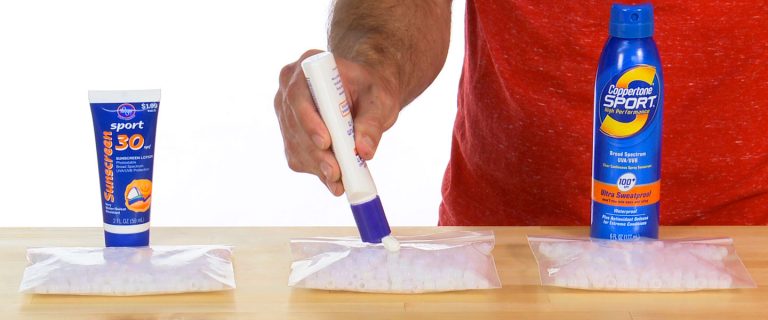
#9 Revealing UV with Color-Changing Beads by Steve Spangler Science
Did you know that UV color-changing beads are a thing?! I didn’t until I saw this experiment! This is a great experiment to see how different sunscreens affect the color-changing beads and to see that color transformation in real time!
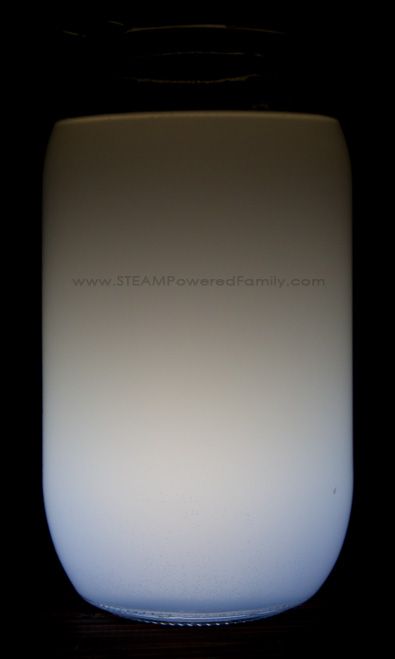
#10 The Colours of Sunset Explored by STEAM Powered Family
All you need is a smooth-sided glass container, water, milk, and a flashlight to find out once and for all why the sky is blue during the day but beautiful shades of orange and red during at sunset.
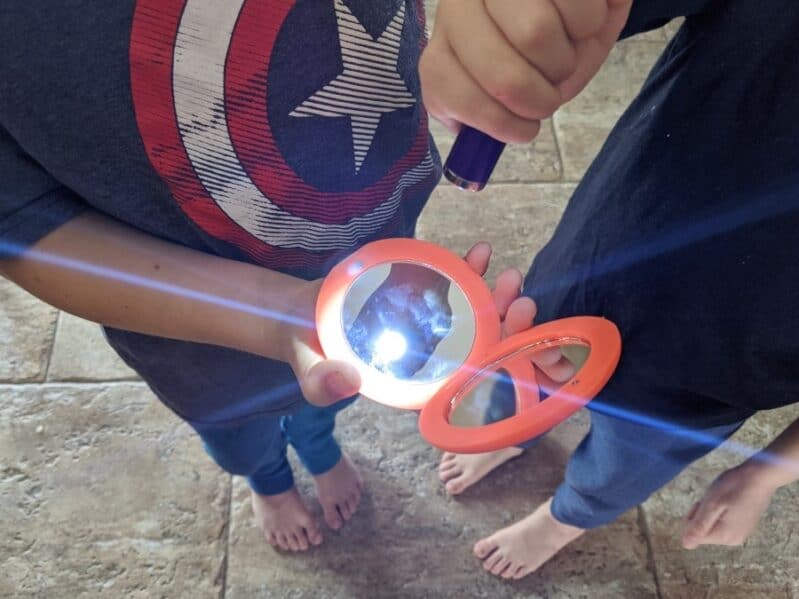
#11 Simple Light Experiments by Hands On As We Grow
Learn about concepts like reflection and absorption with this three-part science experiment from Hands On As We Grow.

#12 What Melts in the Sun? by Frugal Fun for Boys and Girls
Oh, muffin tray , what can’t you do? Simply grab that trusty muffin tray and have your little one fill it with a variety of objects—some that you think will melt, some that you don’t think will melt, and some that might be a surprise to everyone!
#13 Solar Floating Balloon by Becky Stern on Instructables
Can you make a balloon float with the sun? You sure can! All you need are some black garbage bags, tape, and a thin string. Watch the video above or check out the blog post to see how to make your very own floating solar balloon. So cool!
#14 How to Pop a Balloon Inside a Balloon Using Sun by TheDadLab
This is such a fun one that’s filled with lots of learning! You could time how long it takes for different colors of balloons to pop, then when the little ones think they have it all figured out, make a double-balloon and get ready to blow your kids’ minds!

#15 Solar Heated Home Design STEM Challenge by Solar 4 Stem
With all of that fantastic sun science learning, it’s time to put it all together into a STEM Challenge! Challenge the kids to design a cardboard house so that it will stay as cool as possible. They can decide what color the inside and outside will be, how big the windows are, what they use for a window covering, and what direction they’ll face their house outside. Test out your cardboard houses by placing them in the sun with a thermometer inside and see how much the temperature changes in each!
Ready to dive into a hands-on unit study about the Sun?
My Sun Science Family Unit Study lays out everything for you, step-by-step, with 10 fascinating topics to explore. And the best part? It’s designed to work for children ages 4 to 12, so the whole family can learn together!
Check out a sample and grab your copy right here: https://shop.howweelearn.com/products/family-unit-study-sun-science
Thank you so much for reading, my friend!
"Mom, you're the BEST!"
Get playful activities emailed each week. Subscribing is FREE!
Leave a Reply Cancel reply
Your email address will not be published. Required fields are marked *
Save my name, email, and website in this browser for the next time I comment.
Attachment The maximum upload file size: 512 MB. You can upload: image , audio , video , document , spreadsheet , interactive , other . Drop file here
For every step of your journey
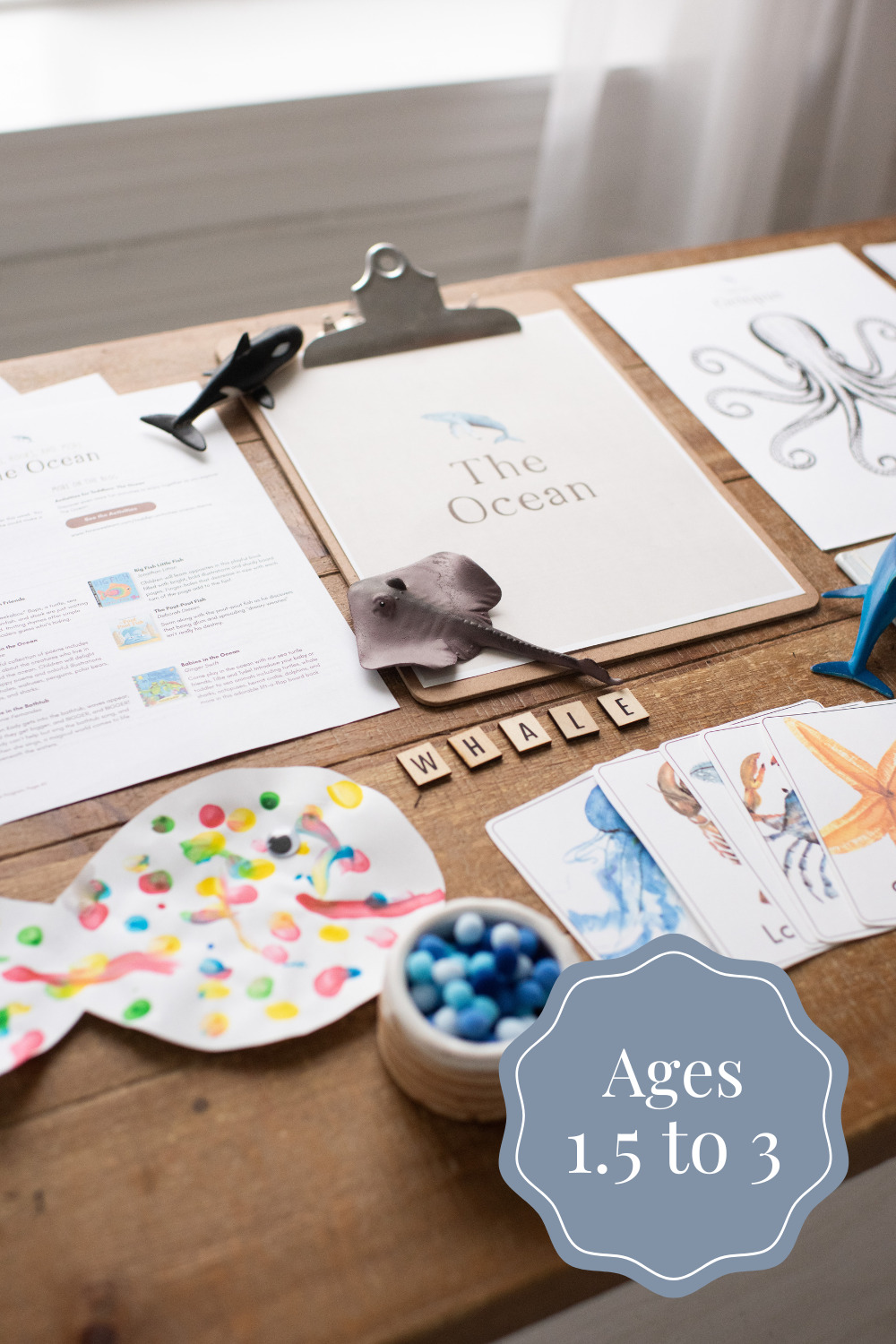
Shop Resources
Privacy Overview
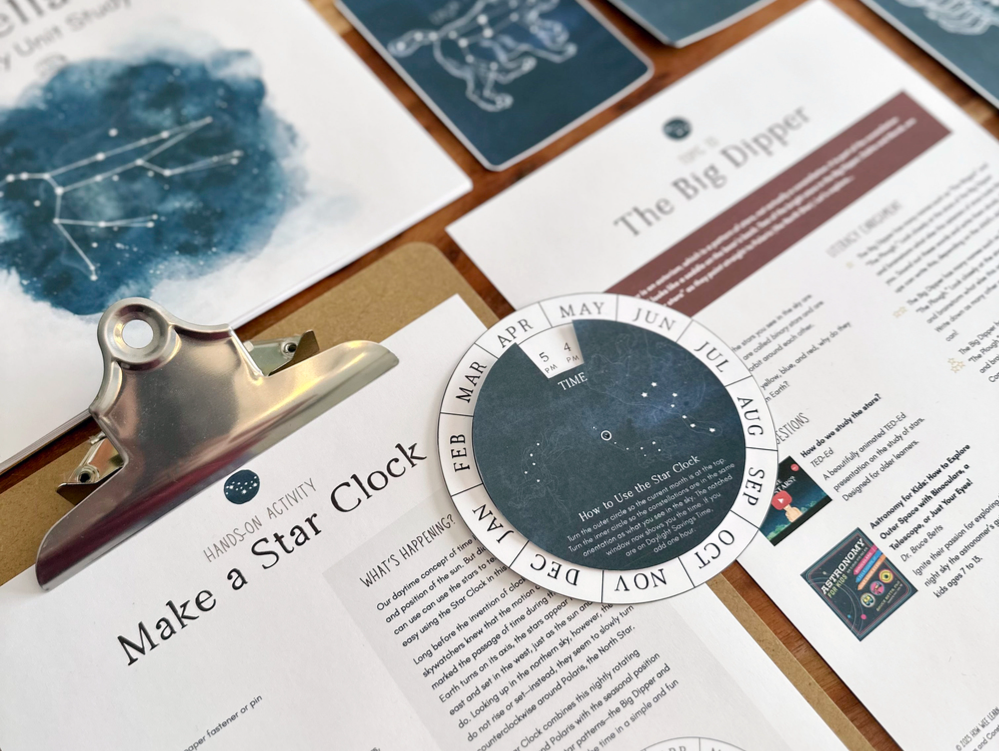
Free Sample
Stars & constellations family unit study.
Wondering if Unit Studies are right for you? Get a FREE sample! It will be delivered to your inbox instantly, then you will be redirected to my shop where you can take a peek at the rest of the available units and bundles.
Each week, I send an email to my lovely subscribers with fun activities for children. You’ll also be the first to know when I’m offering an incredible deal. Unsubscribe at any time!
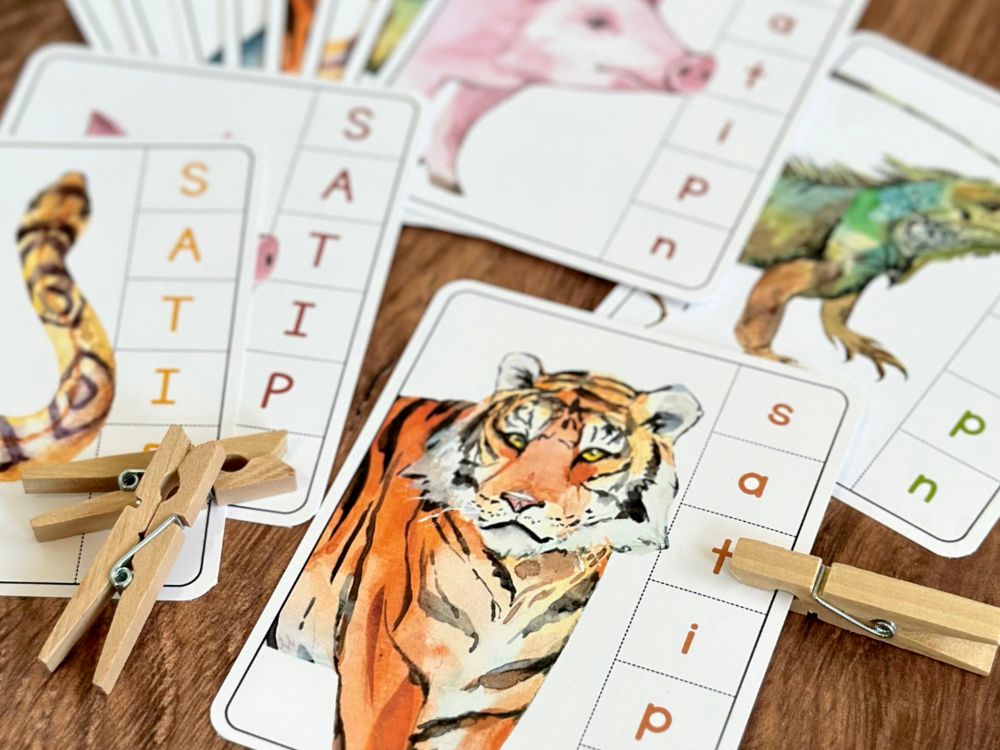
Free Printable
Let's take the mystery out of learning to read..
Check your inbox! Your free printable will be emailed to you immediately.
EARTHQUAKE XT 3/4 in. Composite Xtreme Torque Air Impact Wrench for $189.99

Inside Track Club members can buy the EARTHQUAKE XT 3/4 in. Composite Xtreme Torque Air Impact Wrench (Item 62892) for $189.99, valid through August 29, 2024.
Compare our price of $189.99 to SNAP-ON at $1239.95 (model number: MG1250). Save $1049 by shopping at Harbor Freight.
This professional grade air wrench handles the toughest jobs with no sweat. The composite impact wrench delivers a pounding 1700 ft. lbs. of bolt breakaway torque. The lightweight composite handle reduces strain.
The EARTHQUAKE XT 3/4 in. Composite Xtreme Torque Air Impact Wrench (Item 62892) has a 4.5-star rating on HarborFreight.com . Save on Harbor Freight’s customer favorites with our super coupons. Search our Harbor Freight coupons for deals on Harbor Freight’s generators, air compressors, power tools, and more.
This is an Inside Track Club deal – valid ONLY for members. Our Inside Track Club members get access to Exclusive Member Deals on new items monthly. Look for the blue tags in-store or view online . When you're ready to join, click here to join Inside Track Club.
Shop by Department
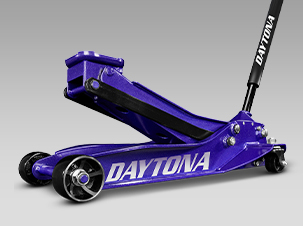

IMAGES
VIDEO
COMMENTS
Why it works: Blowing air between the balloons lowers the air pressure and makes the pressure surrounding them higher, pushing them together. Allison Sutcliffe. 4. Levitate Water. You won't need to incant Wingardium Leviosa with perfect pronunciation to suspend water during this exciting experiment.
6. Balloon in a Bottle: Air Pressure Experiment. This is a simple experiment that shows how Air Pressure works. Objective: Kids learn how air and air pressure are able to expand a balloon and can have a great demonstration of air pressure. For more details about the balloon in a bottle: air pressure Browse Balloon in a Bottle: Air Pressure ...
Preschool, Kindergarten, 1st Grade, 2nd Grade, 3rd Grade, 4th Grade, 5th Grade. Sharing is caring - thank you for spreading the word! 3.7K shares. Pin 3.7K; Share 11; Twitter; ... We love doing experiments like this. Air is a tricky thing. Thanks for posting. Hello from A Little Bird Told Me. Iffat Batool. April 24, 2021 at 4:01 pm.
Science has so many powerful phenomenons which can amaze anyone.We tired to explain the air pressure concept to our daughter using some amazing science exper...
Want to prove that air is a material that has mass and takes up space? Easy! Just try this experiment and you will see how the air prevents the water from re...
jugs / bowls of cold water. jugs / bowls of hot water. plastic bottles with caps. ice cubes. You can also use. cooler bag for the ice. funnels. See the full activity. Or, subscribe for free weekly activities.
First, you can look at the way pressure changes with the depth or height of a fluid. As we saw in Activity #3 above, the pressure in a fluid depends on how deep the fluid is. The deeper you are, the higher the pressure is. So, if you're standing in water, the pressure at your feet is higher than near your head.
Air Pressure Experiments. Kids are going to be so impressed when learning about air with these amazing Air Pressure Science Project. From blowing up a balloon with hot water to a egg in a bottle experiment and more - we have so many fun ways to learn about air pressure for kids These air pressure science experiments are perfect for preschoolers, kindergartners, grade 1, grade 2, grade 3, and ...
By using a simple barometer made from a glass jar, a balloon, and a straw, you can measure changes in air pressure and use them to predict changes in the weather.\. 9. Can Crush. The Can Crush experiment is a great demonstration of the effects of air pressure and it can be a fun and engaging activity for students. 10.
Directions to do Air Pressure on Water Experiment. Step-1: Select a place where you feel free to do experiments with water like sinks or outdoors as this activity messy up things with water. Step-2: Now, pick an old and clear plastic bottle and make a hole of 10cm at the middle of the bottle.
Wait 10 seconds and then pour the water back into the kettle. Place a balloon over the neck of the glass bottle. Place the bottle in the clear plastic container with cold water in it. Stretch the balloon slightly and wait for the balloon to be squeezed together by the air pressure. Let go of the balloon and it will be pushed into the bottle.
The video explains what air is and properties of air. It shows many experiments to prove properties of air like air applies pressure, air has weight, air is ...
Topics that 3rd graders may cover in science include: Changes in motion by forces such as gravity and friction. Magnetism. Weather. Solids, liquids, gases, and changes in states of matter. Plants and animals and the relationships between them. Below, you will find over 25 of the best science project ideas, covering many of these topics and more.
First, fill the bowl with water. Next, get the first plastic without the hole. Crumple some pieces of paper and put it snugly at the bottom of the cup. Put the cup into the water upside down. Leave it in the bowl for 30 seconds or so. You will need to push it with your hand to keep it in place or else the cup will float back up.
1 kg mass weighs 9.8 N. Change the size of the grid students use to calculate the surface area of their feet. For example, use a 1 cm 2 grid, or a ½ in 2 grid. Make a graph that shows how air pressure changes with altitude. Relate the concepts explored in this activity to water pressure deep in the ocean.
Egg into a Jar. Watch an egg magically drop into a jar. This happens because the air inside the jar is heated by the lit matches. After heating, the air starts to escape past the egg and as the air cools, the now higher pressure air on the outside forces the egg into the jar. Drop an egg into a bottle.
Air experiments. Here are all the experiments about air. Air is the mixture of gases that makes up our atmosphere, in which we live and of which we live. To experiment with air - preferably already in preschool - is a great way to learn about molecules, chemical substances, mixtures, pressure, density and the atmosphere.
Watch the Clouds Move through the Sky & Study the Clouds. Blow Up a Balloon. Wave your Arm to Feel the Air. Leave a Glass of Water Out and See What Happens Over Time as the Air Escapes (bubbles in the water and on the glass) Stuff a Paper Towel in a Glass so that it won't fall out when you turn it upside down.
By watching and performing several simple experiments, students develop an understanding of the properties of air: it has mass, it takes up space, it can move, it exerts pressure, it can do work. ... Grade Level: 6 (4-6) Time Required: 1 hour . Expendable Cost/Group: US $5.00. ... Demo 3 - Air Can Move (We Can Feel It) 1 electric fan (table ...
One way we can tell that air exists is by observing some of the things it does. Air can fill a balloon, for example, and when it's in the form of wind, it can move leaves and blow your hair around. Here's a quick, fun experiment that your child can do with just a few things from around the house. Download free activity. Add to collection ...
Aloha Monday Teaching. $3.25. Zip. Water and Air Pressure Experiments is an engaging lab demonstrating the high and low air pressures! It is a low prep lab which will save you precious prep time!In this product, you will get:-EDITABLE Power Point- Reviews information about air pressure and the lab procedures.
11/02/2023. Country code: DM. Country: Dominica. School subject: Science and Technology (1056931) Main content: Importance of air (1852334) From worksheet author: This worksheet is an application worksheet on the properties and importance of air. Other contents: Properties of air.
15 Sun Science Experiments for Kids. There are so many ways to learn with the sun! From learning about how color affects light absorption, to the effect heat has on air, how shadows move and change, and how we can stay safe from UV exposure. These 15 sun science experiments cover all of those topics—and more!—through fun, hands-on learning.
5, 4, 3, 2, 1. . . LIFTOFF! We have officially LAUNCHED our fourth NASA TechRise Student Challenge! Sixth-12th grade teams are invited to submit...
Inside Track Club members can buy the EARTHQUAKE XT 3/4 in. Composite Xtreme Torque Air Impact Wrench (Item 62892) for $189.99, valid through August 29, 2024.Compare our price of $189.99 to SNAP-ON at $1239.95 (model number: MG1250). Save $1049 by shopping at Harbor Freight.This professional grade air wrench handles the toughest jobs with no sweat.…